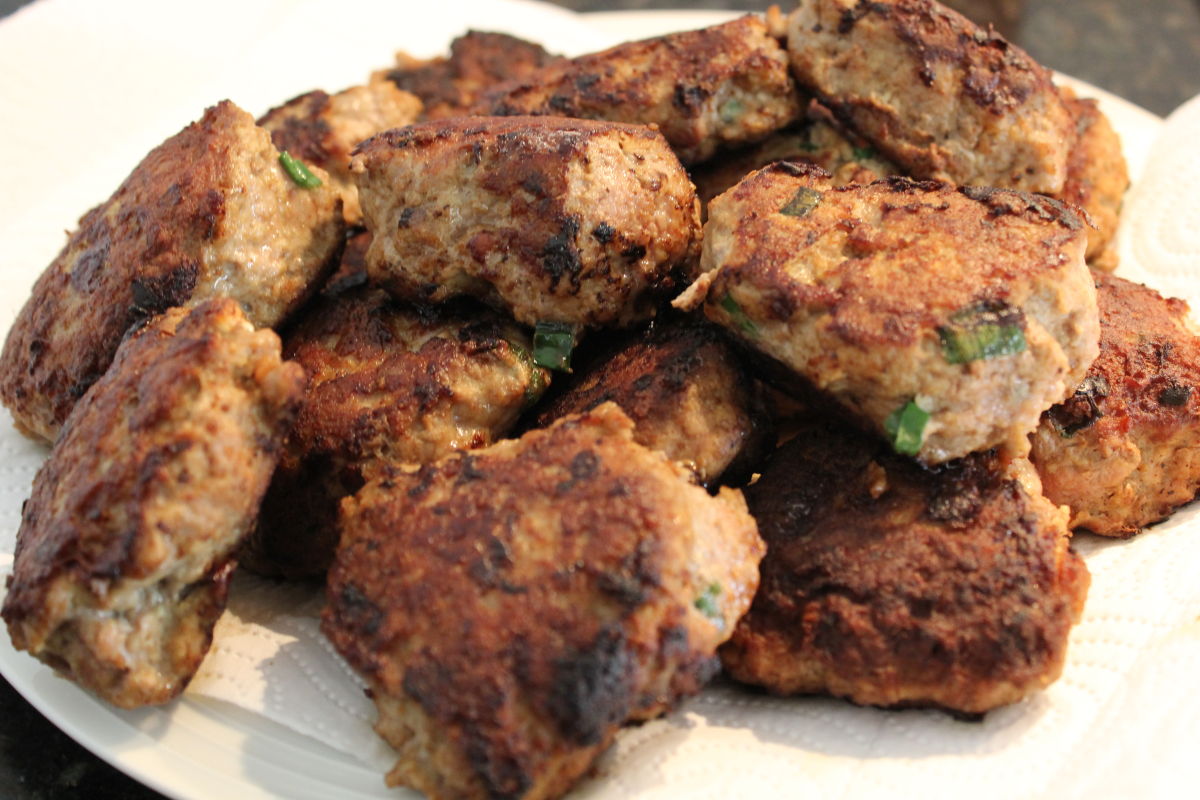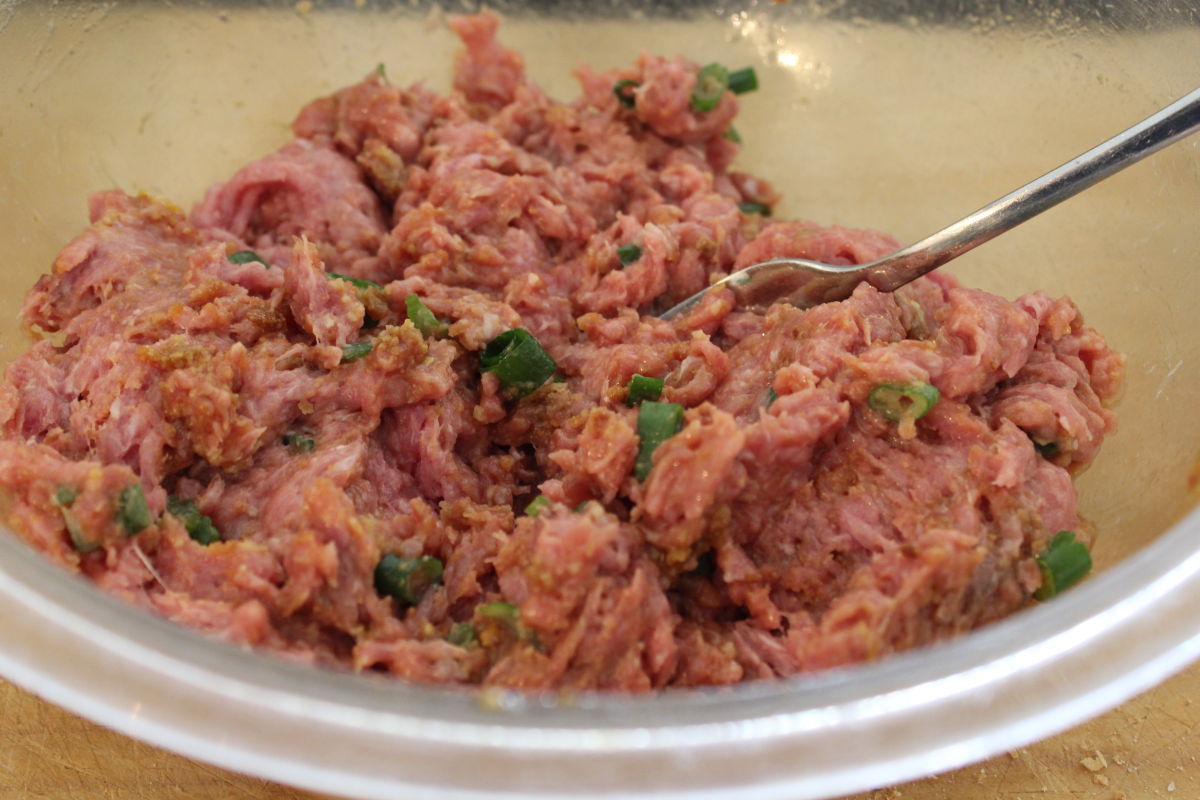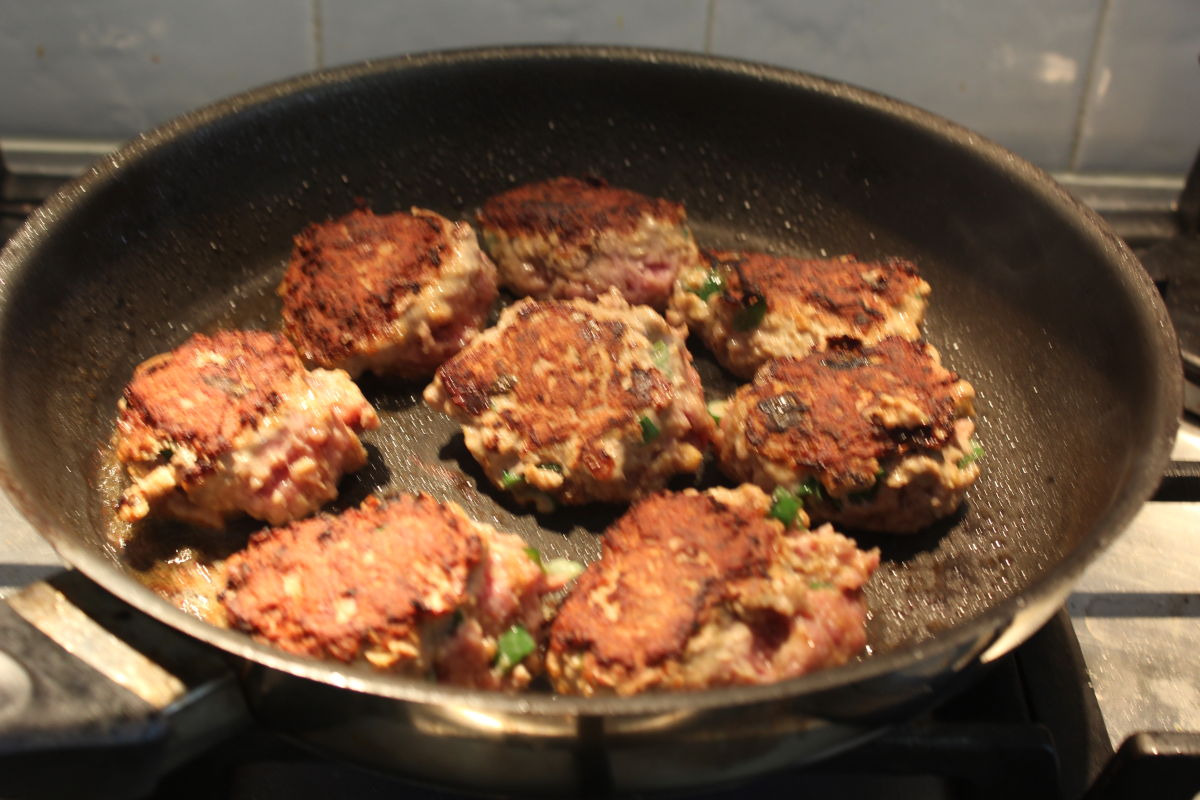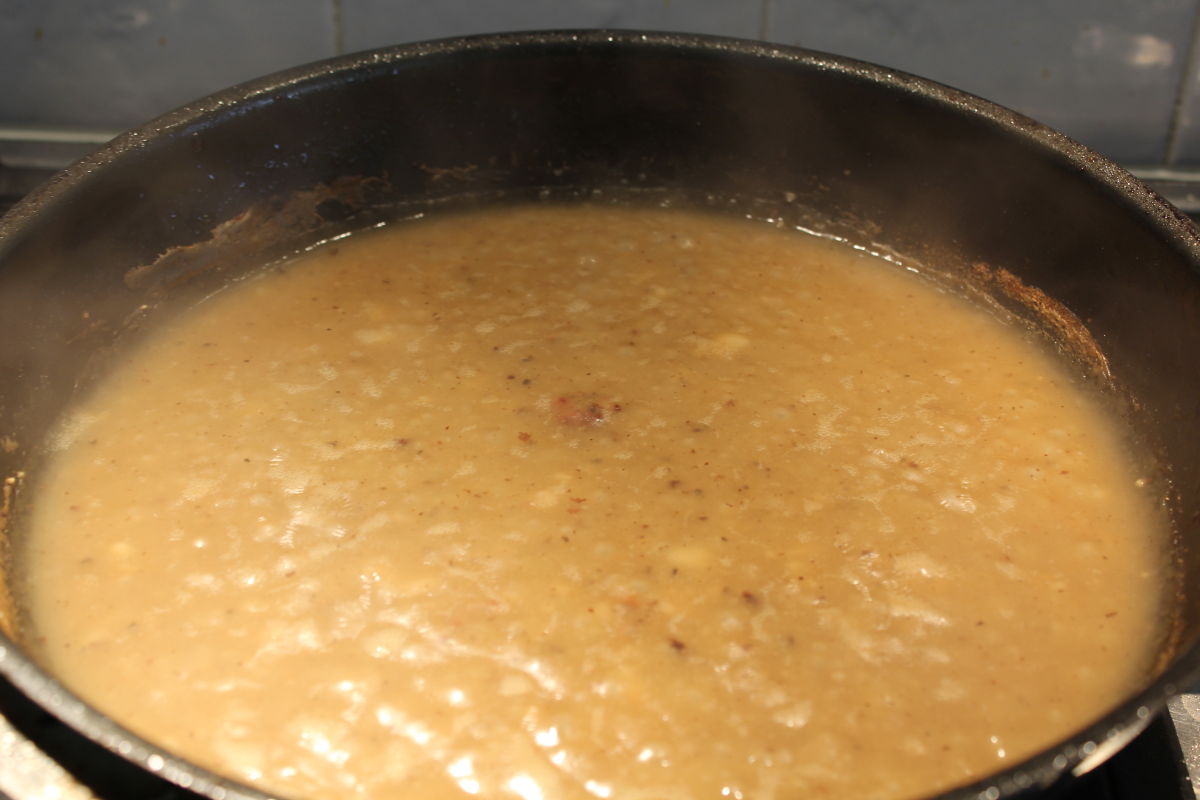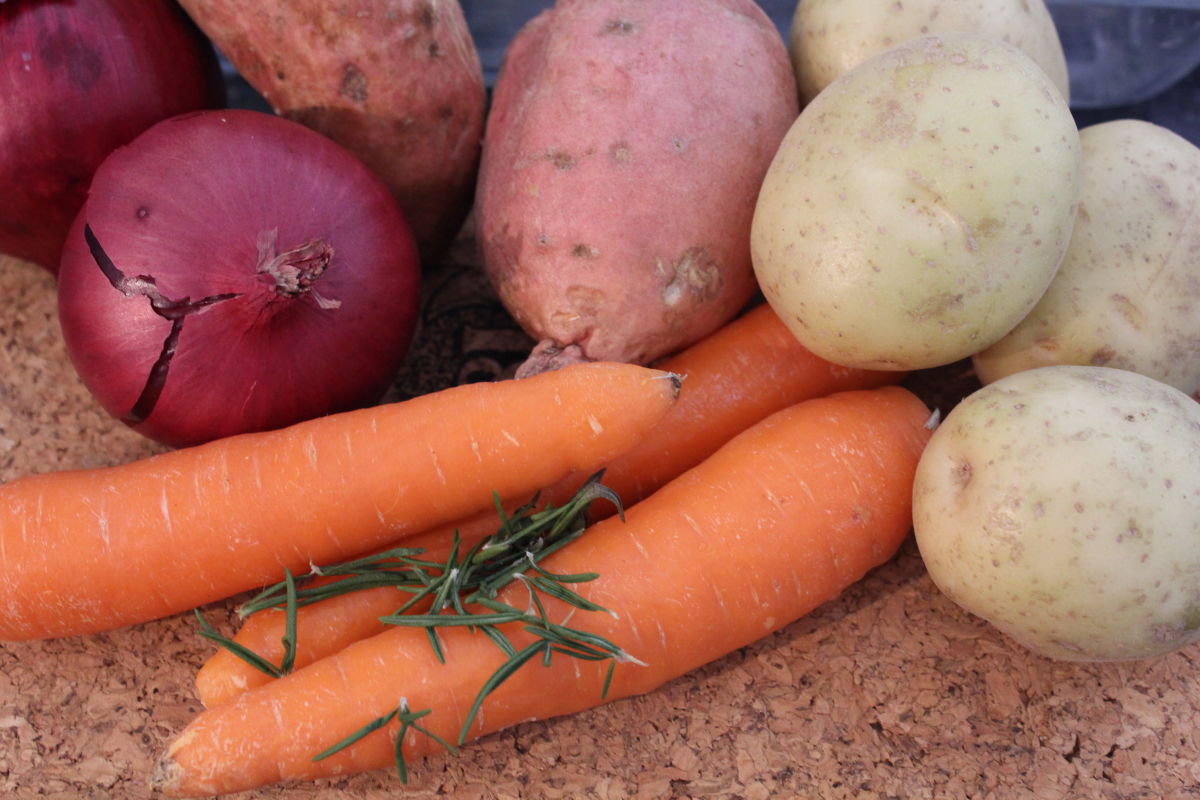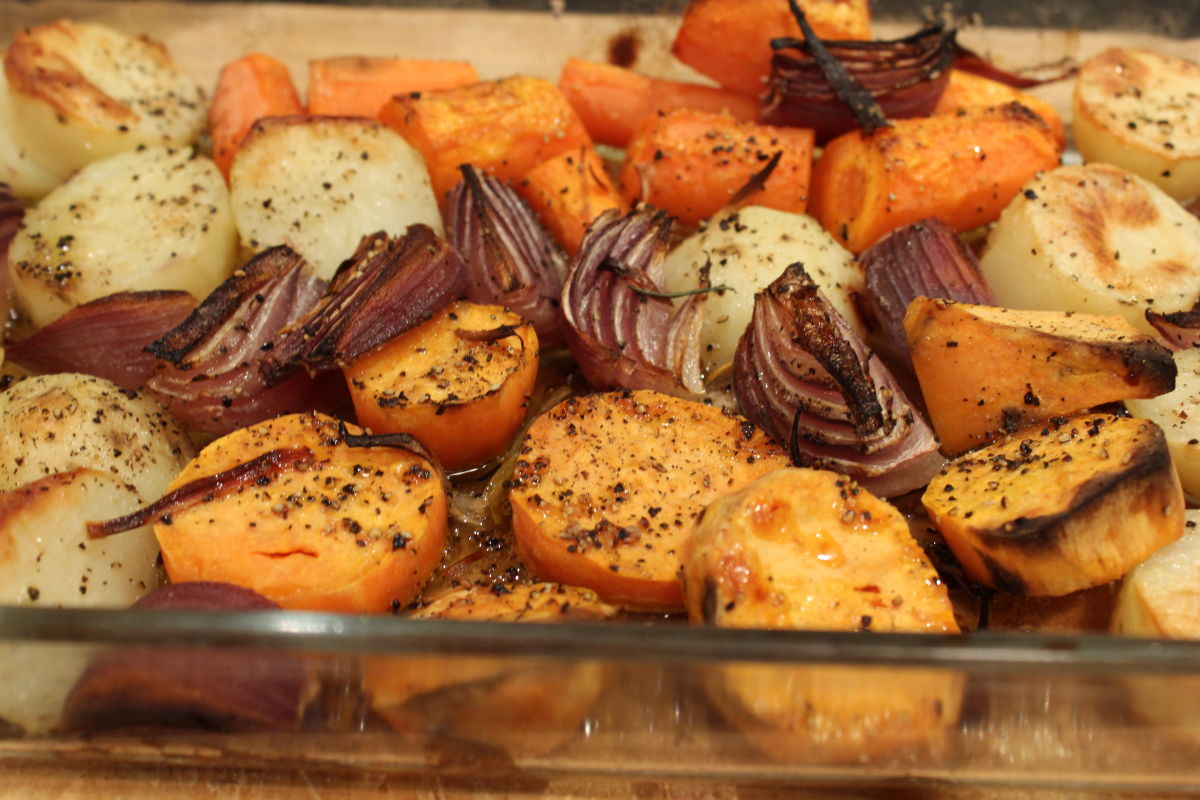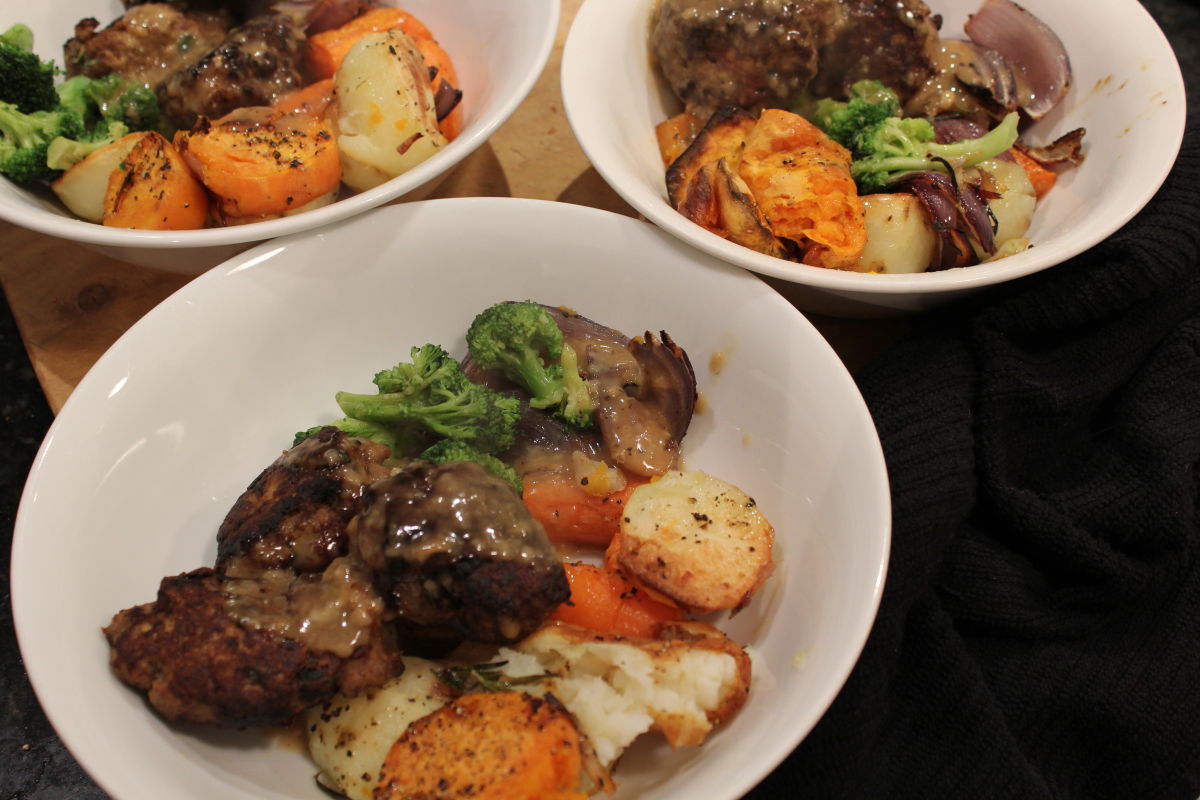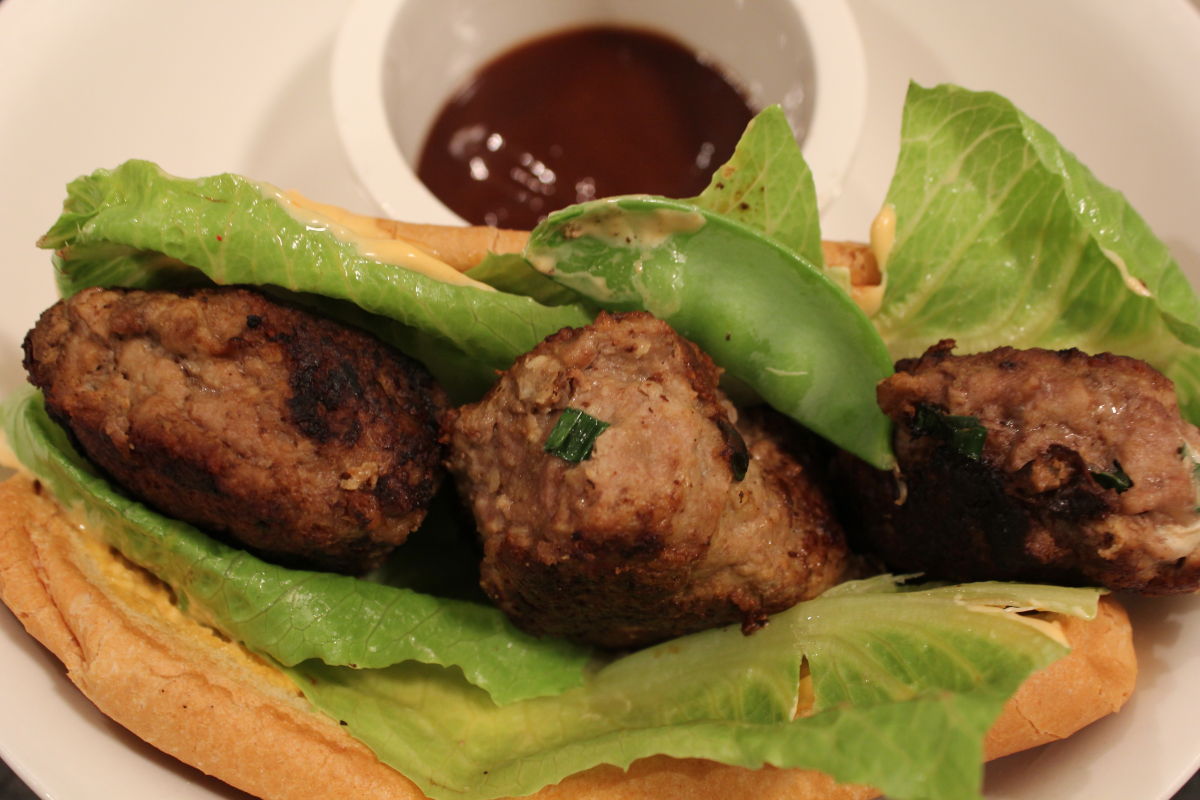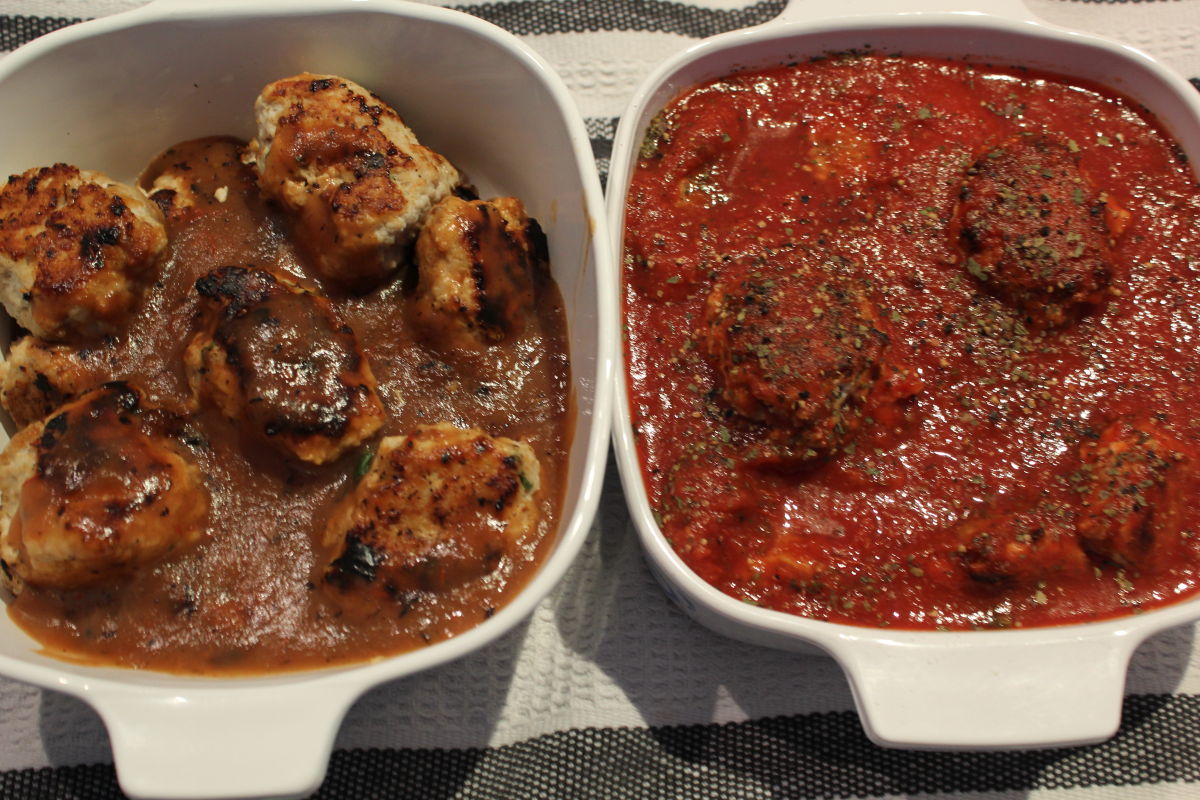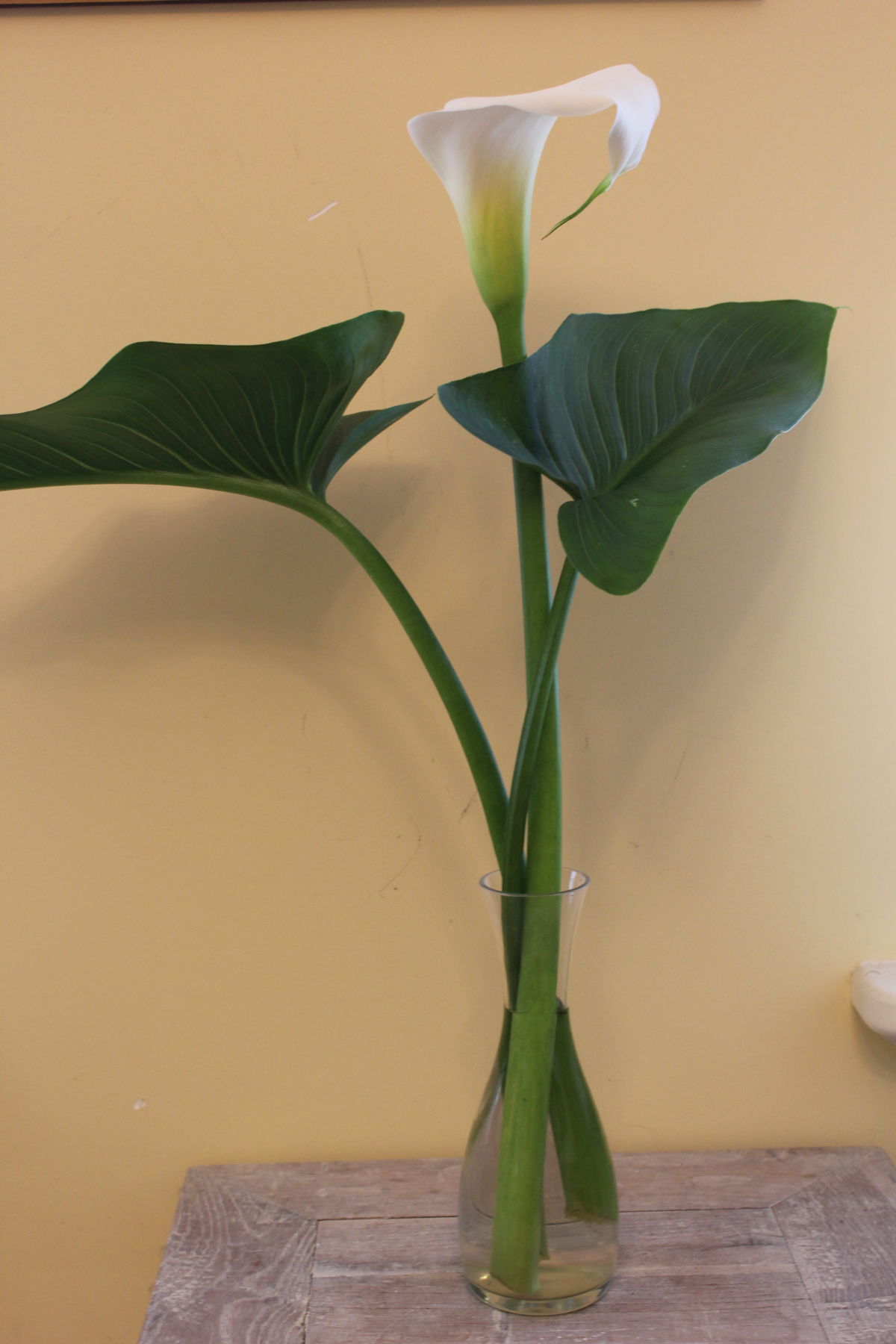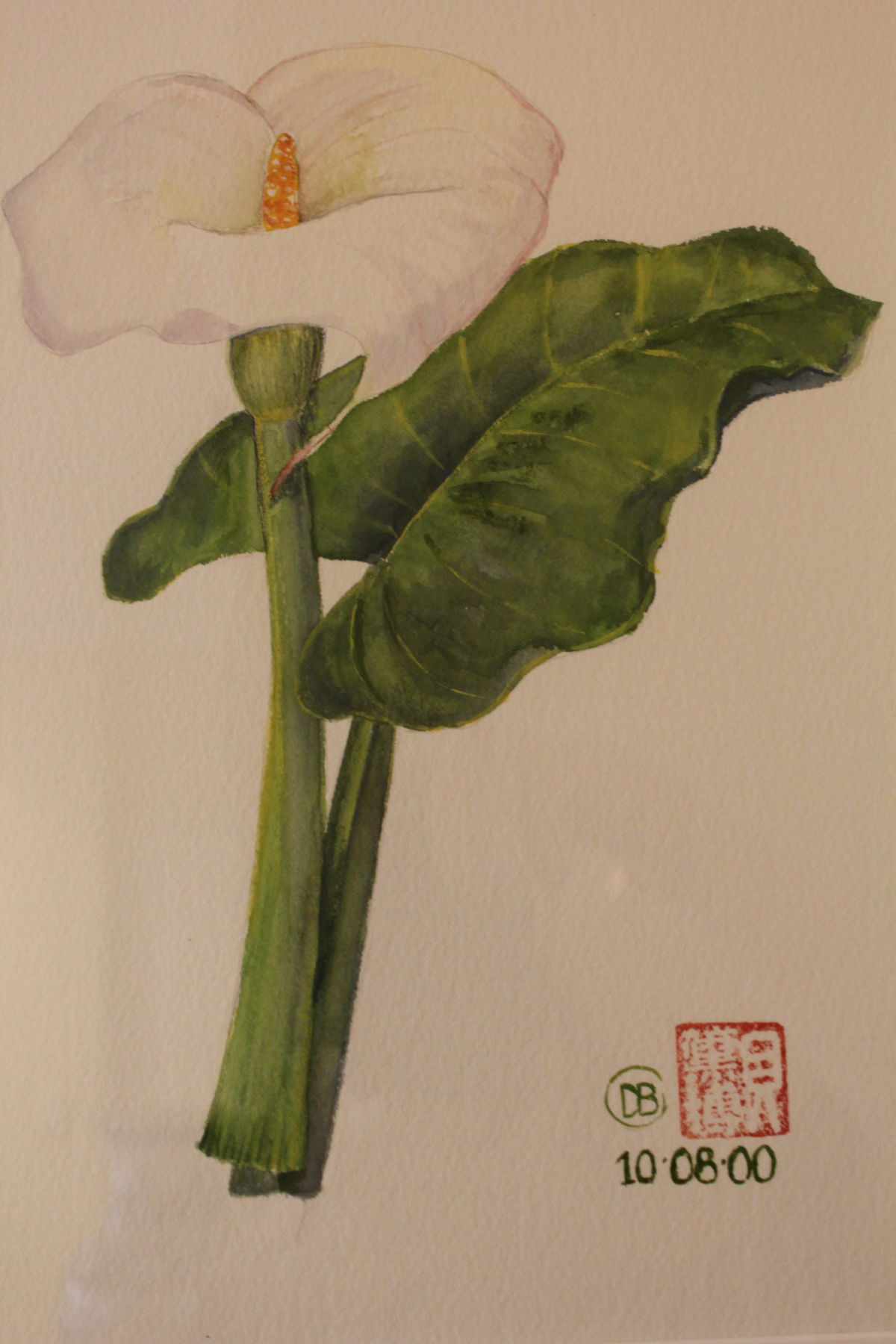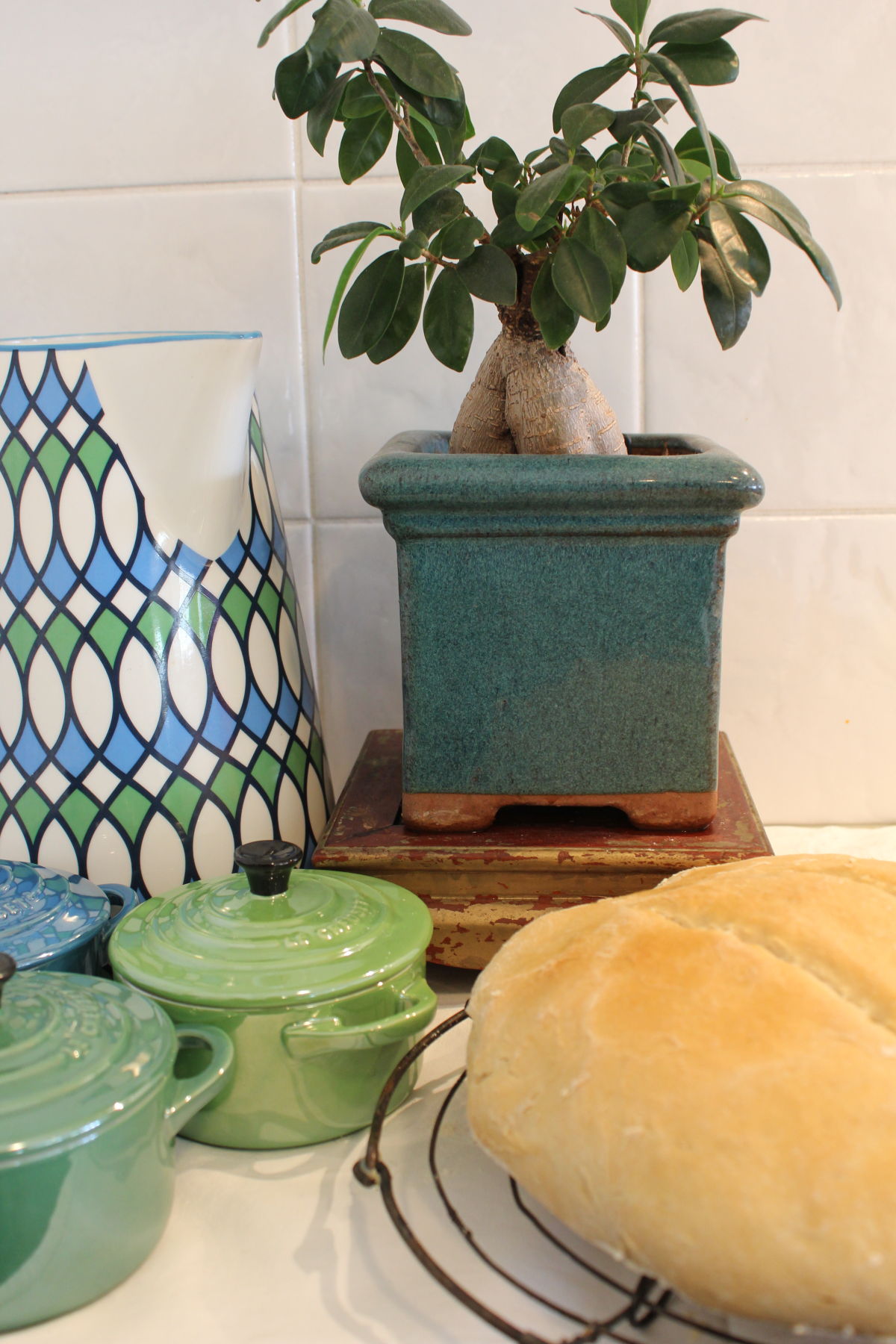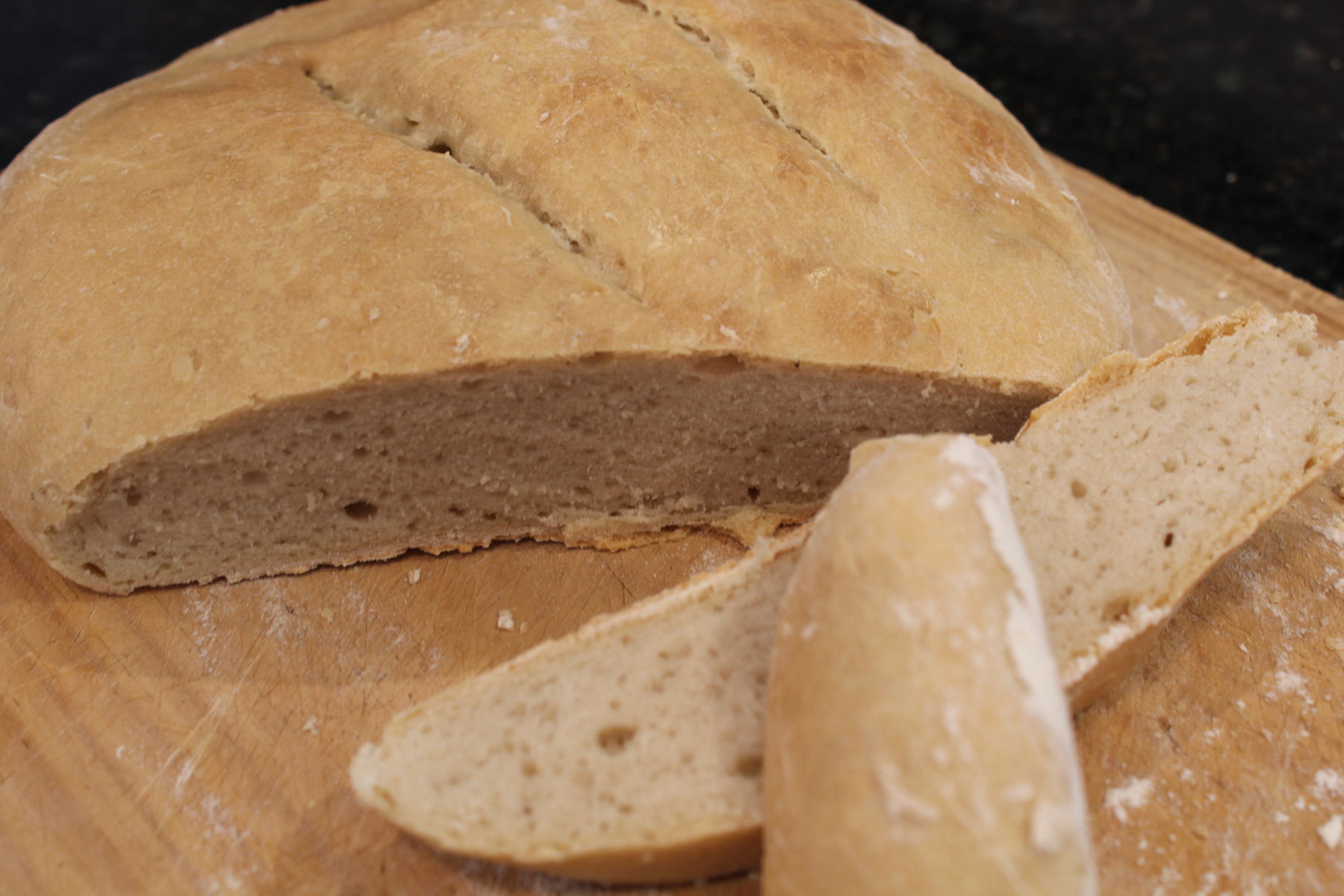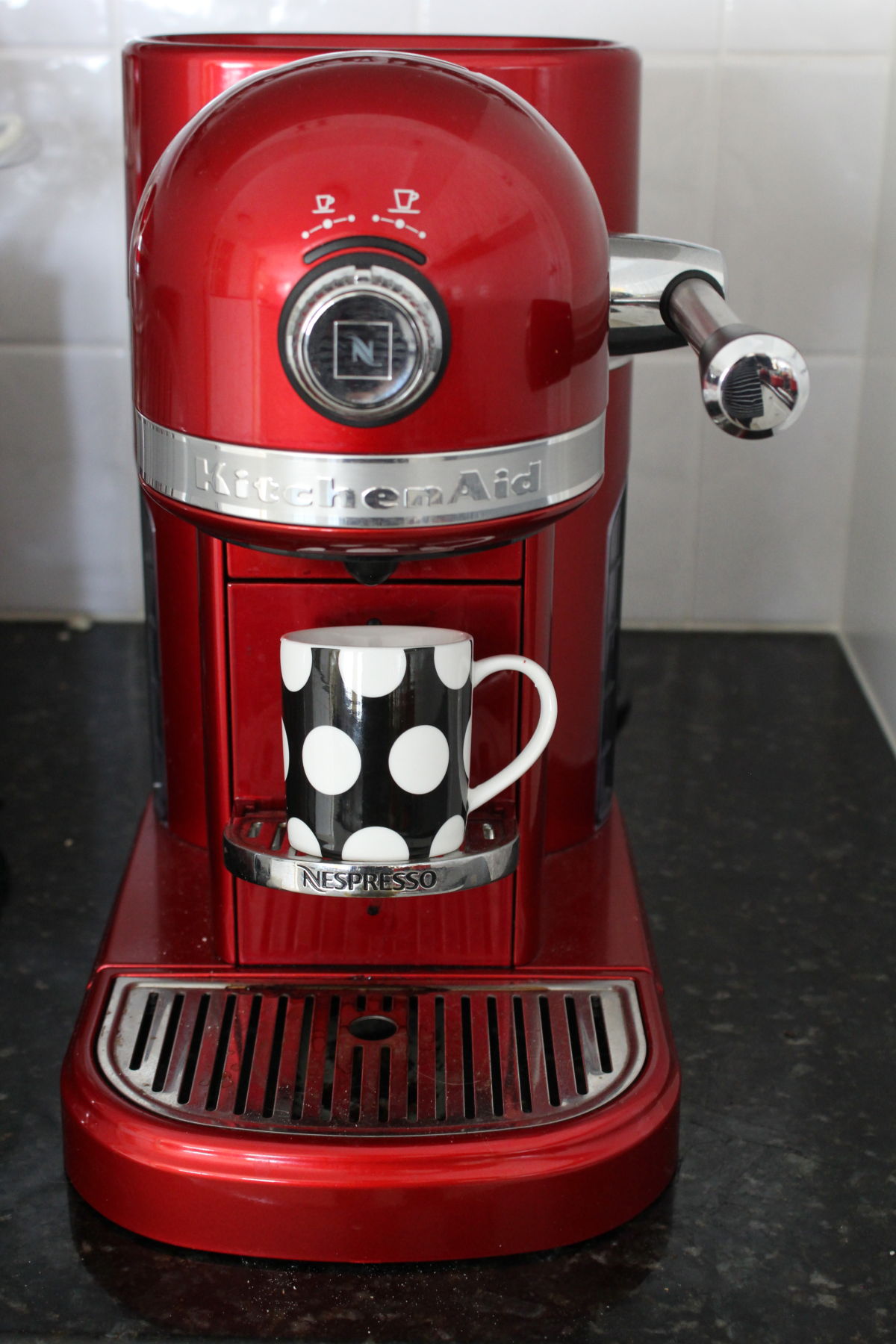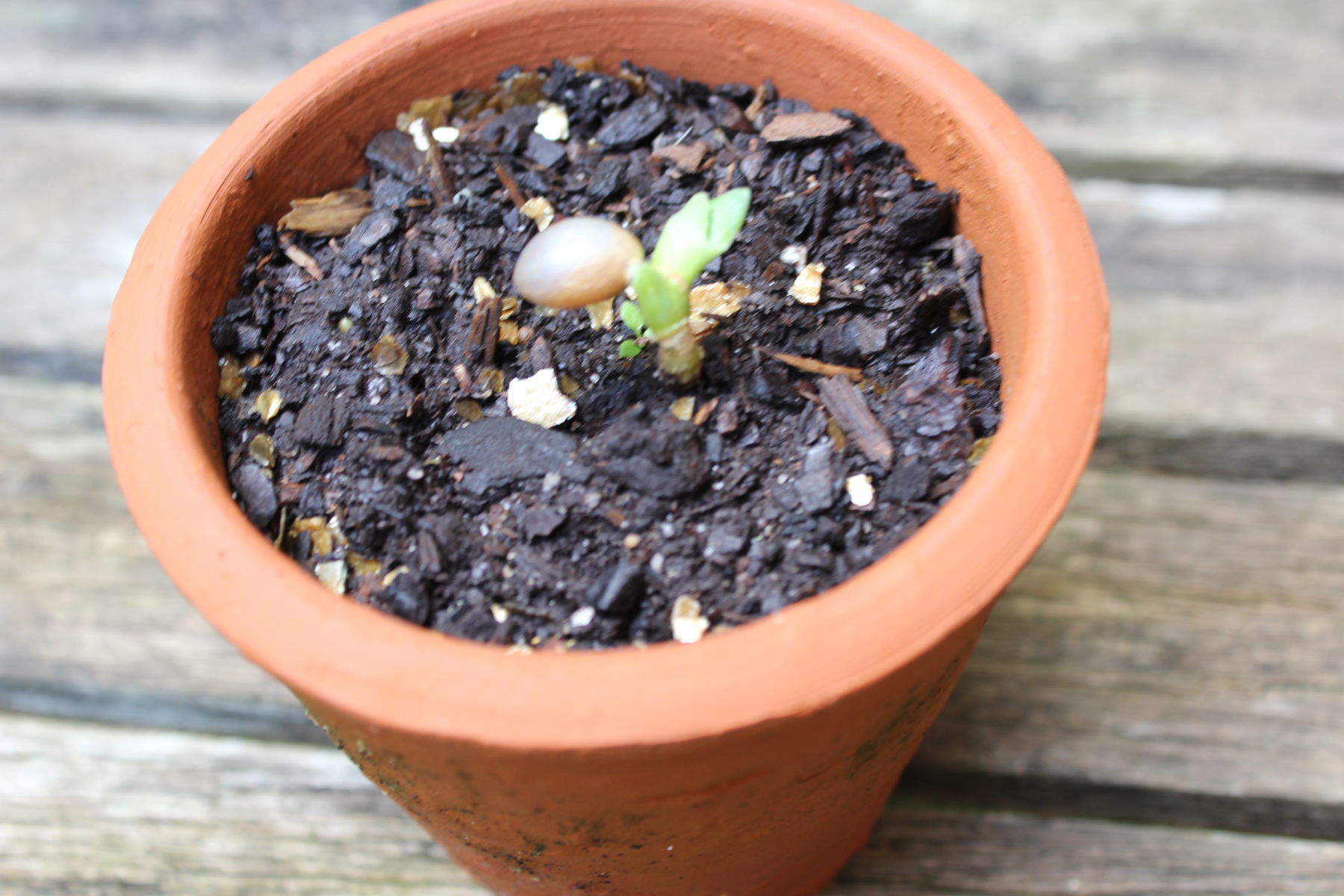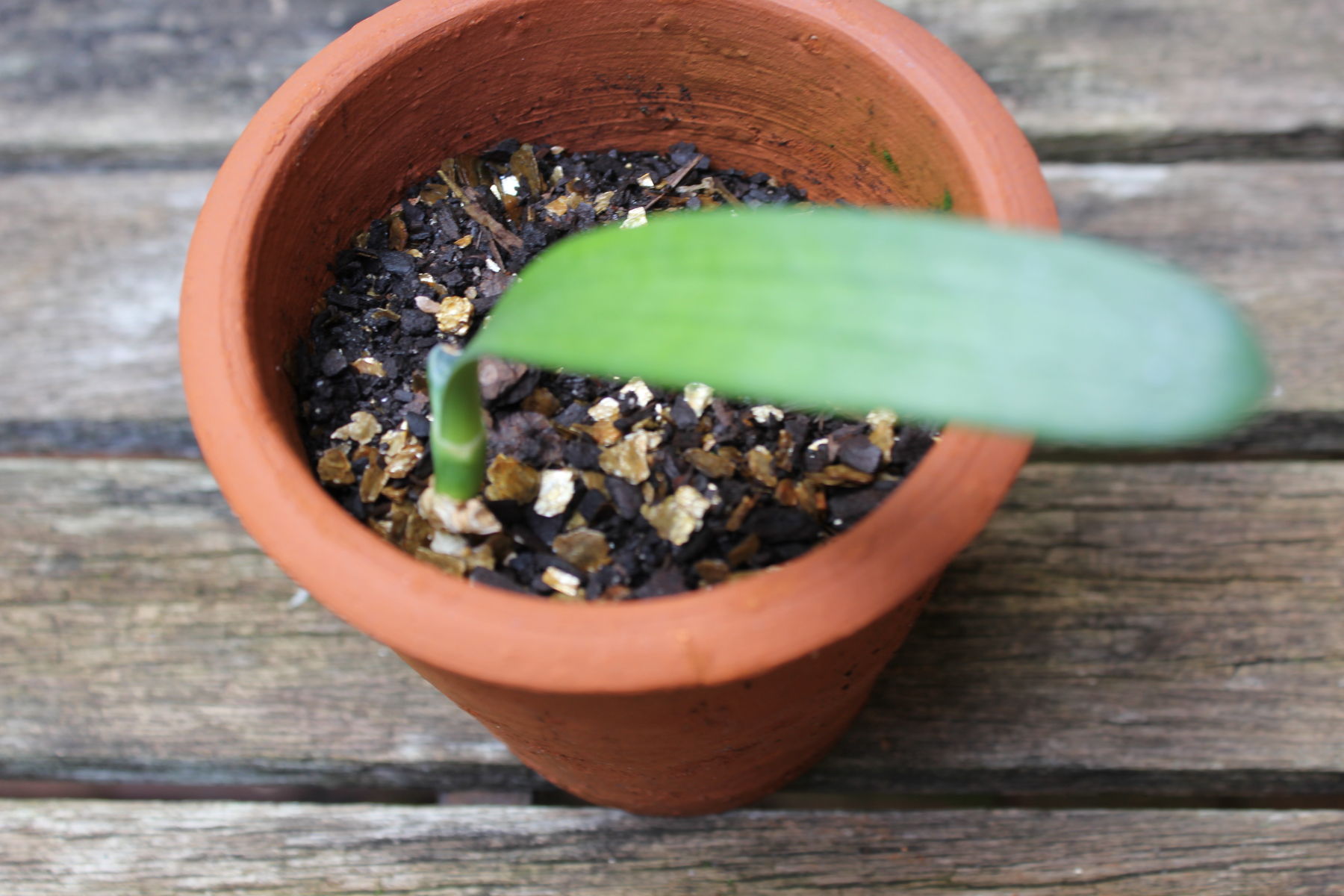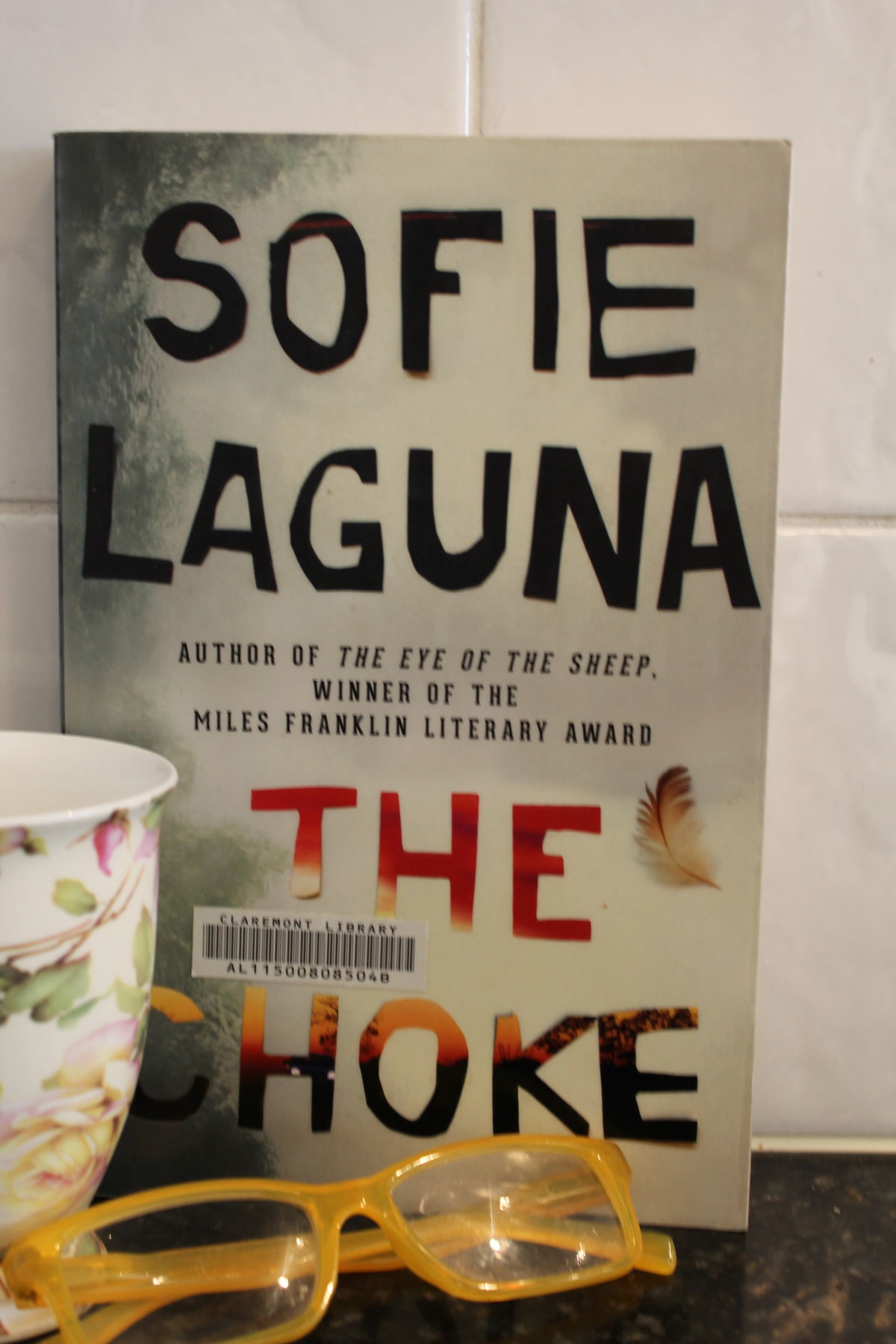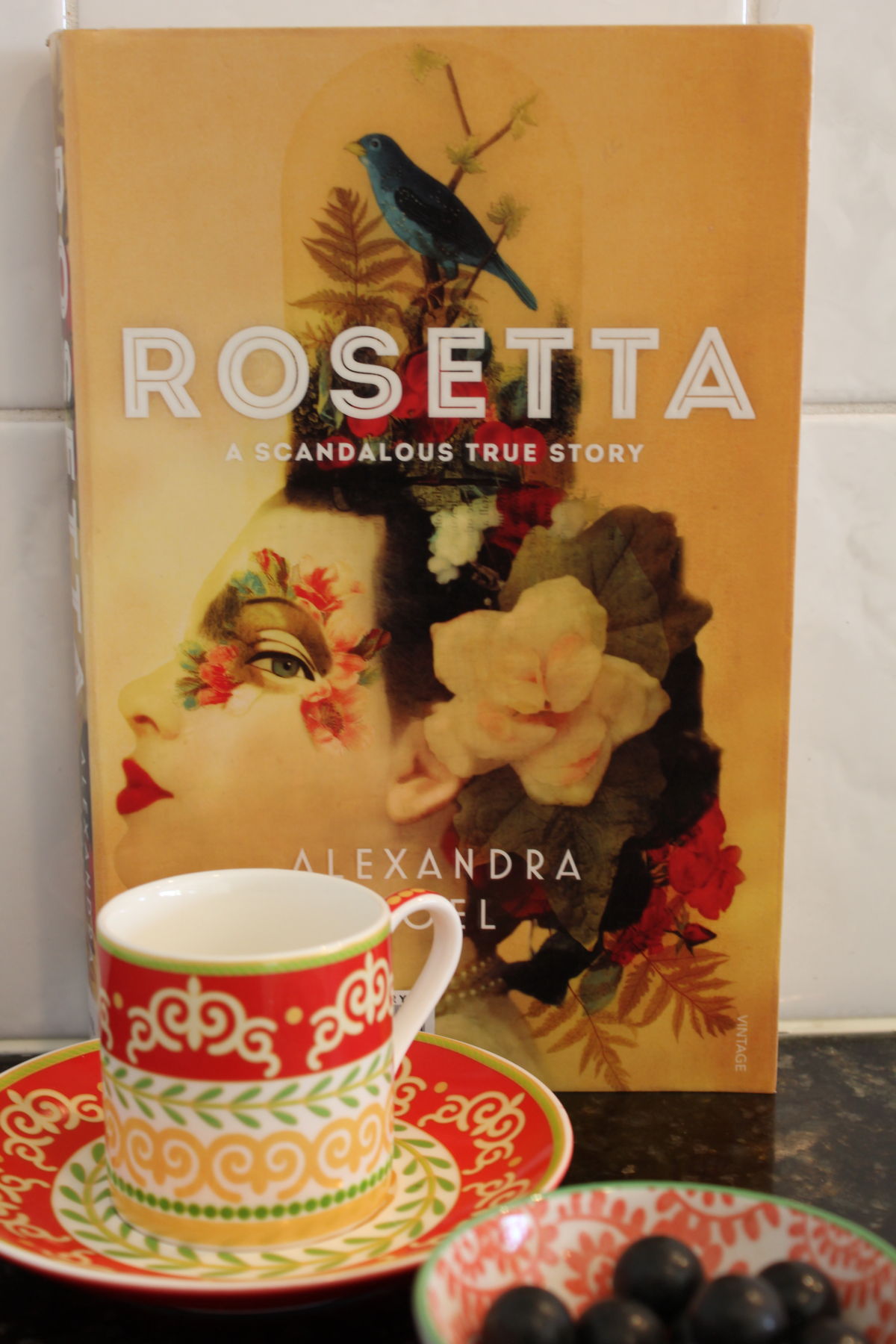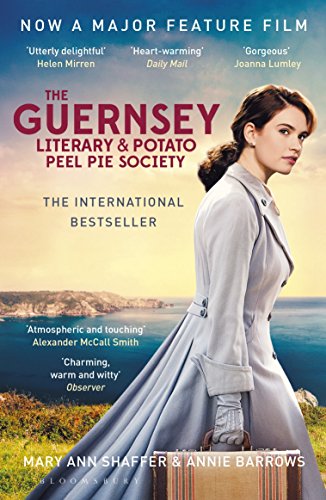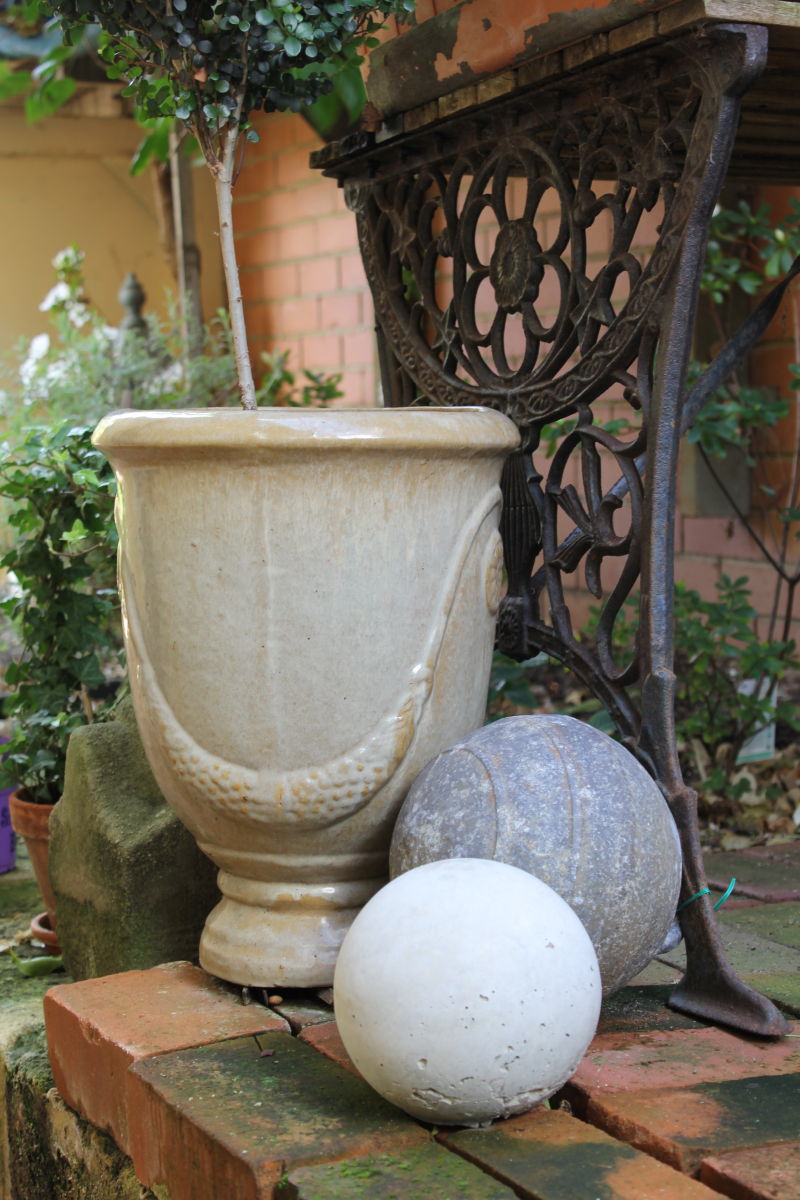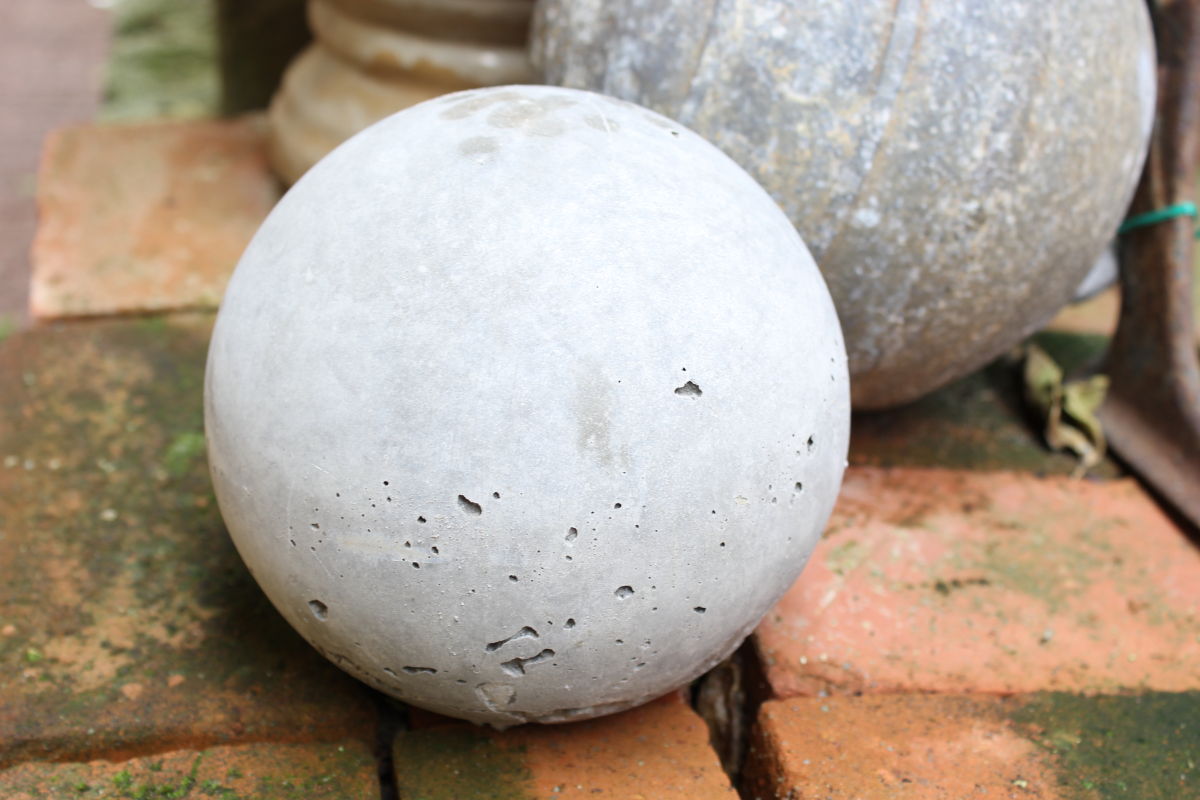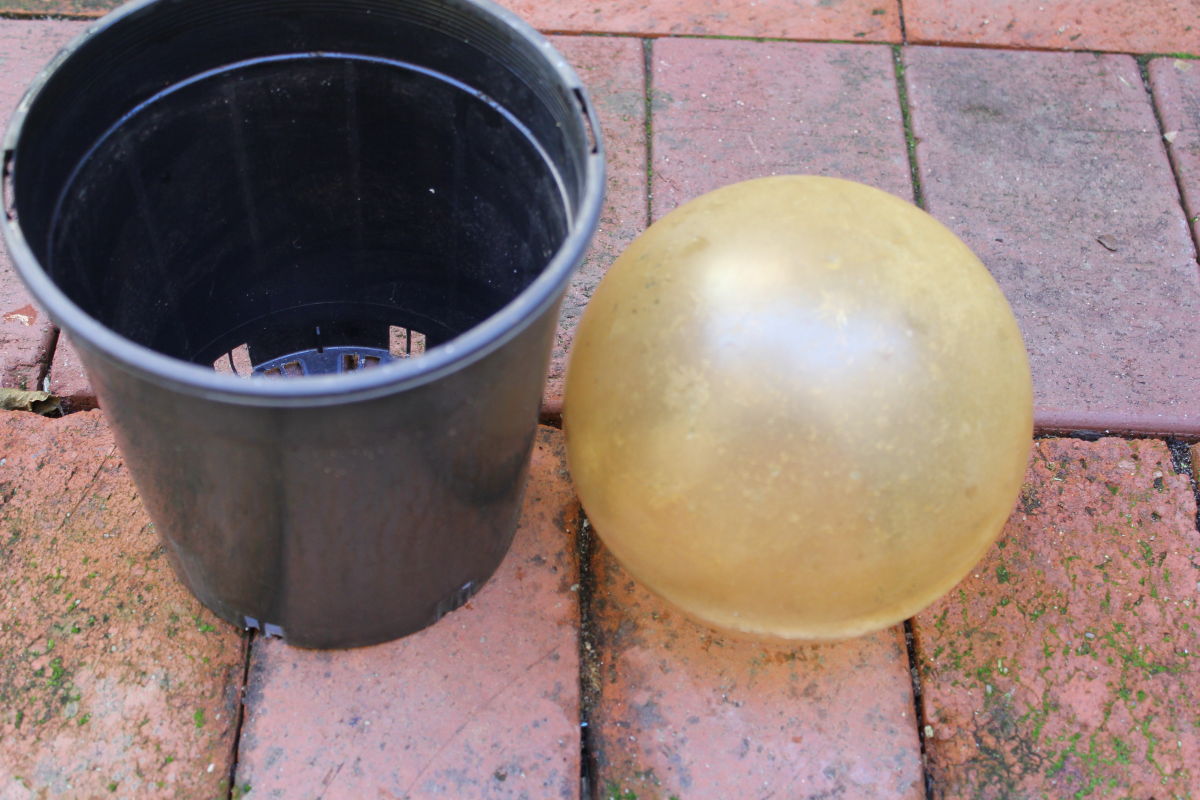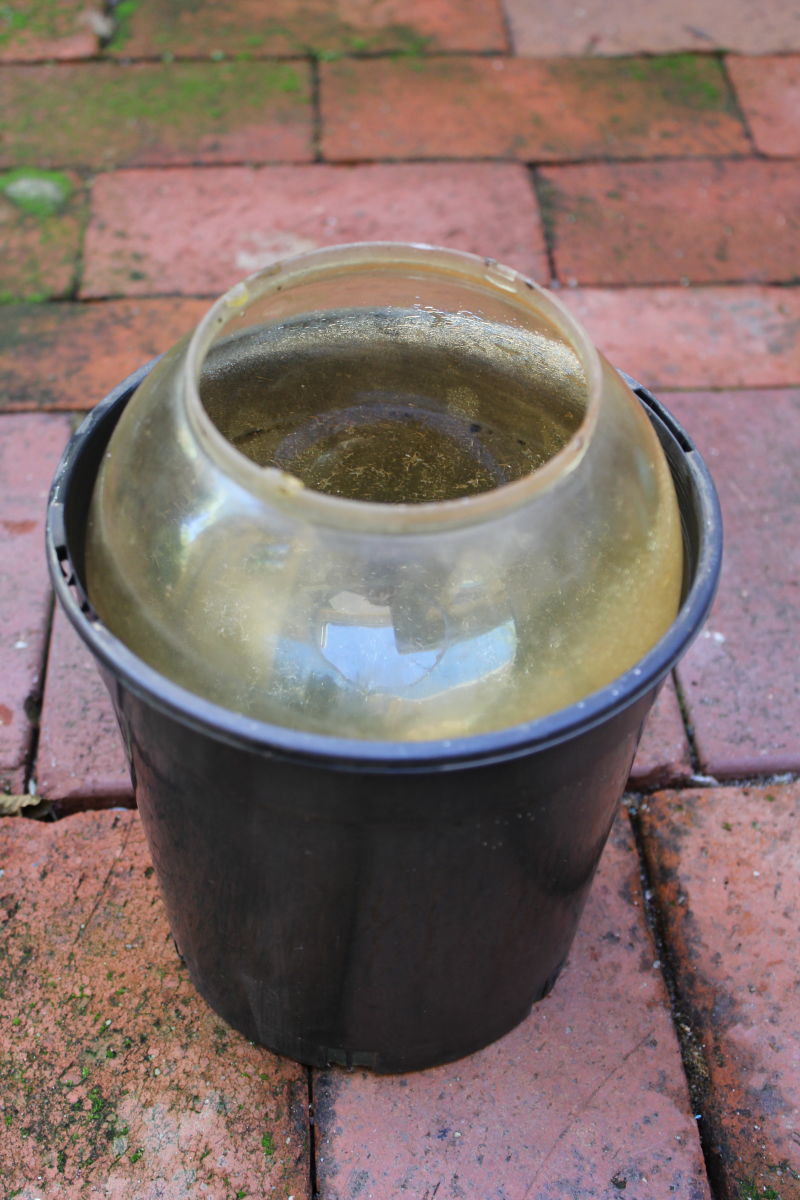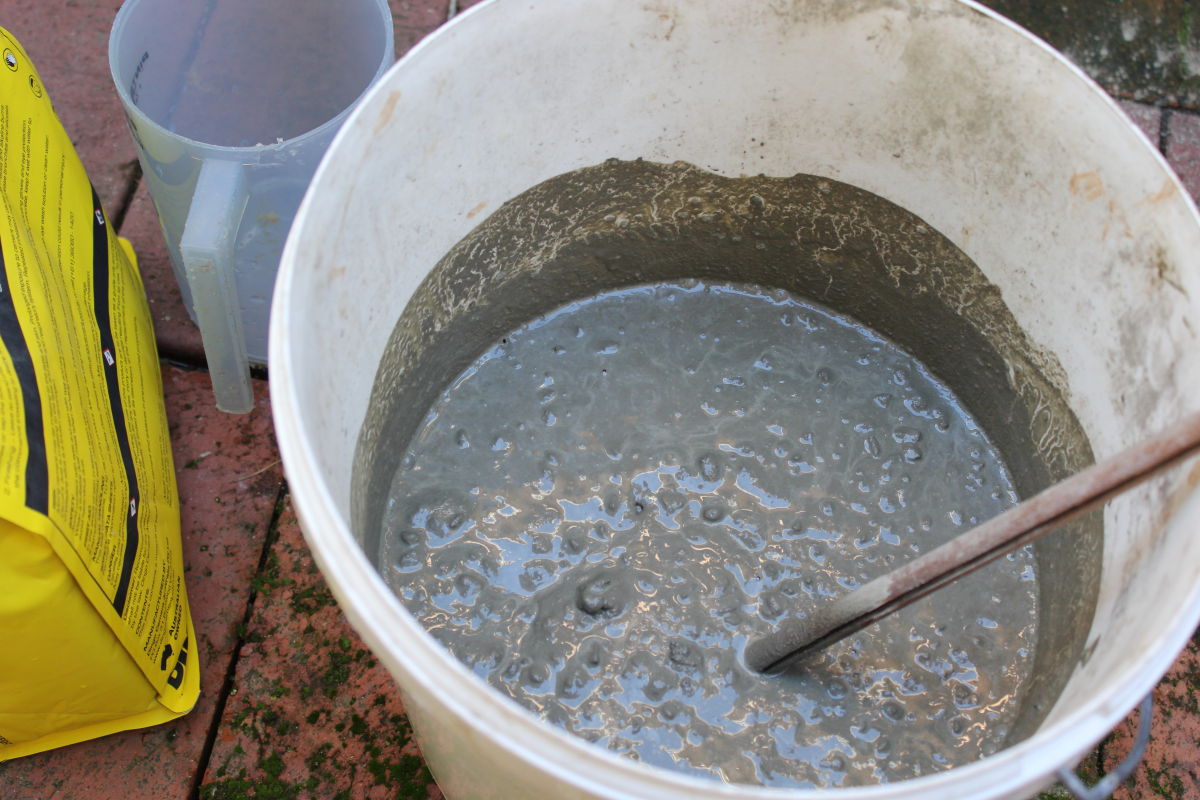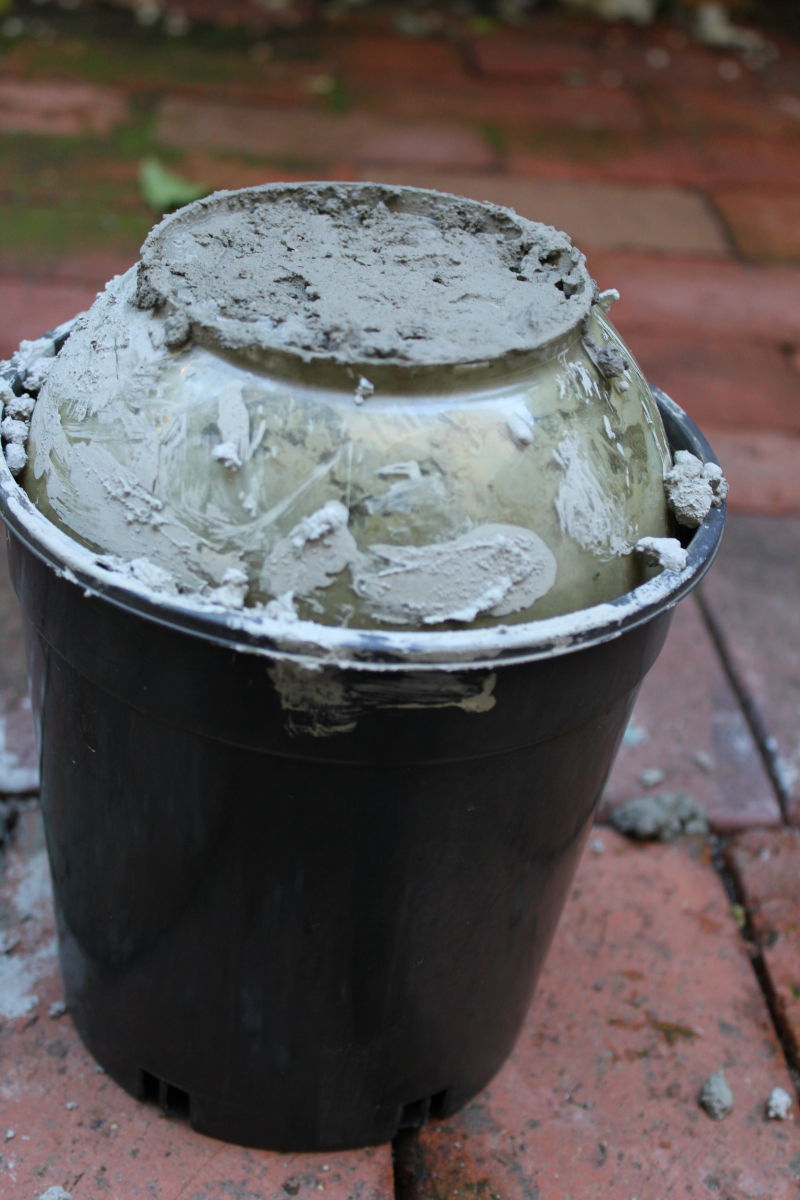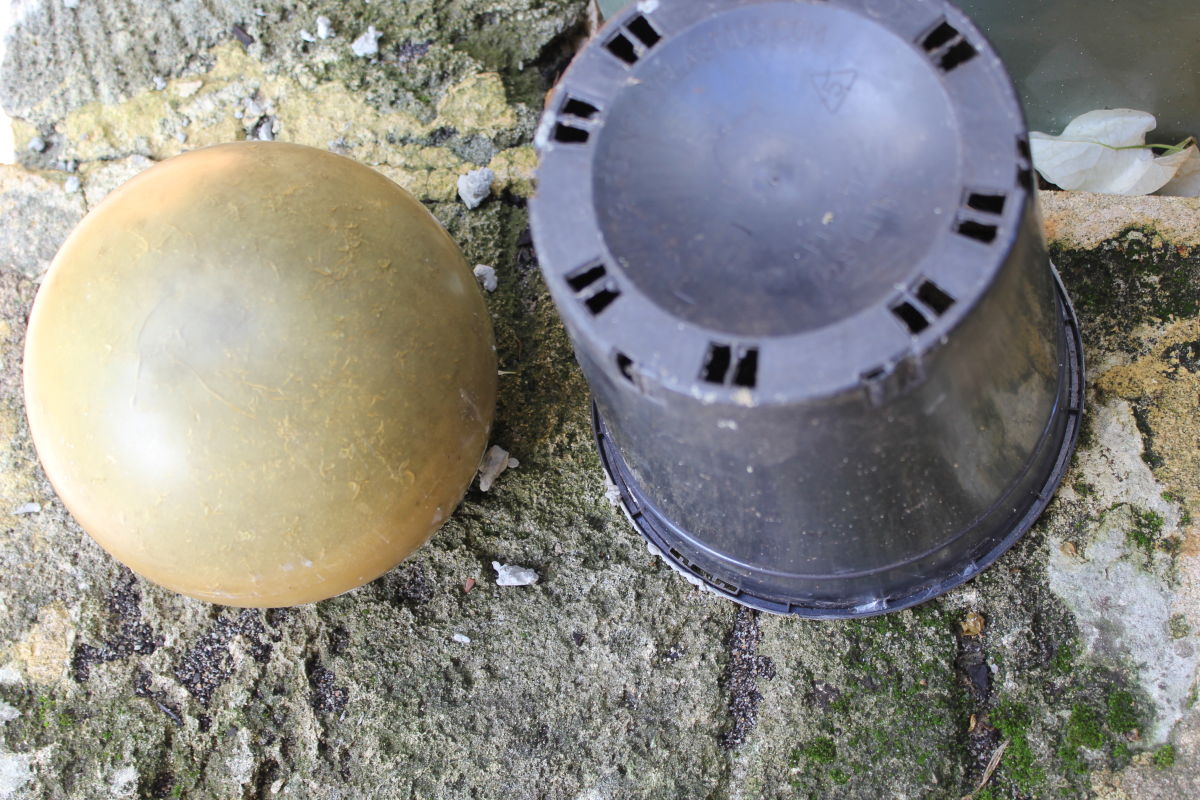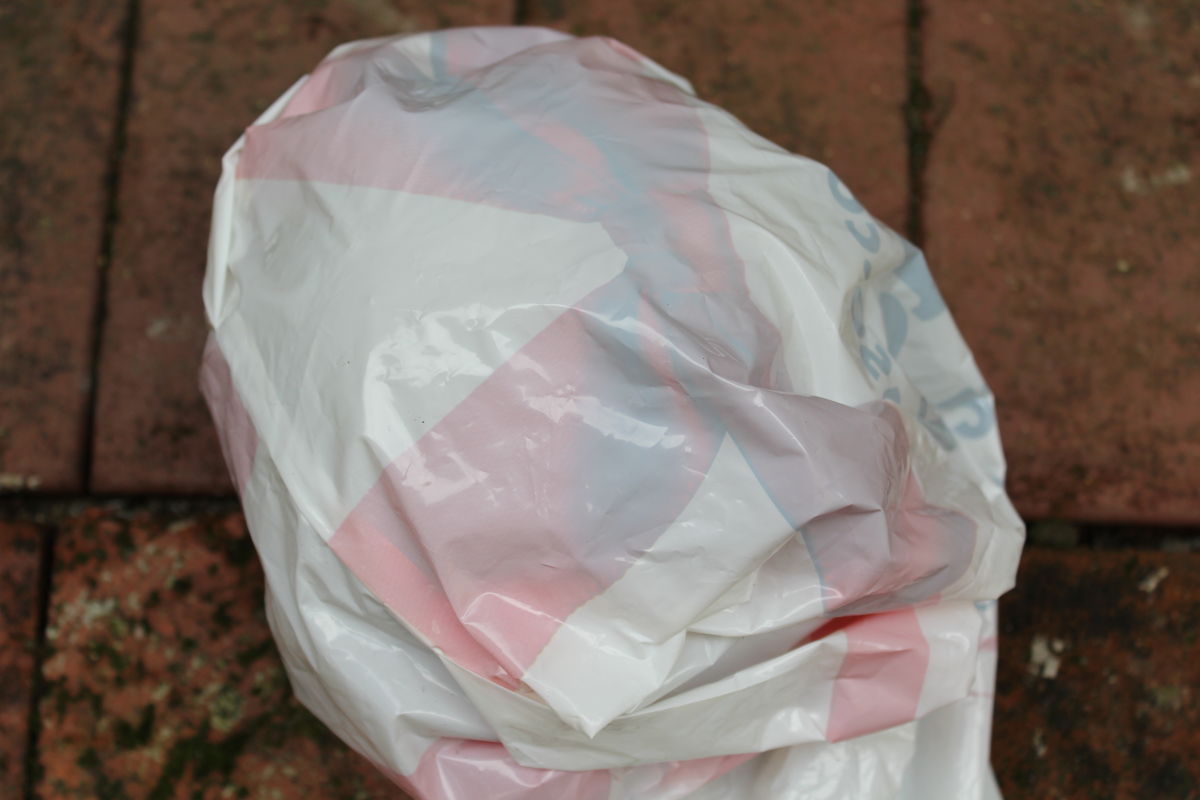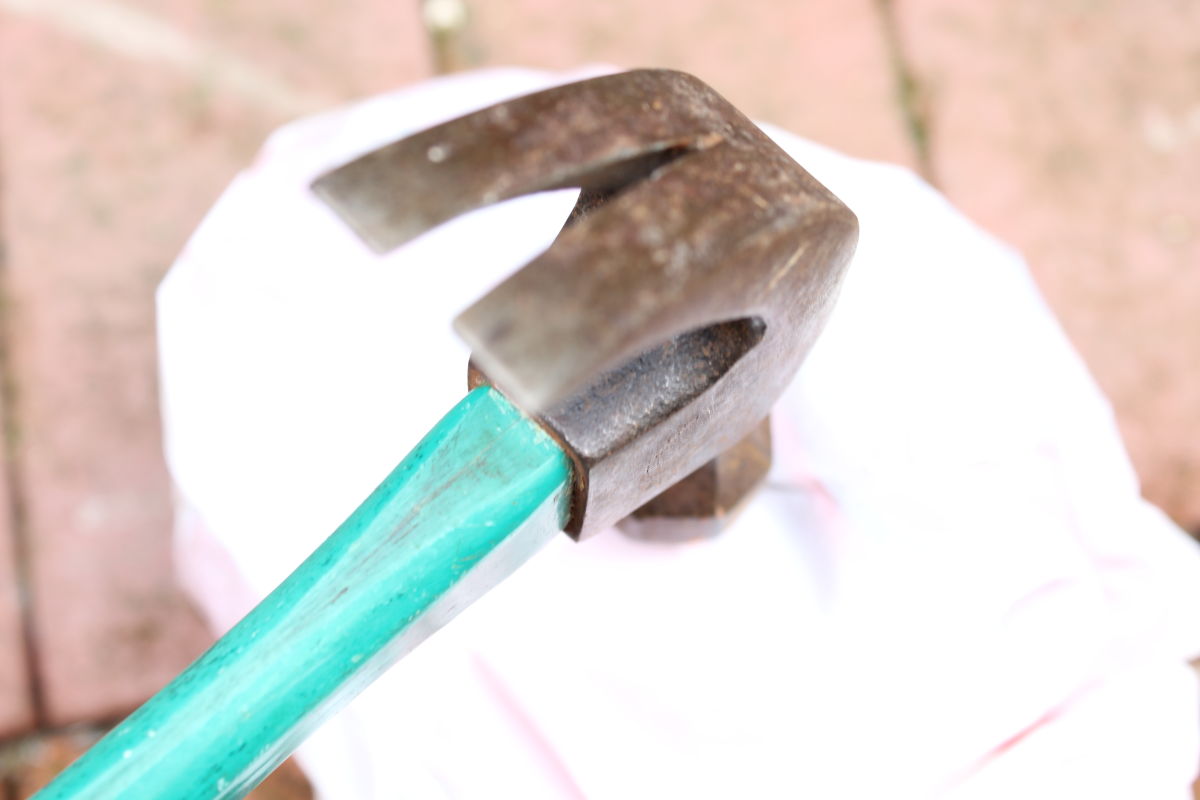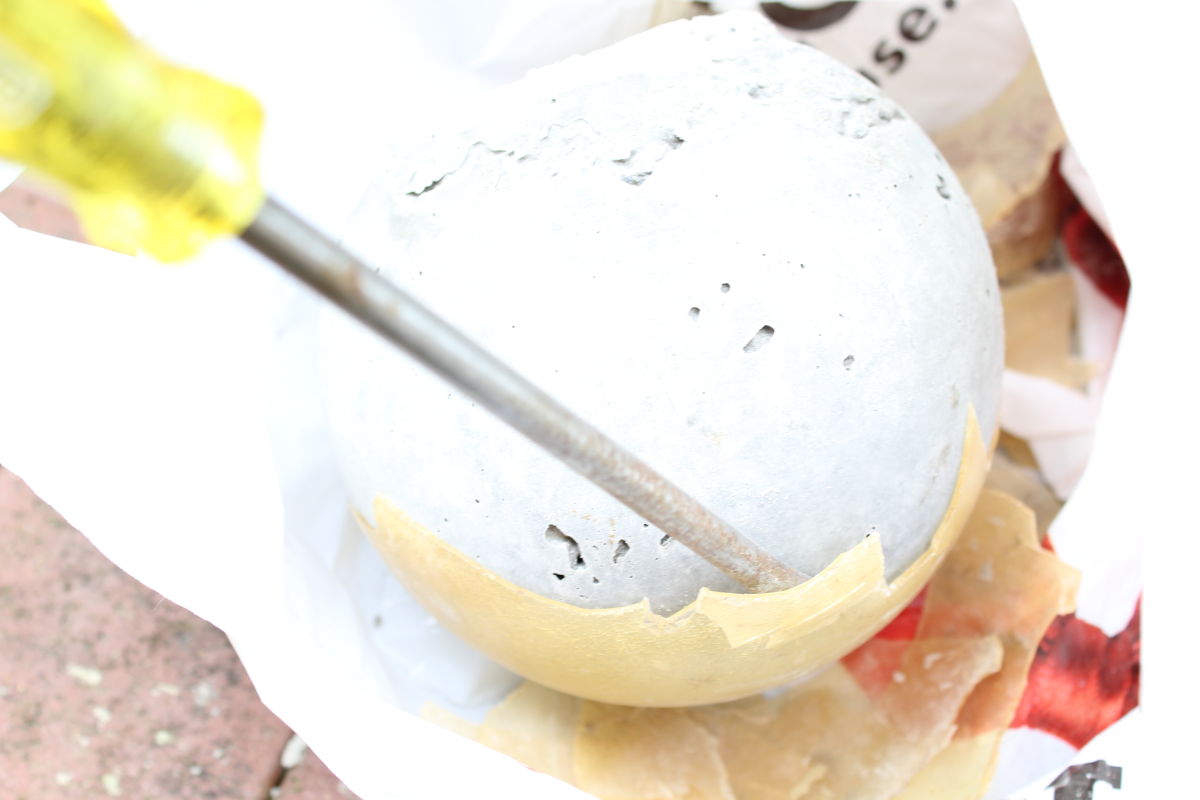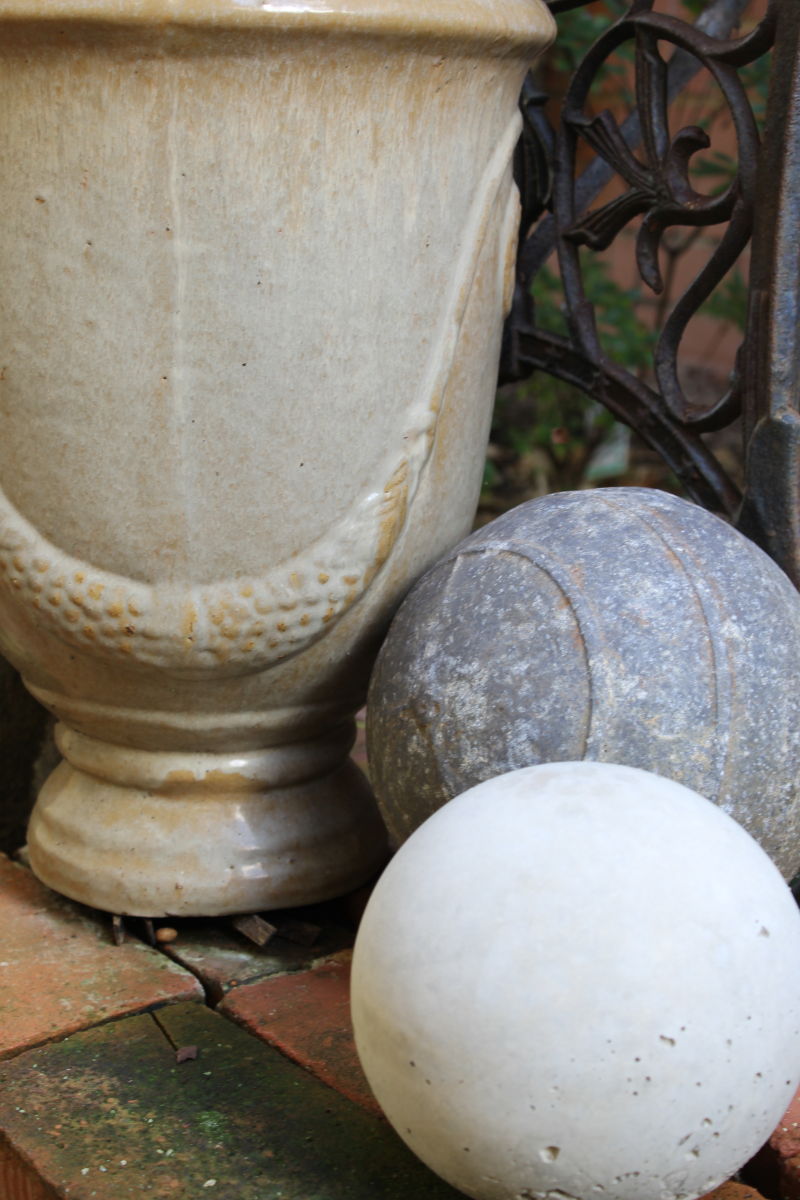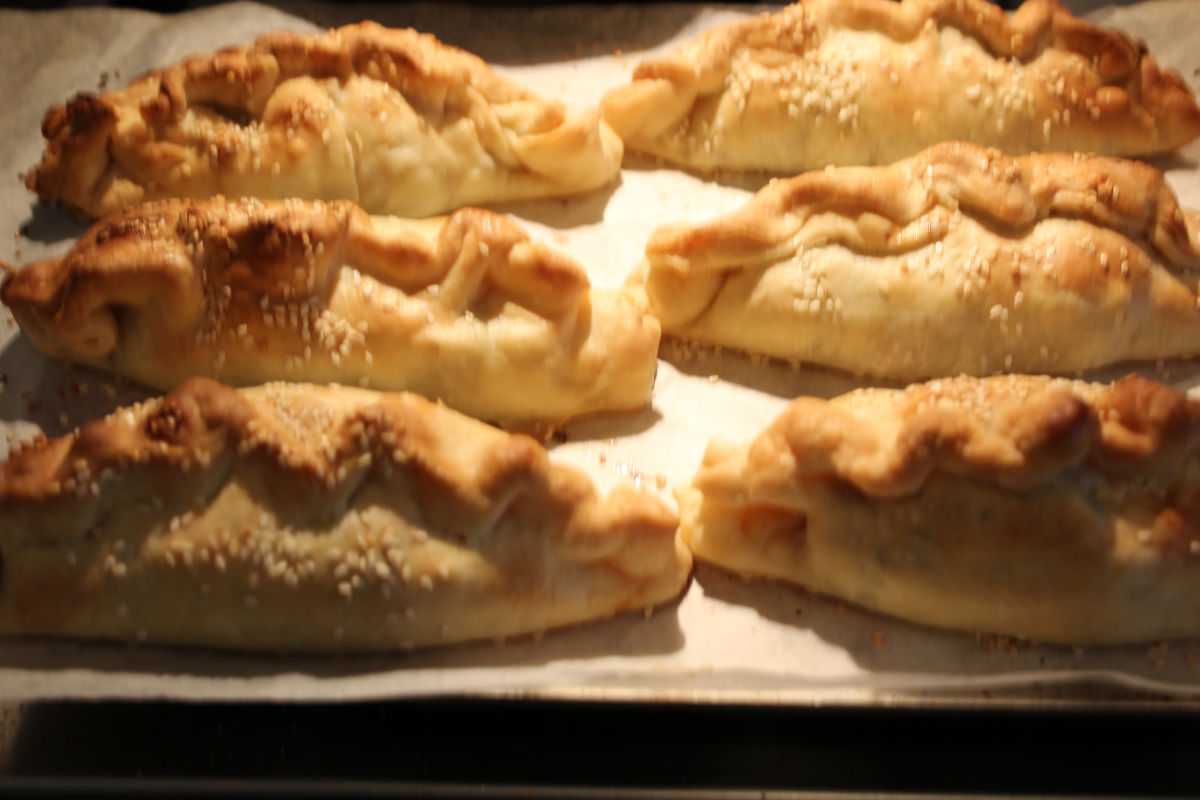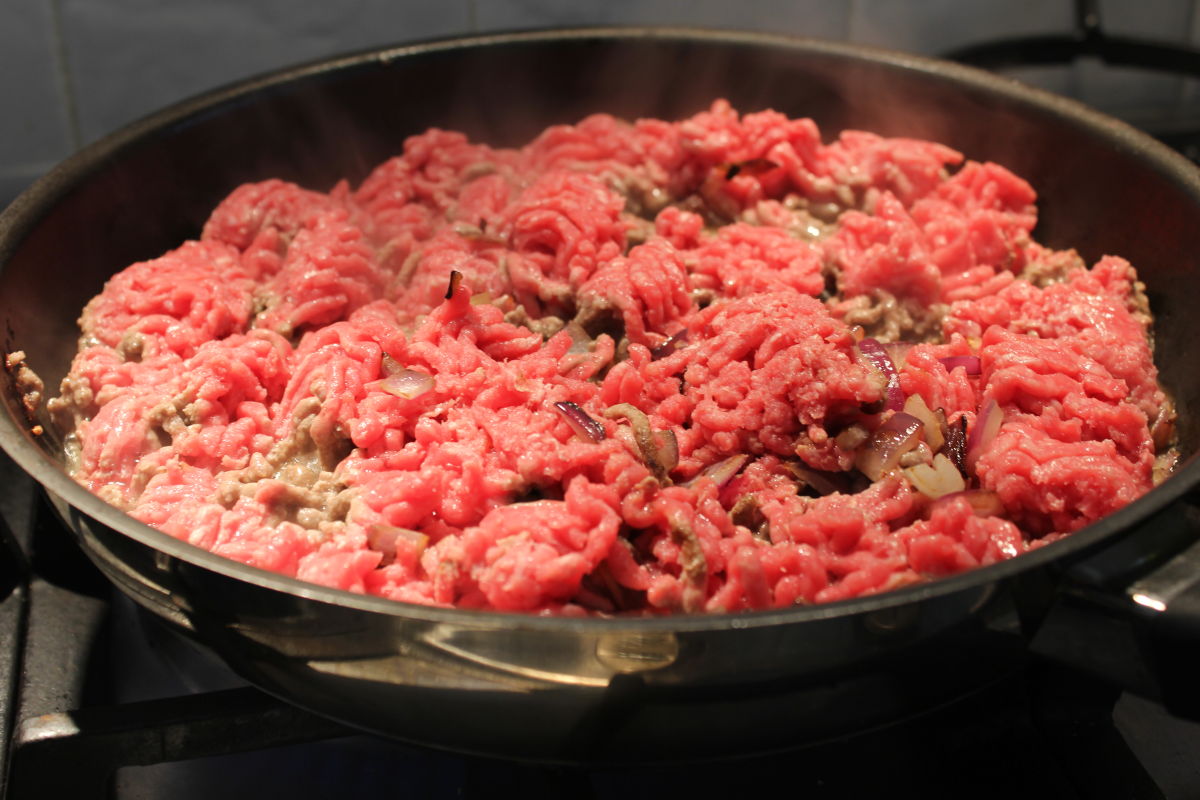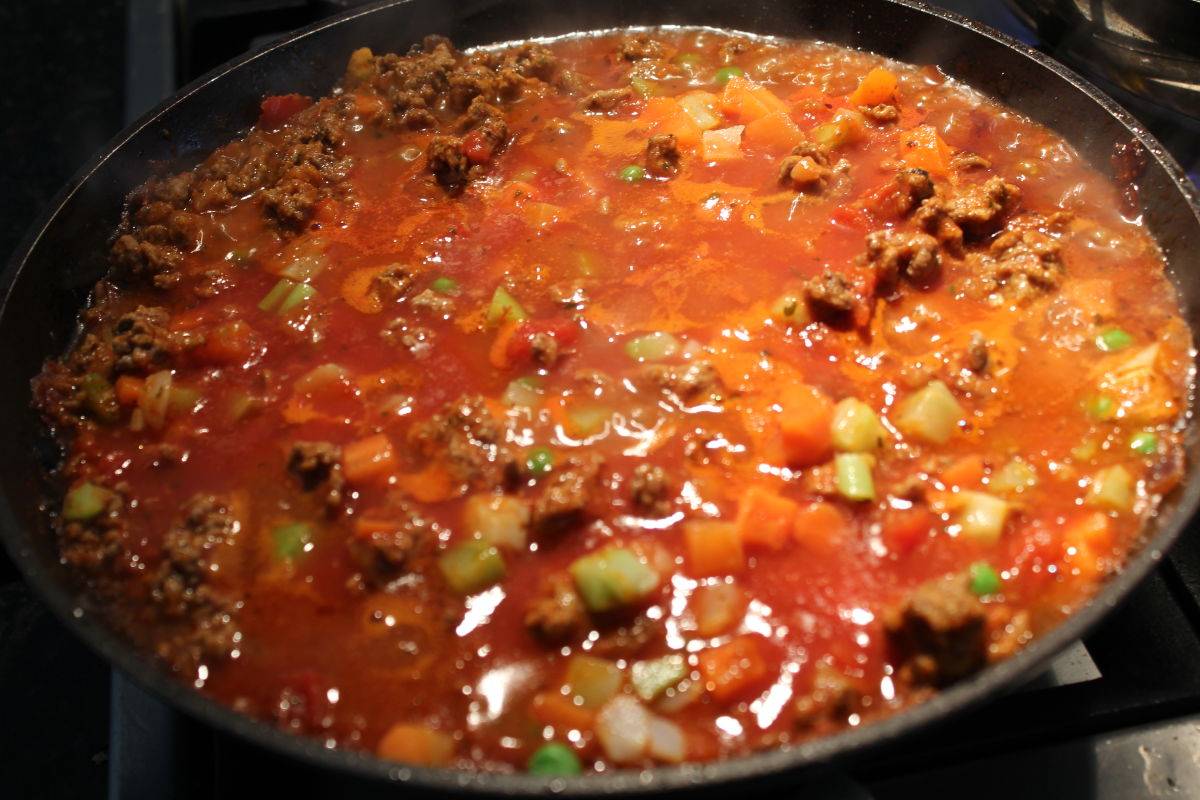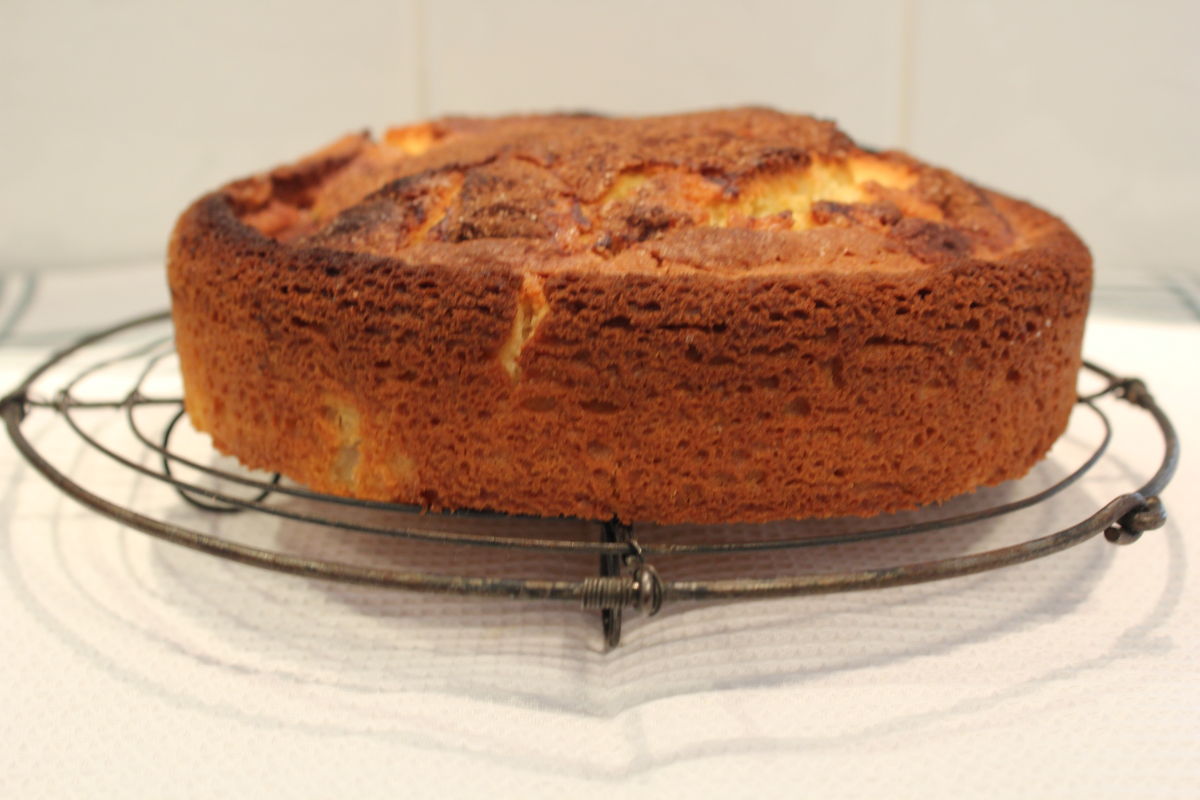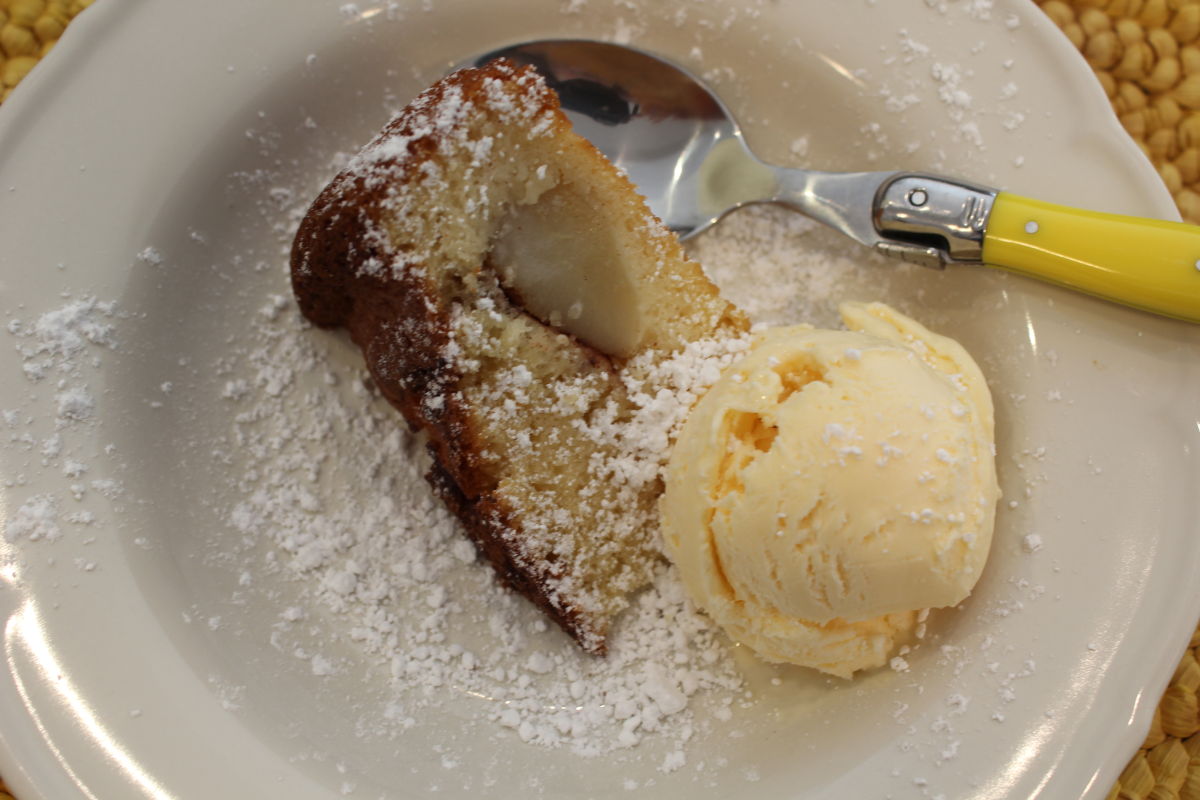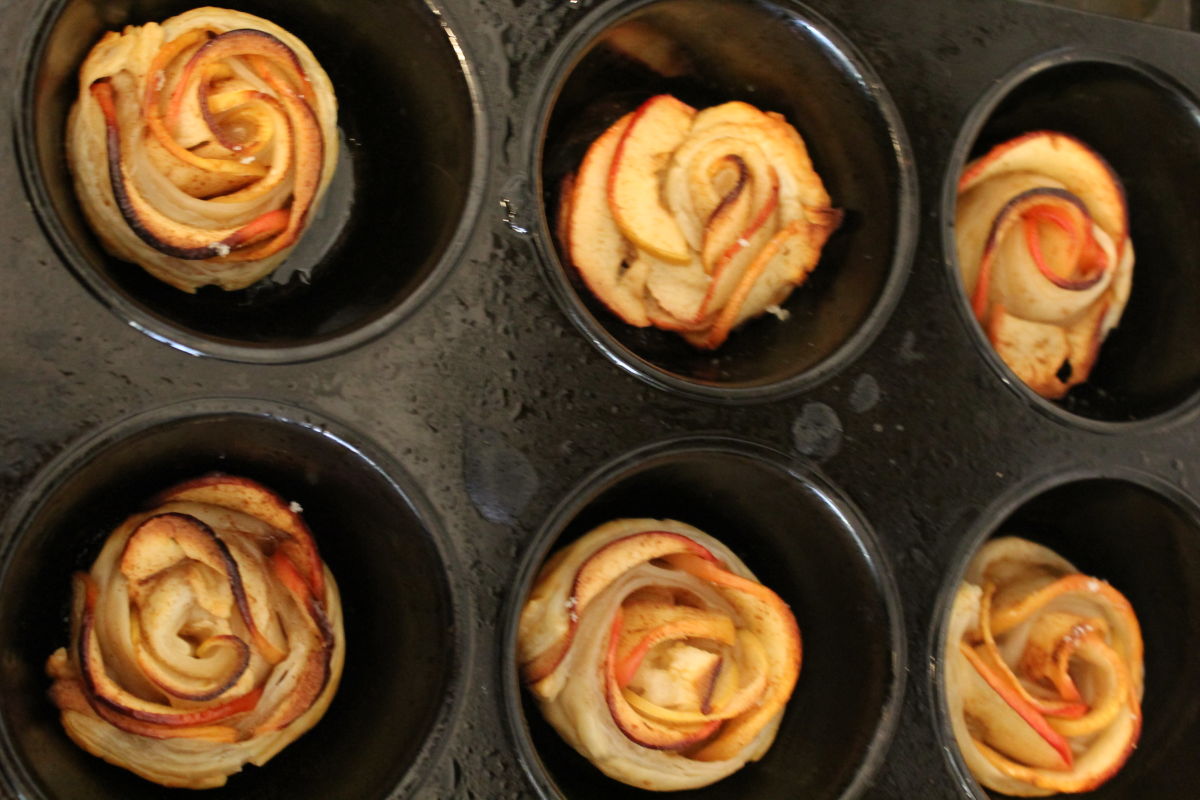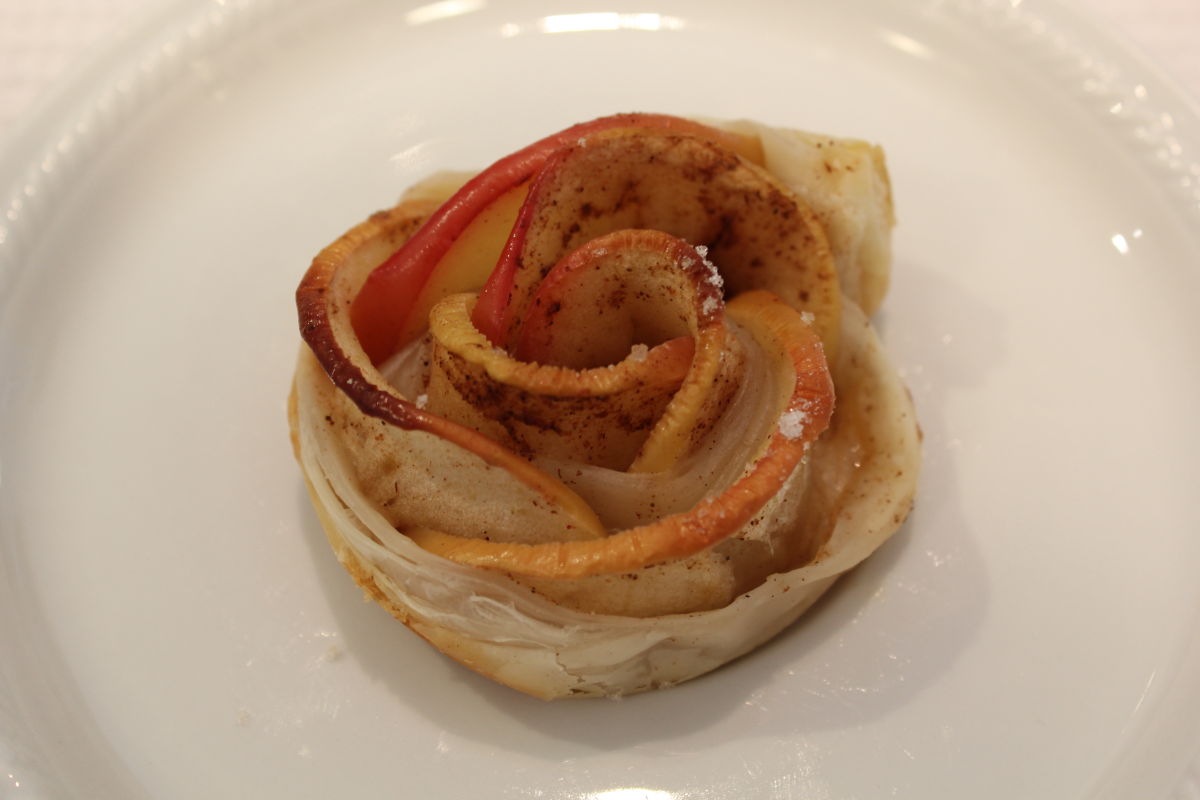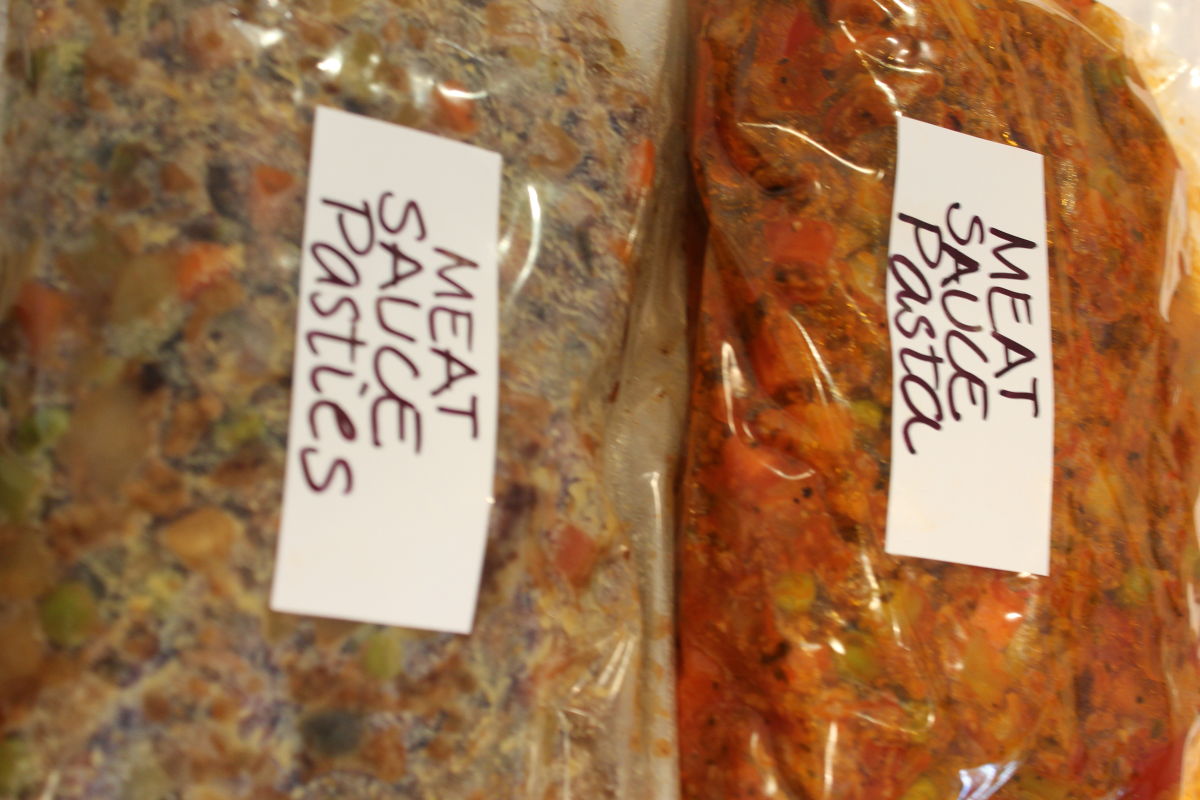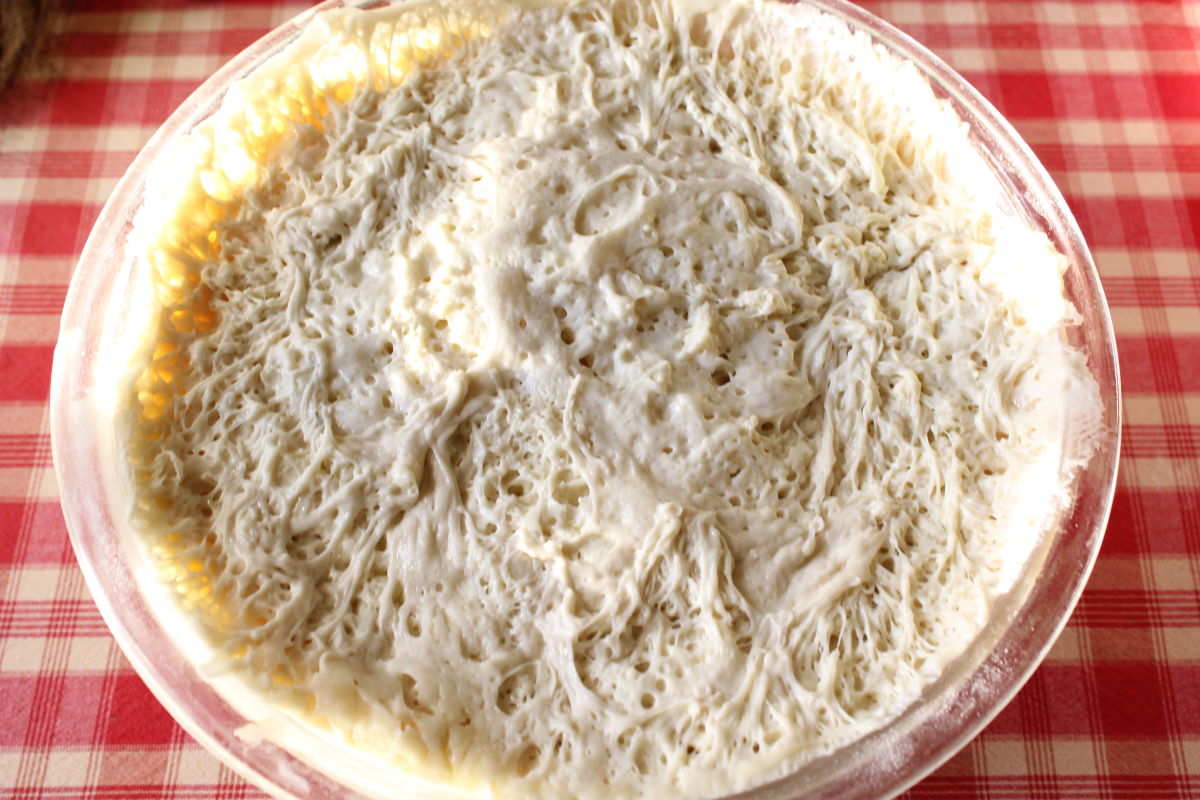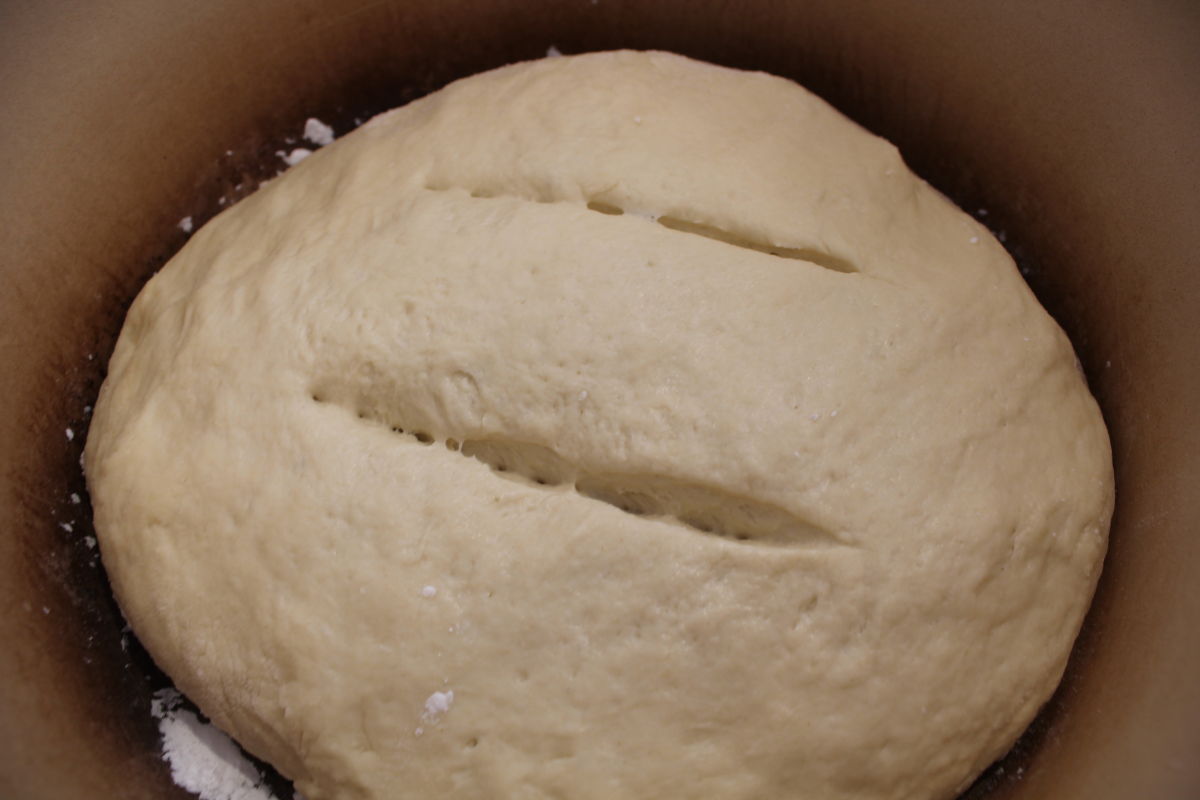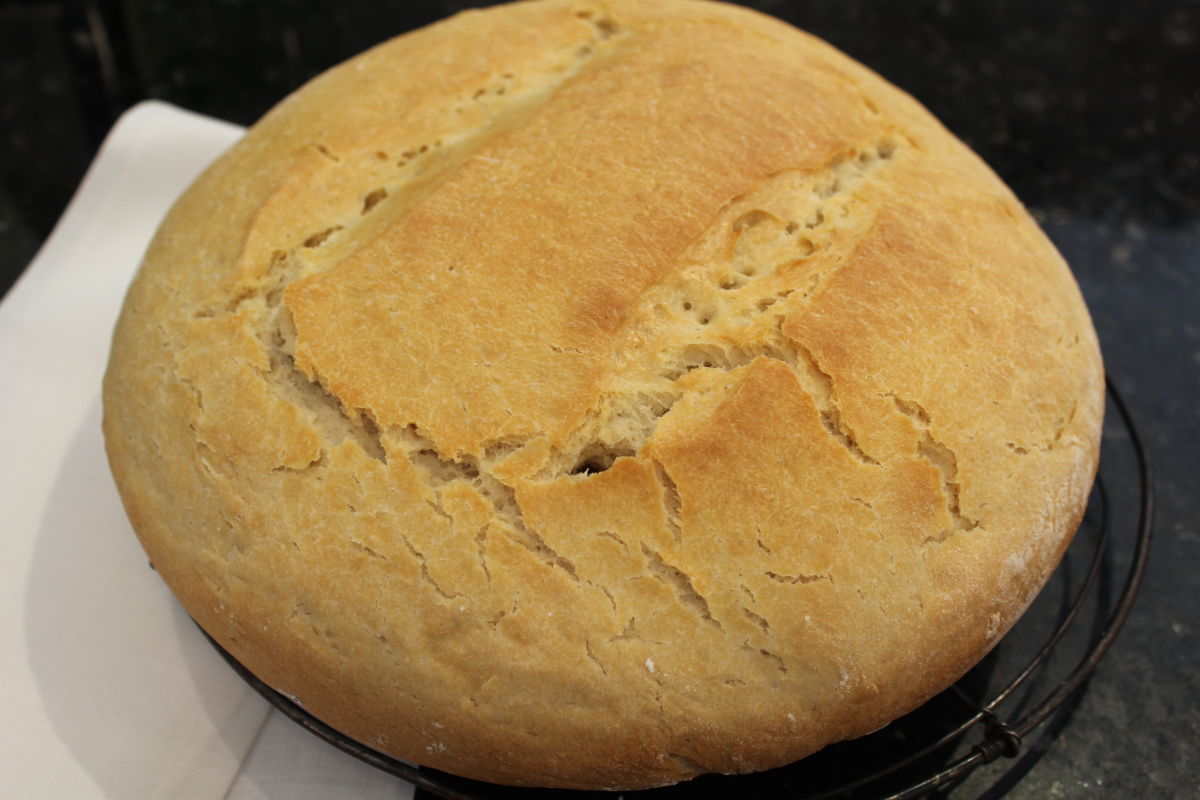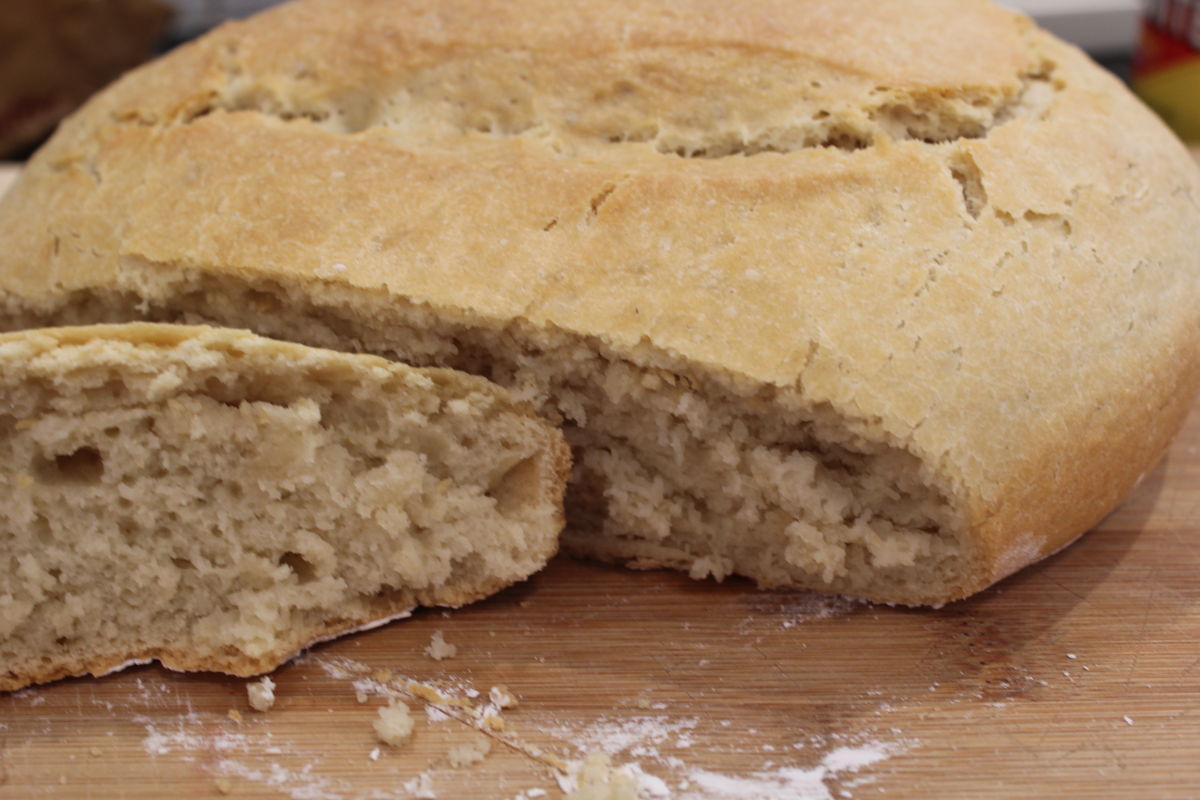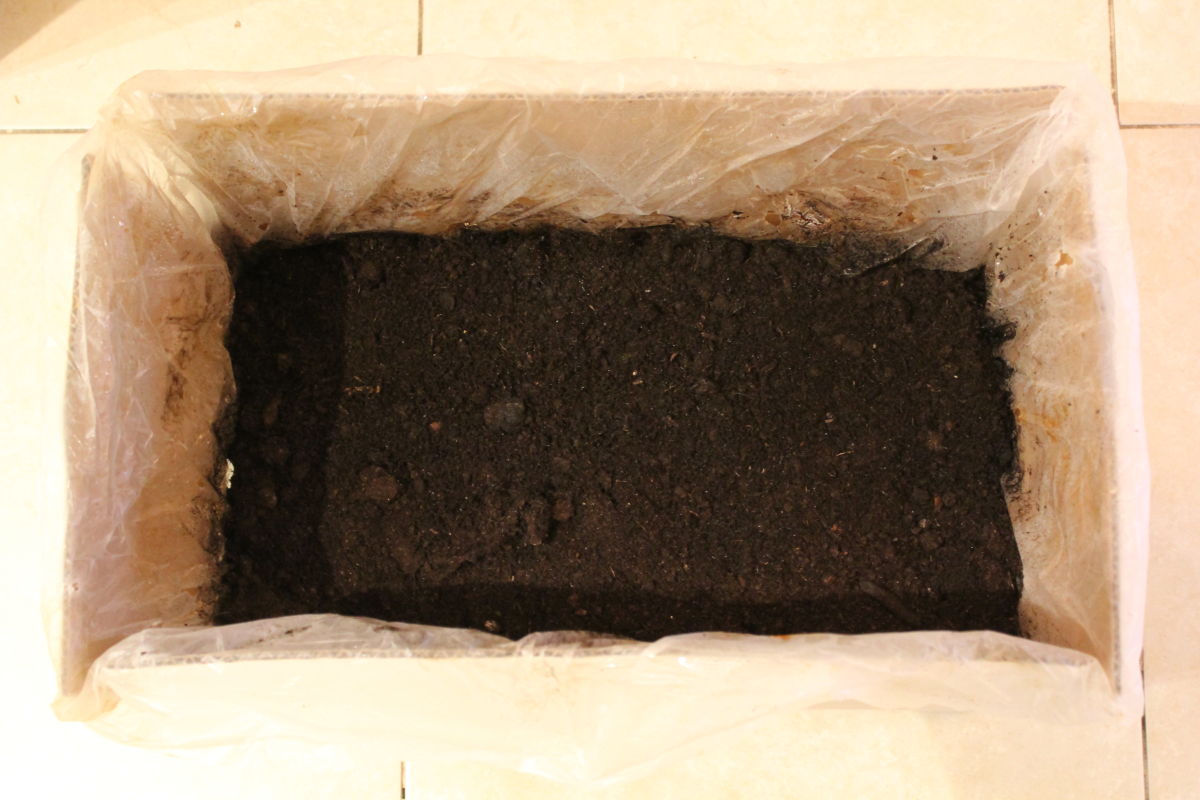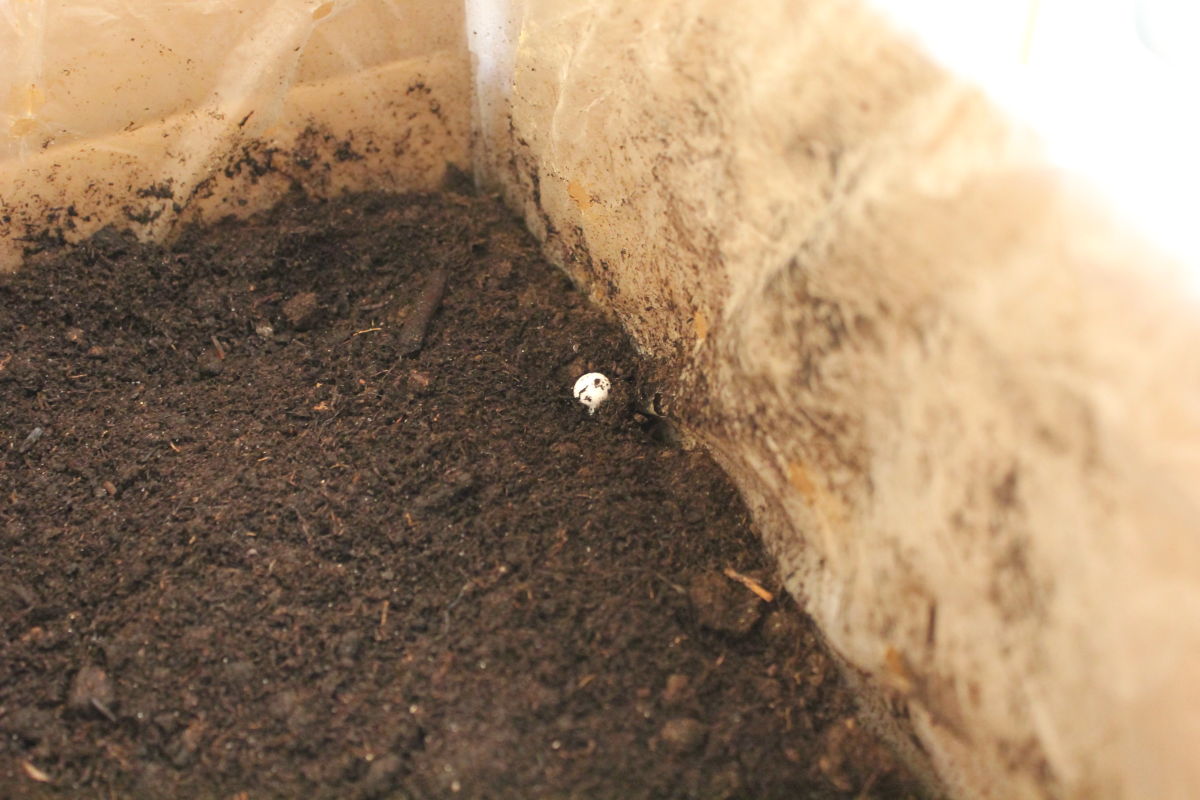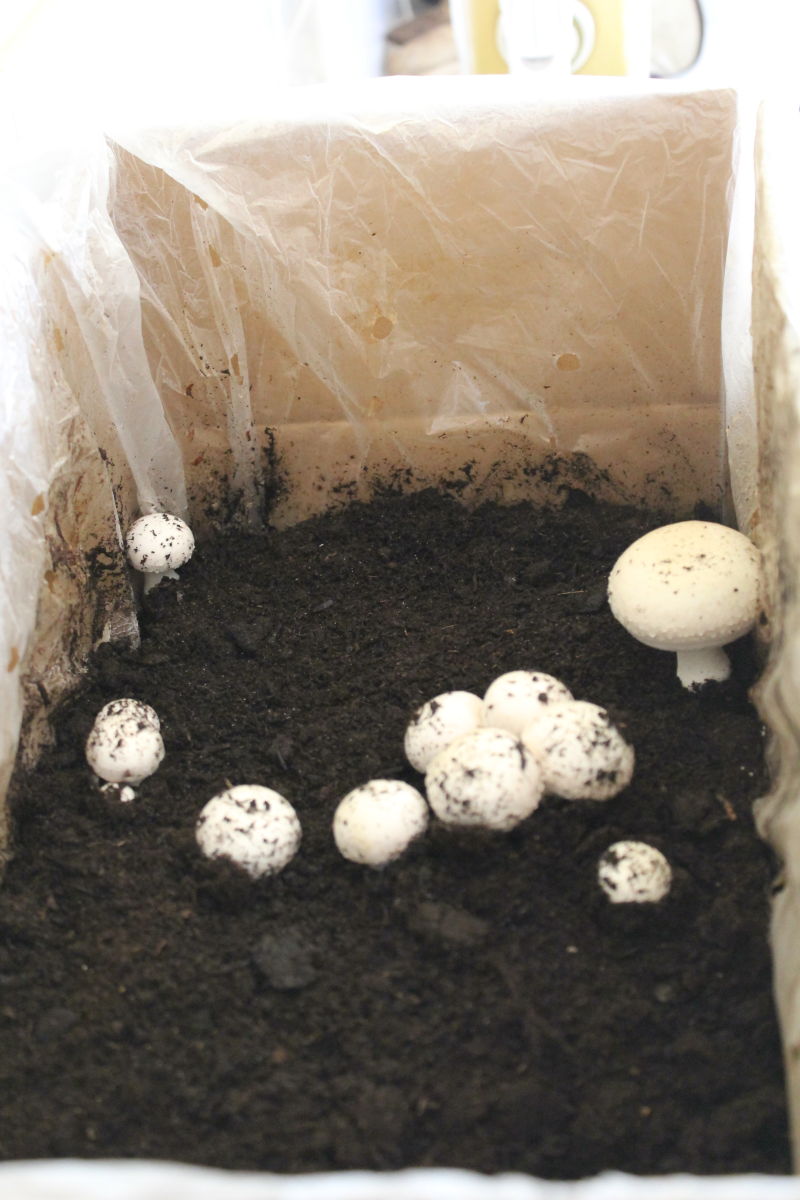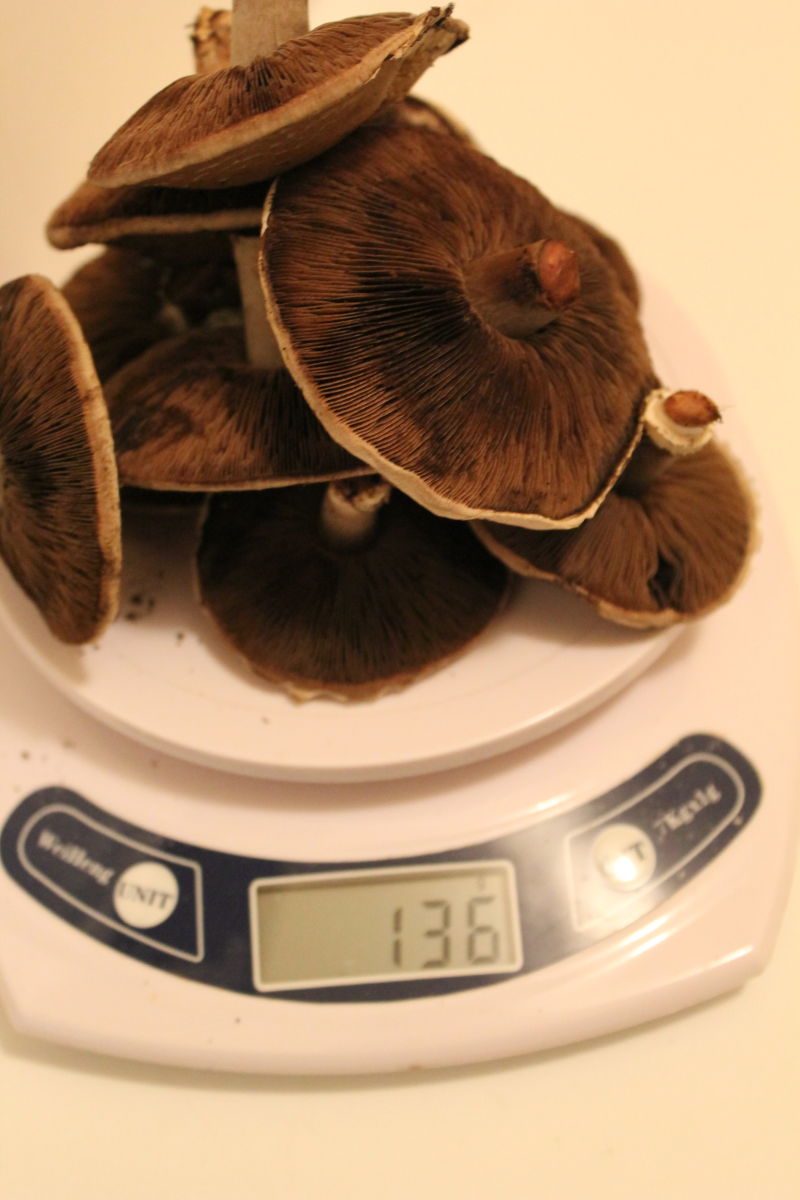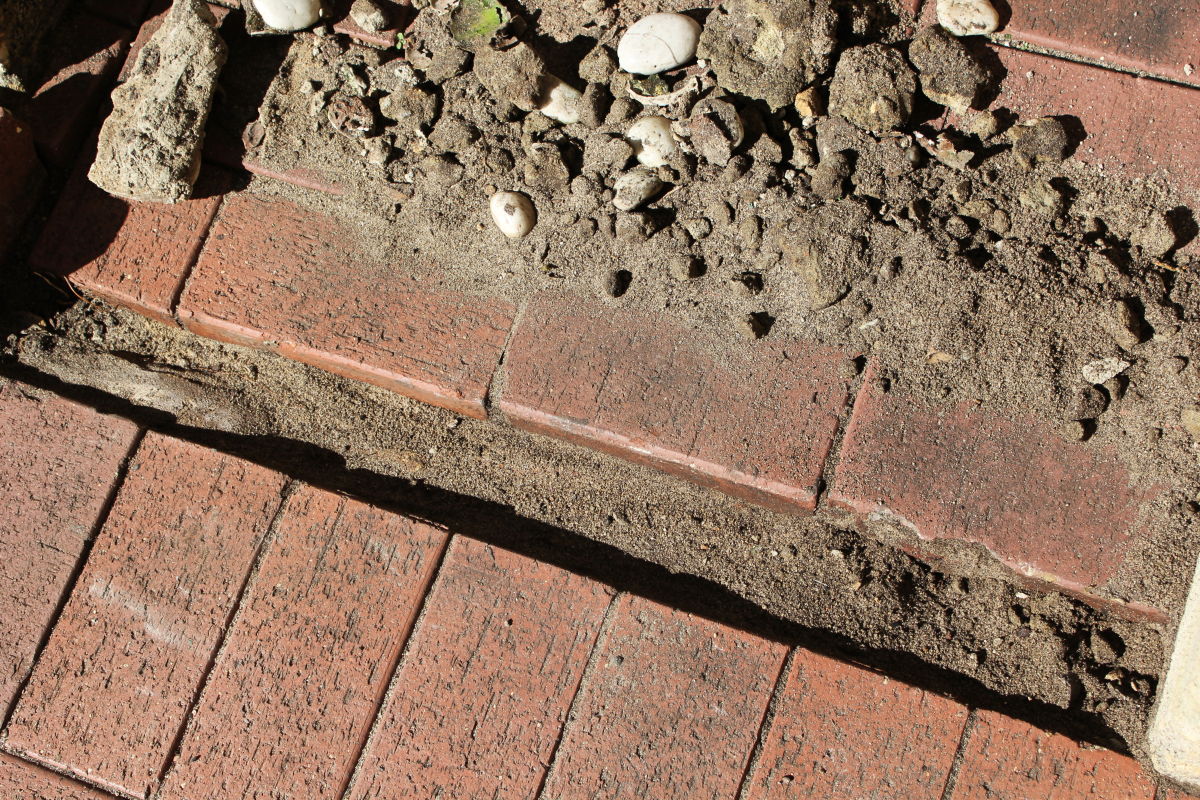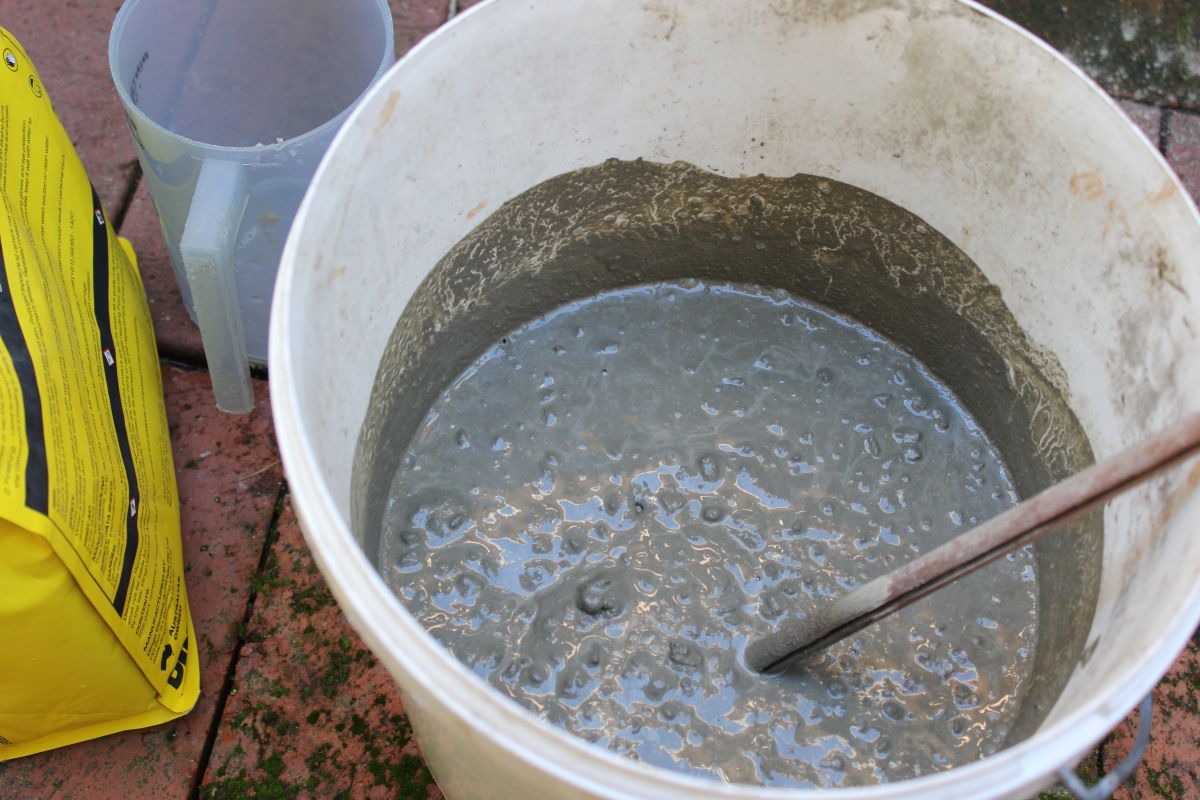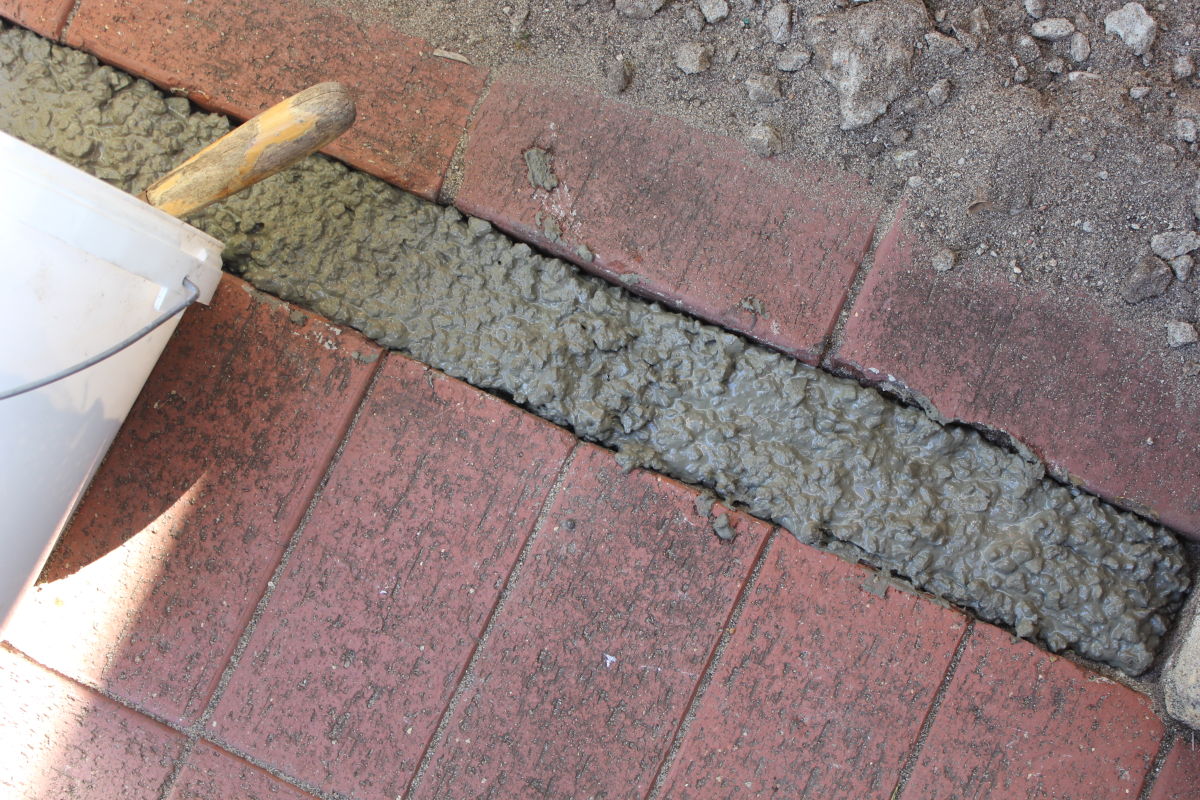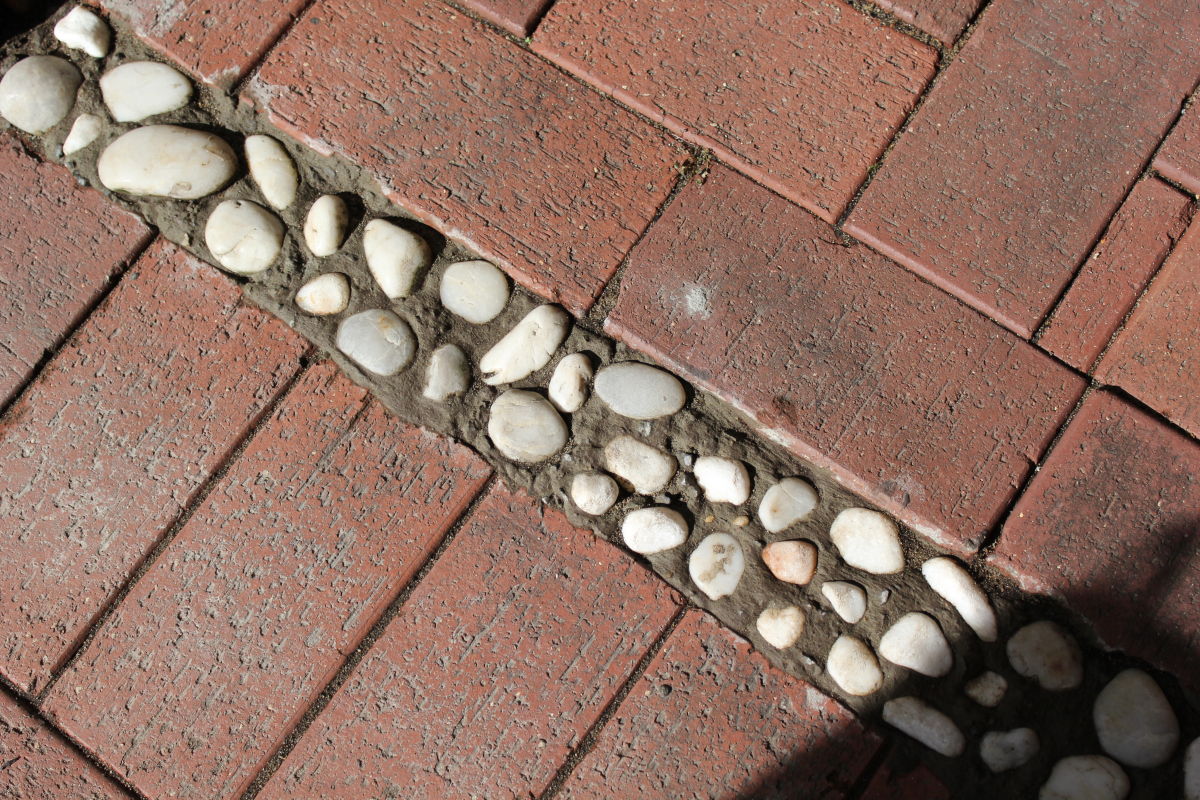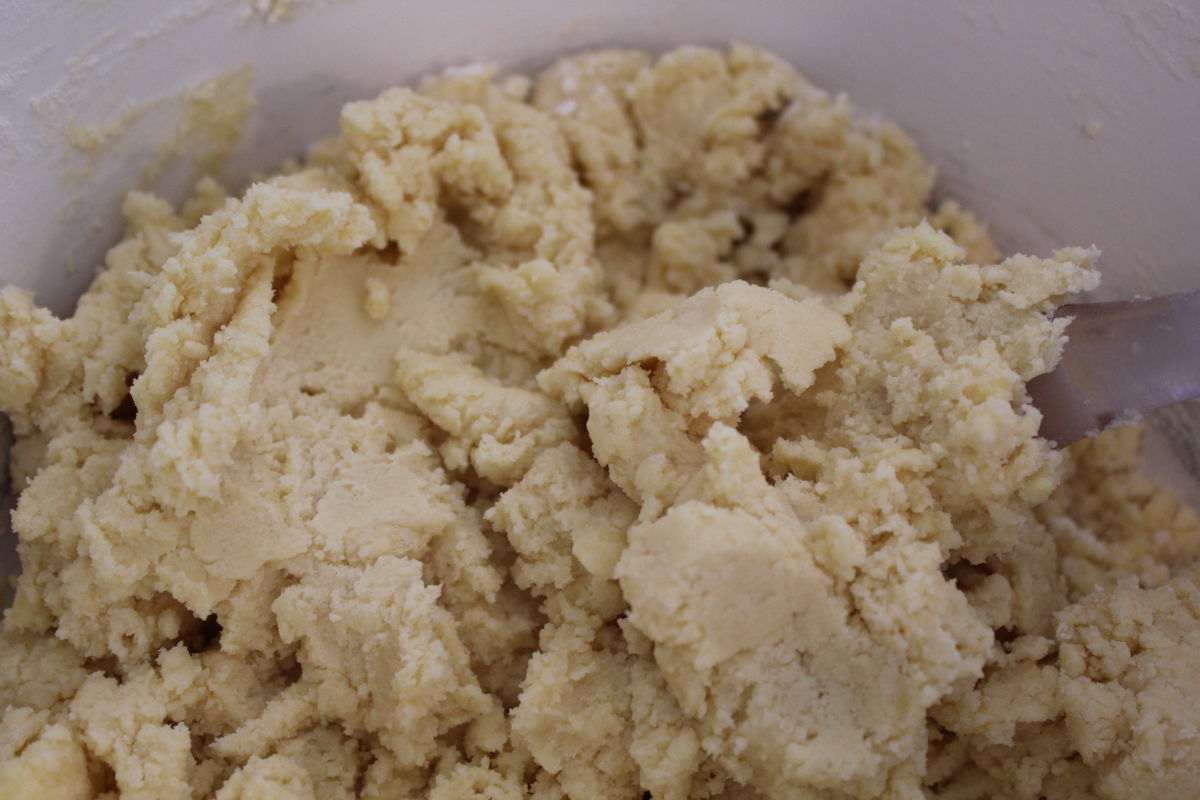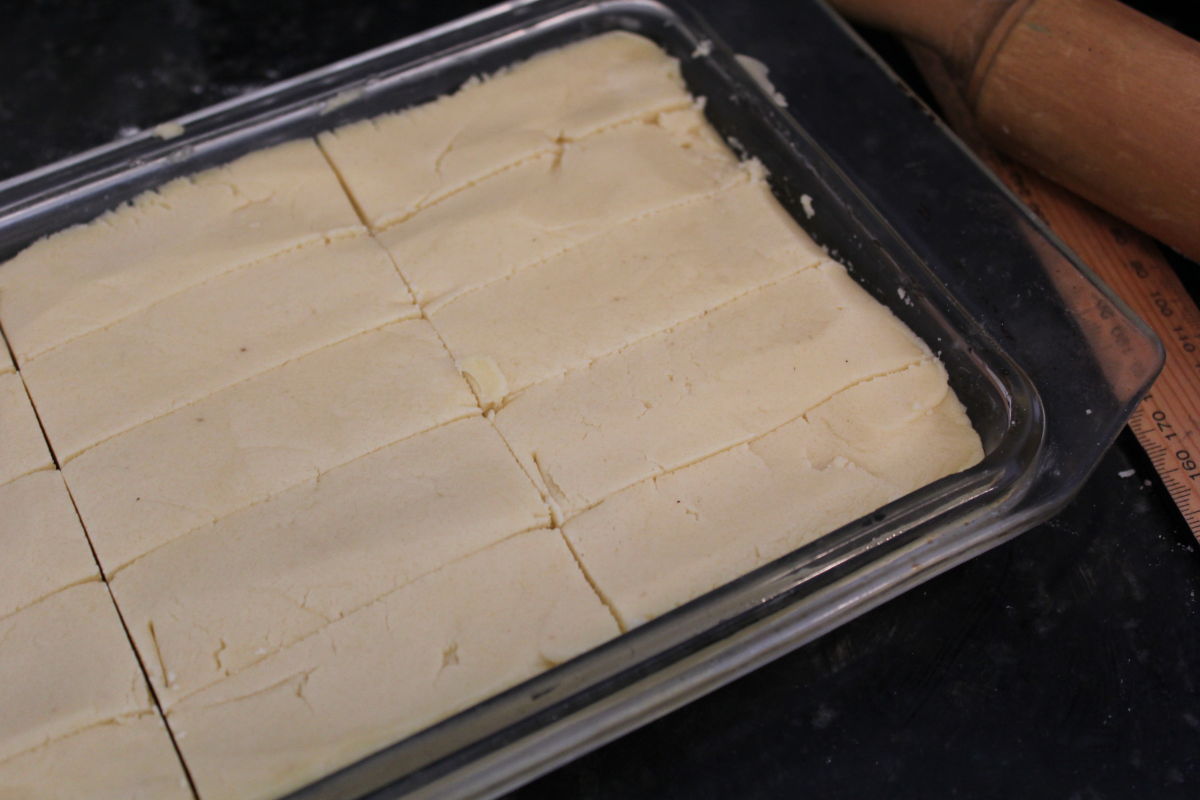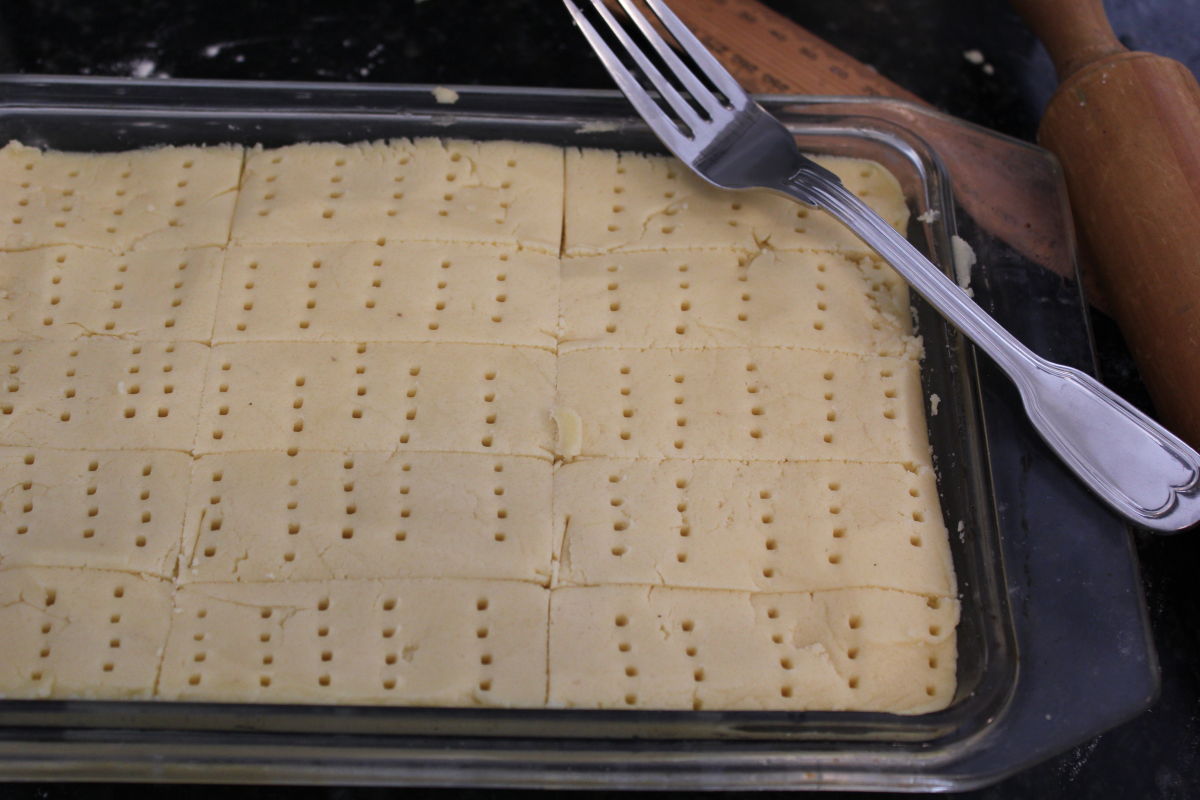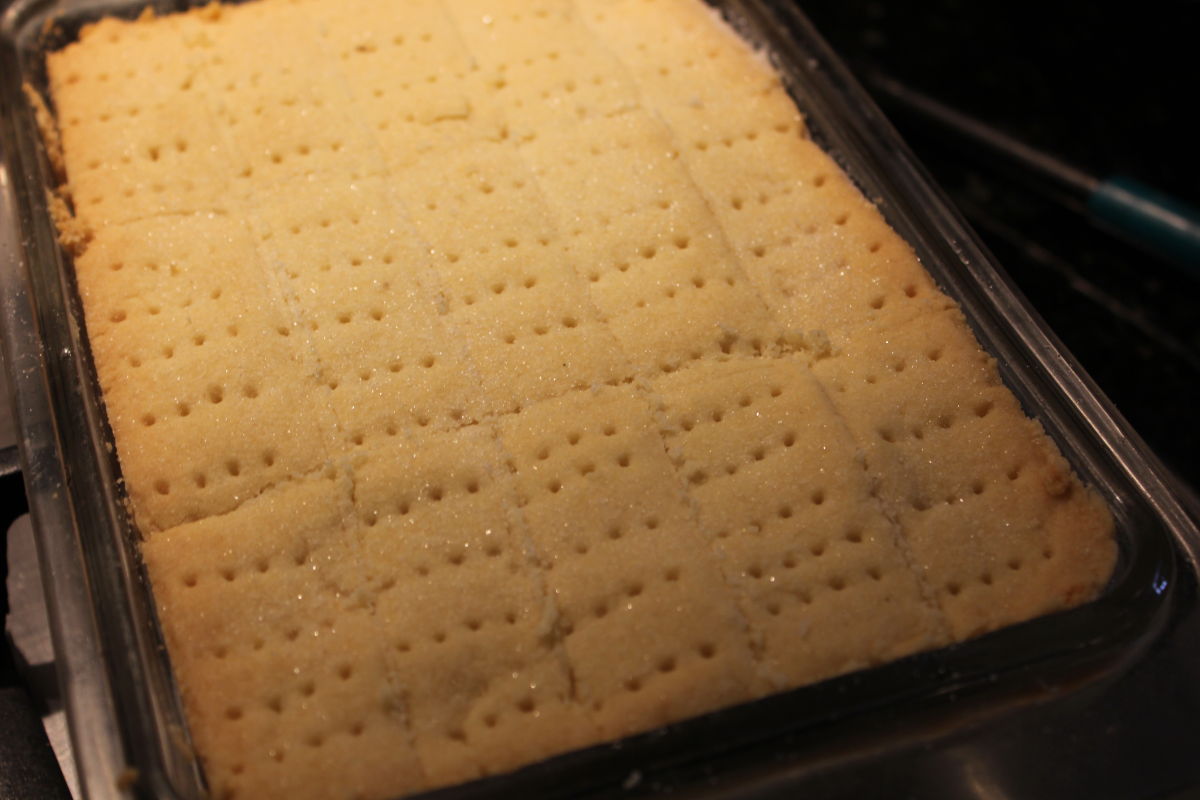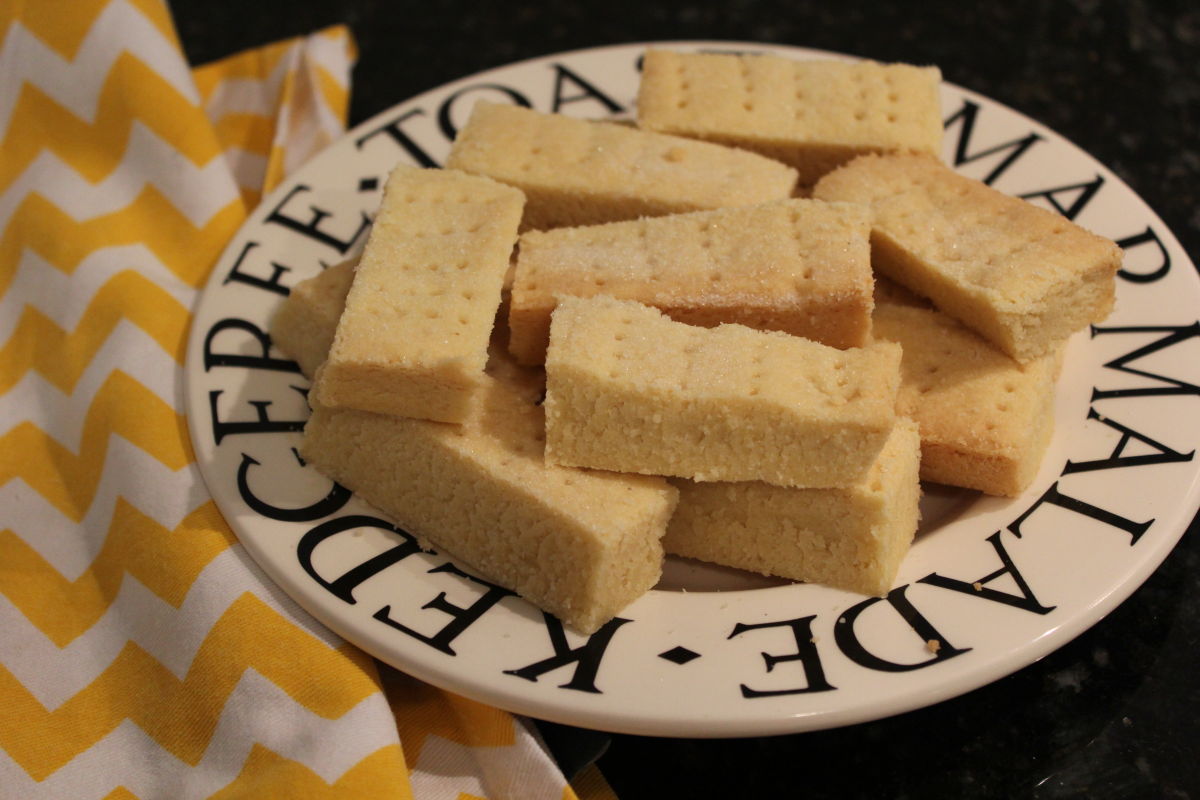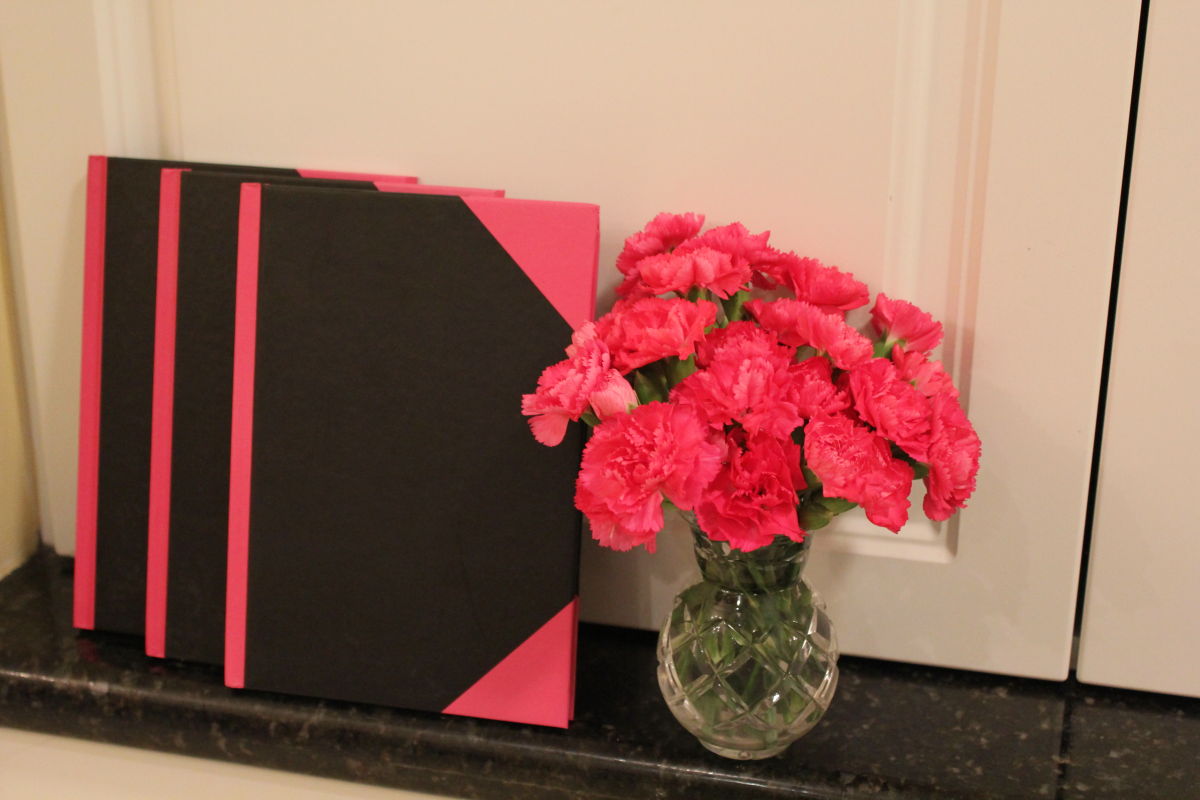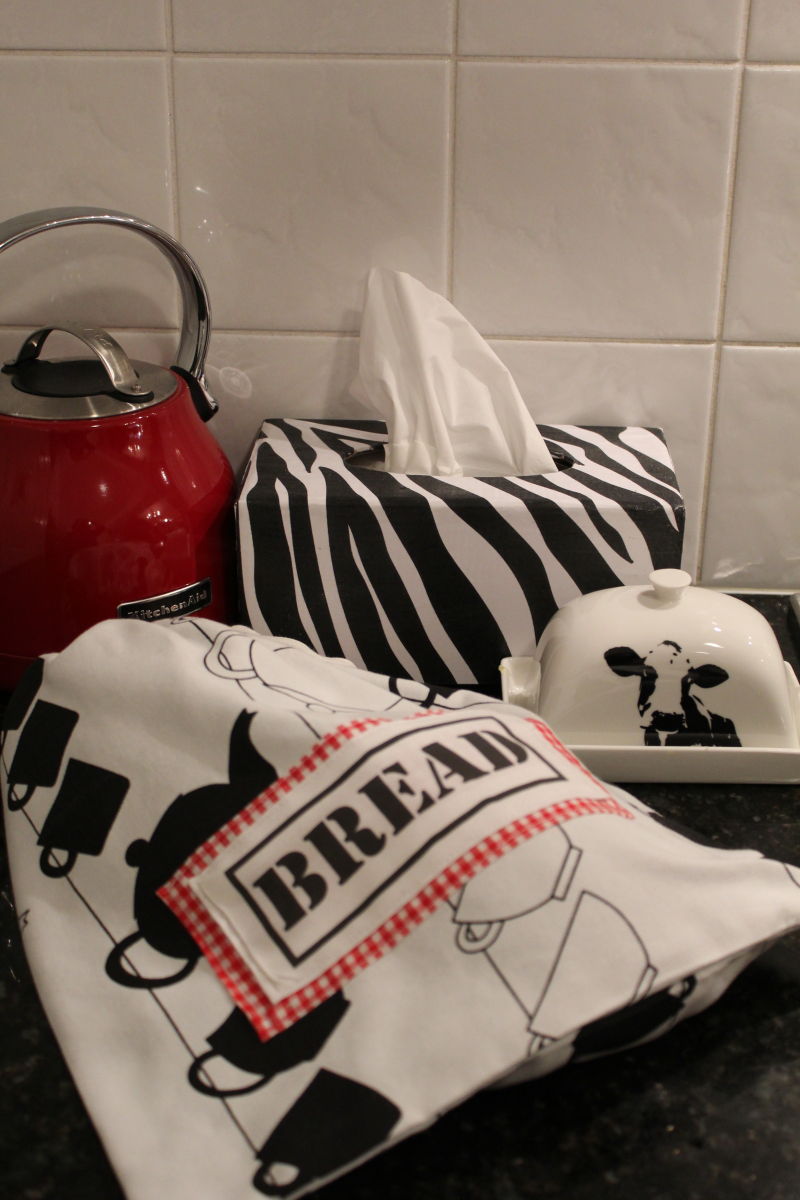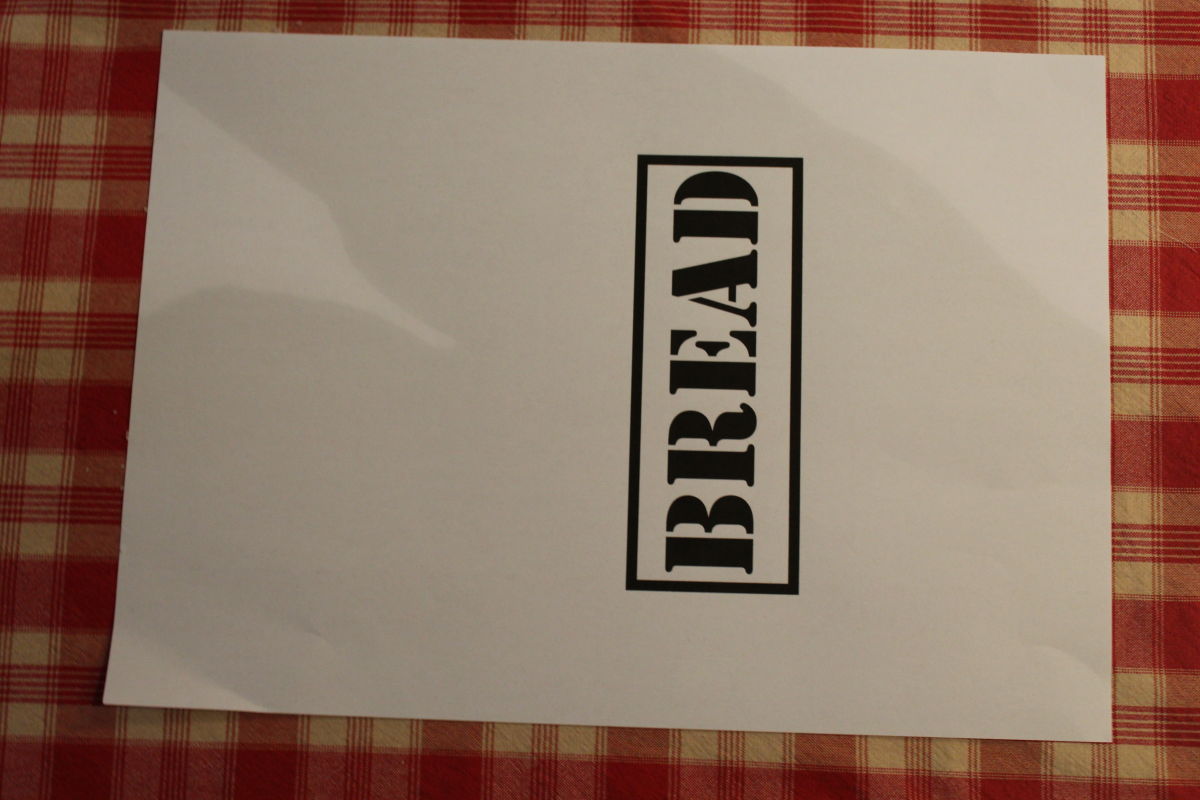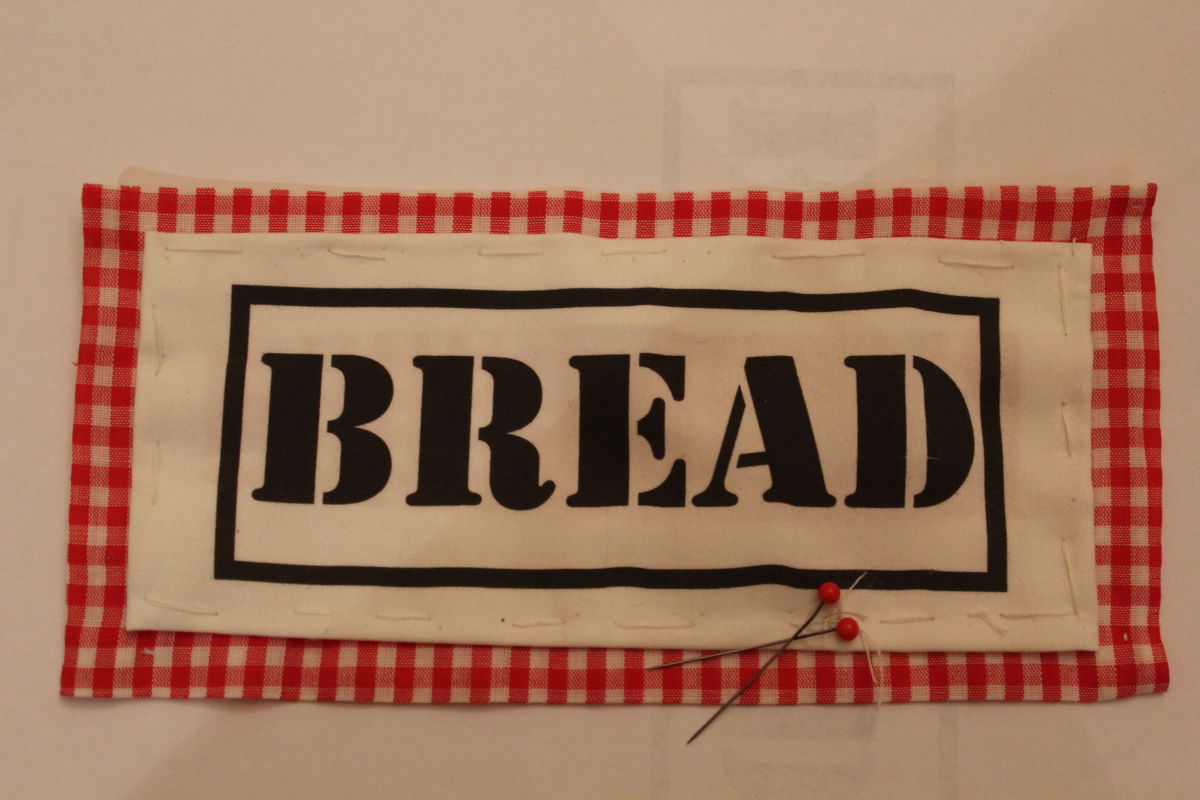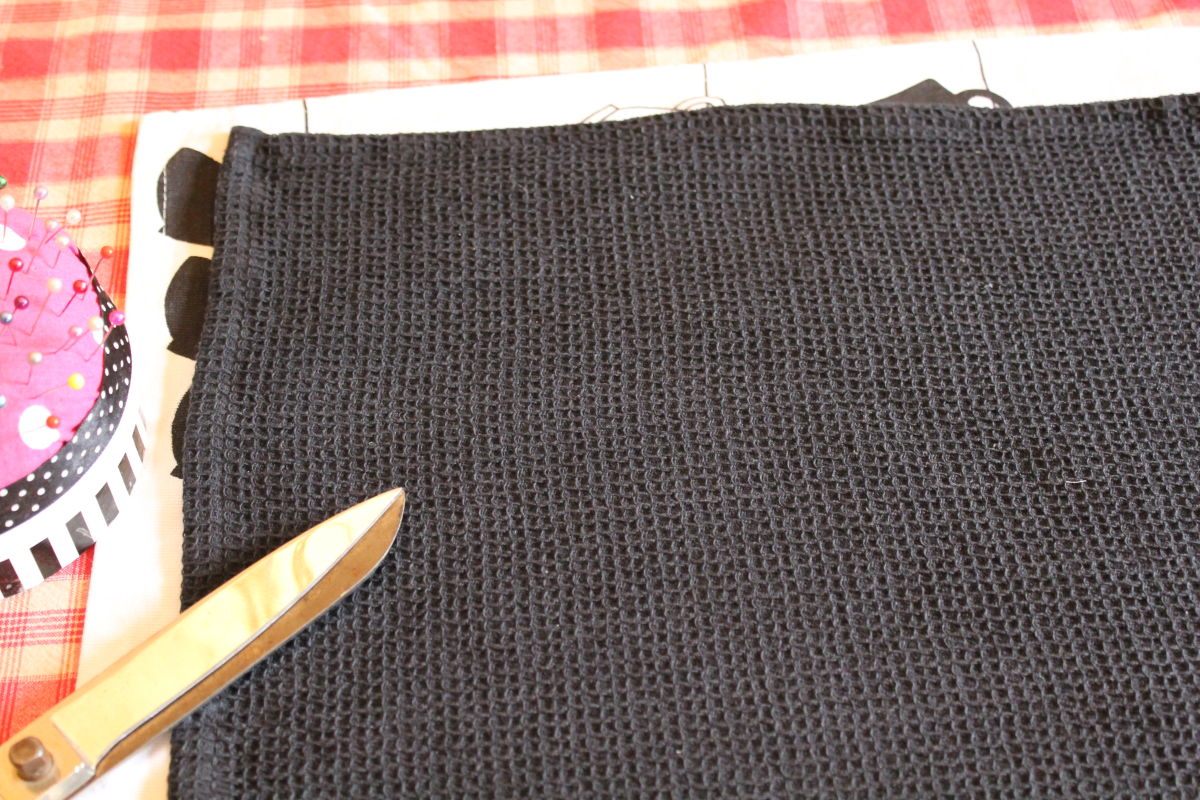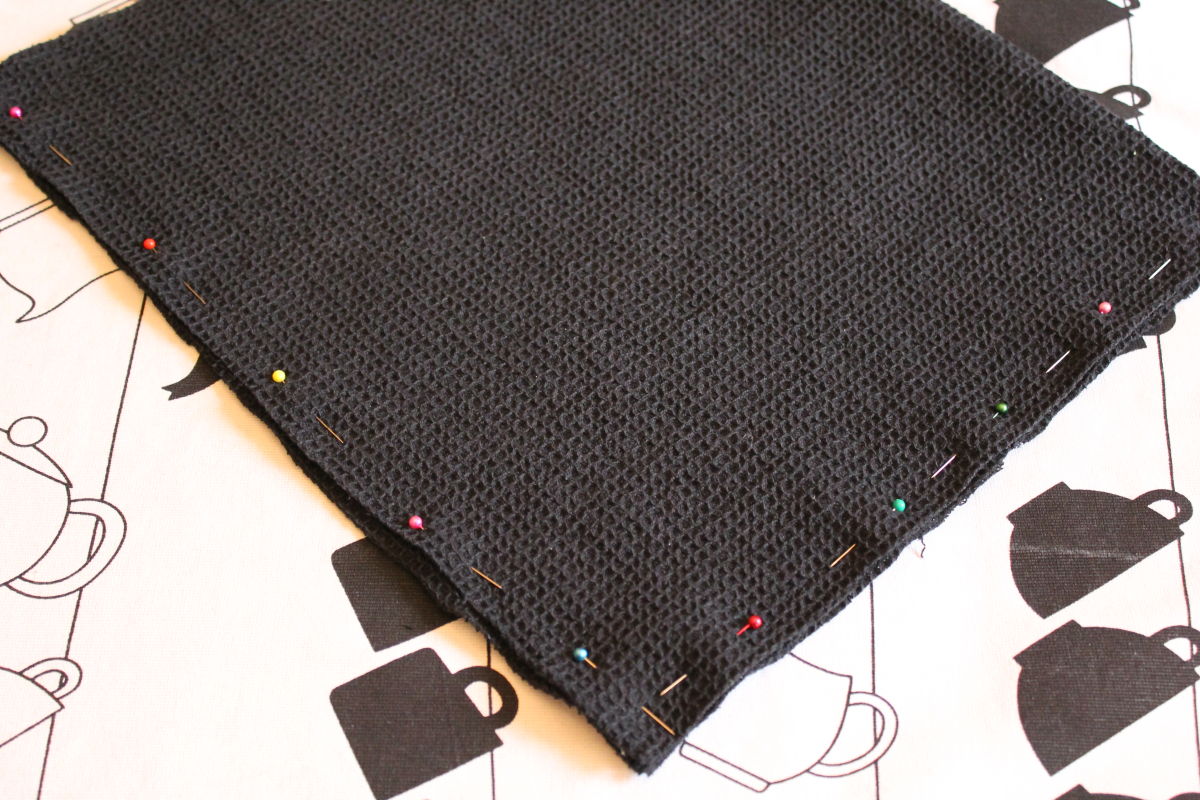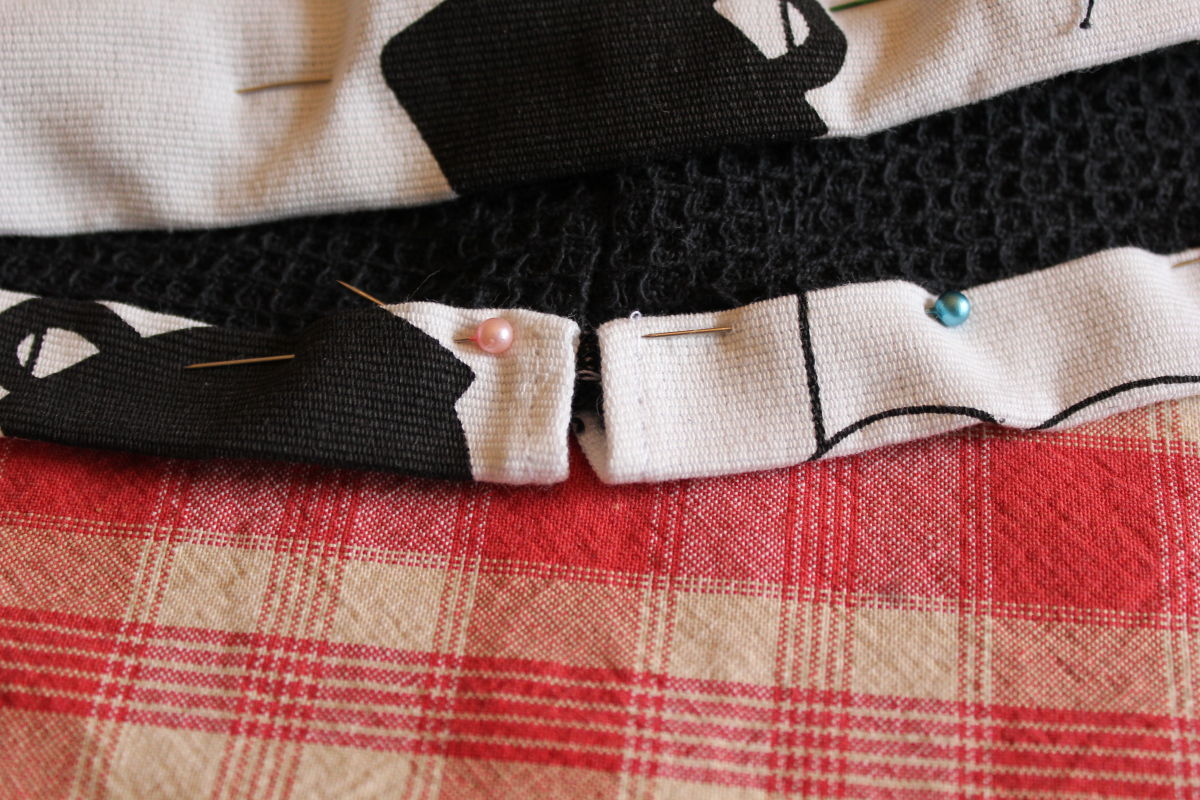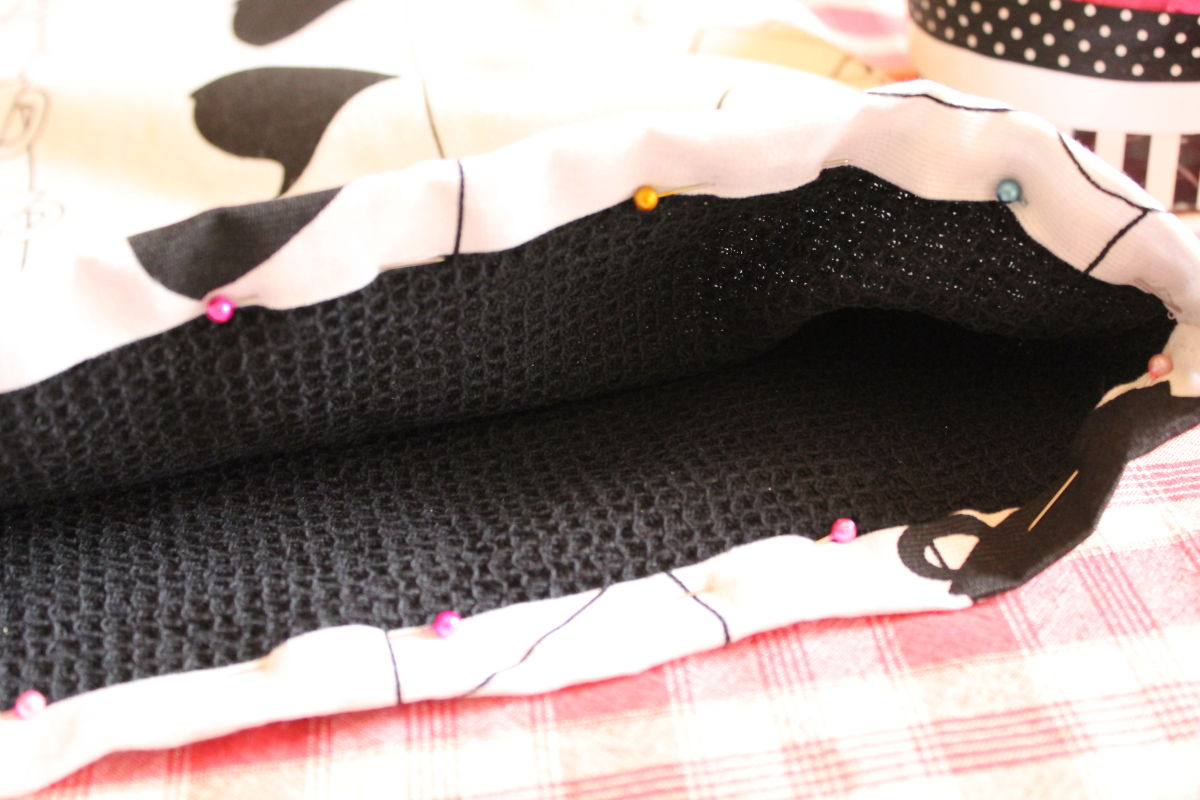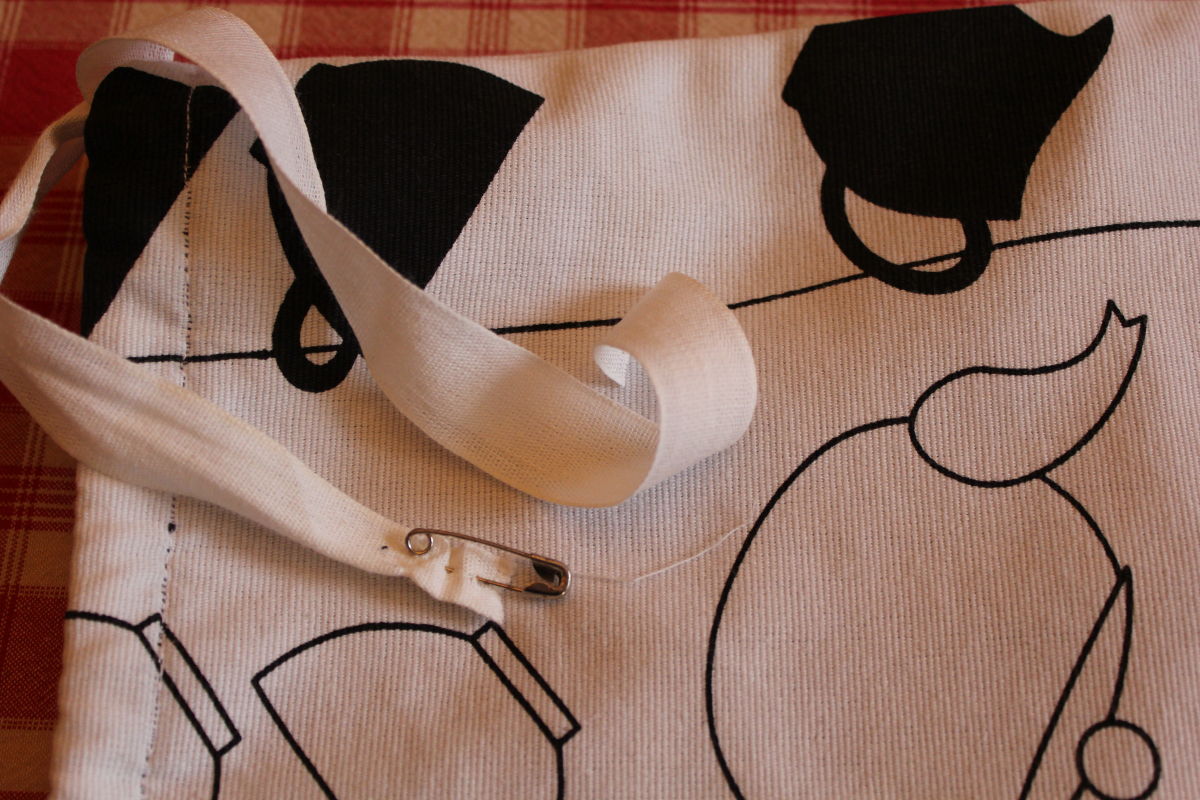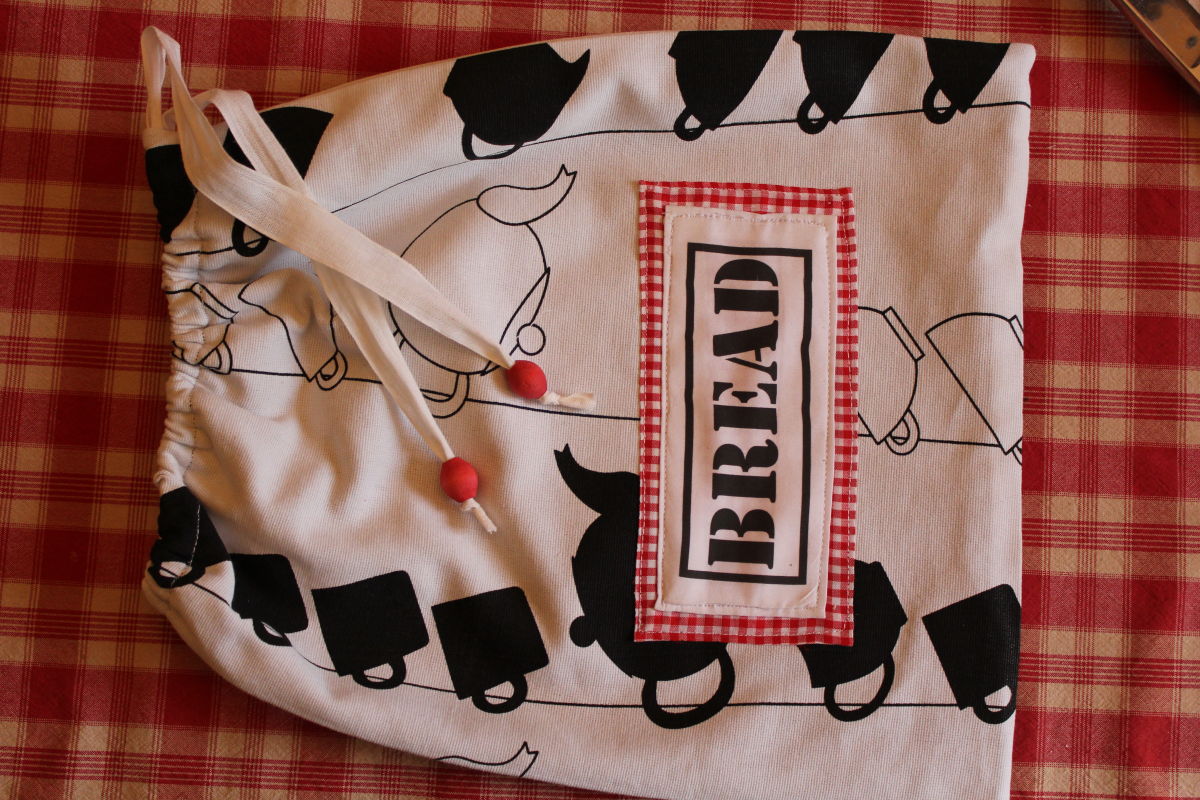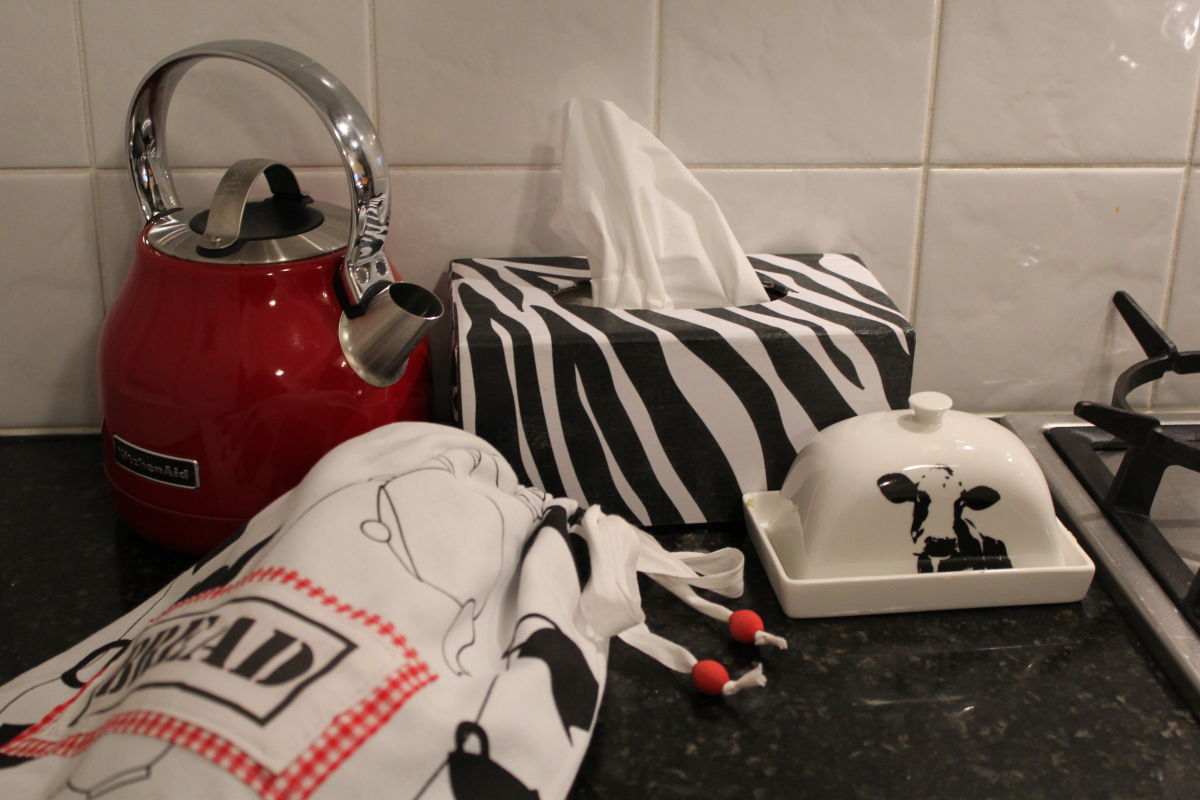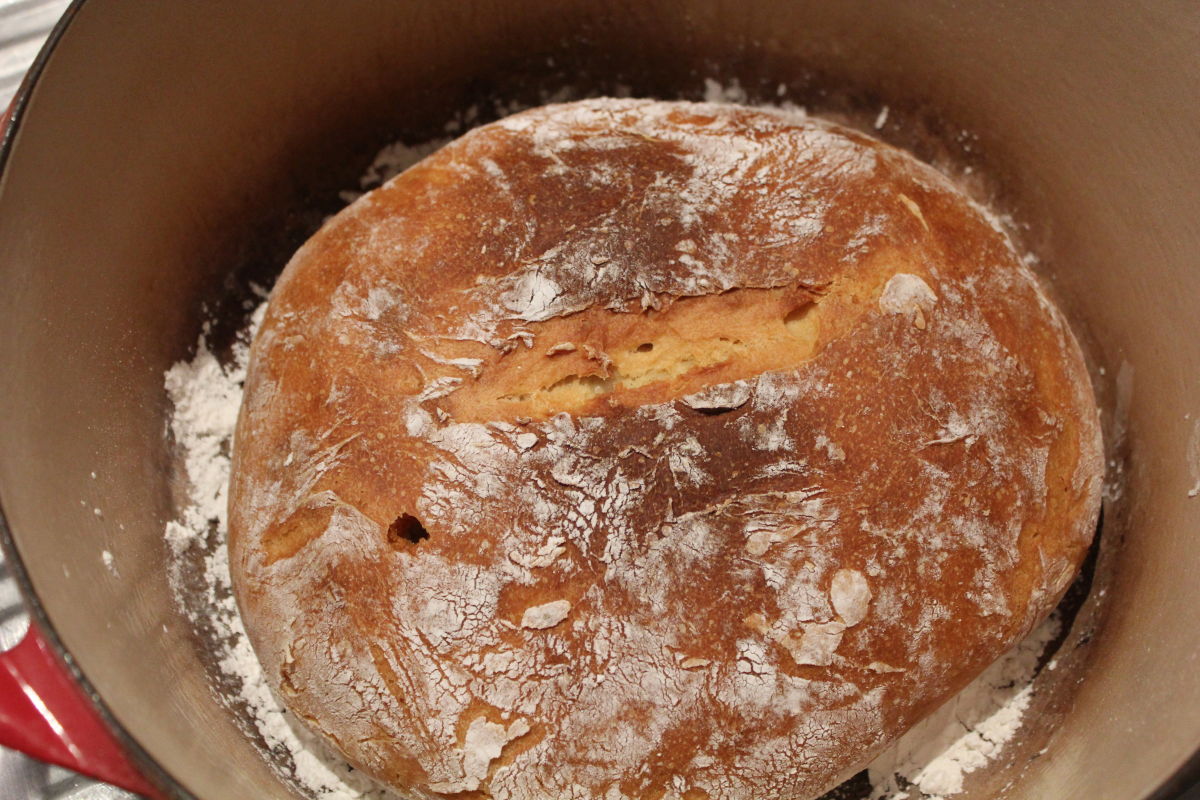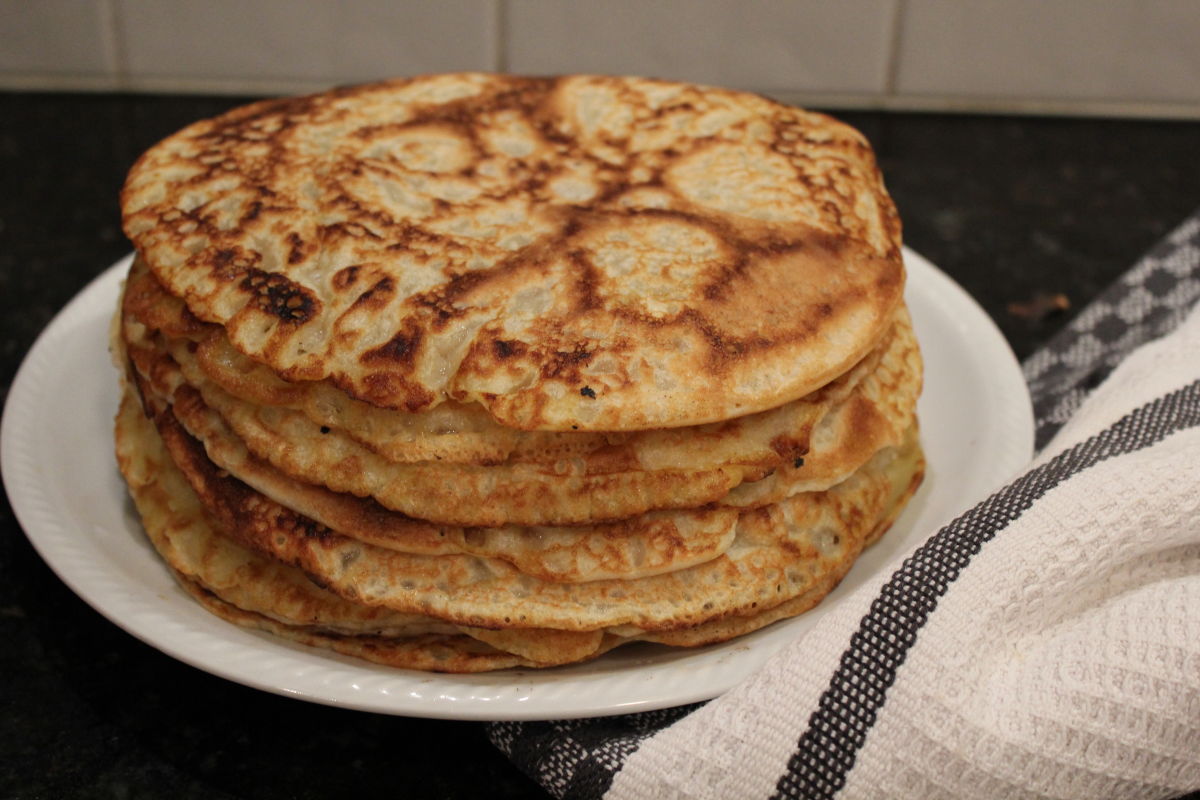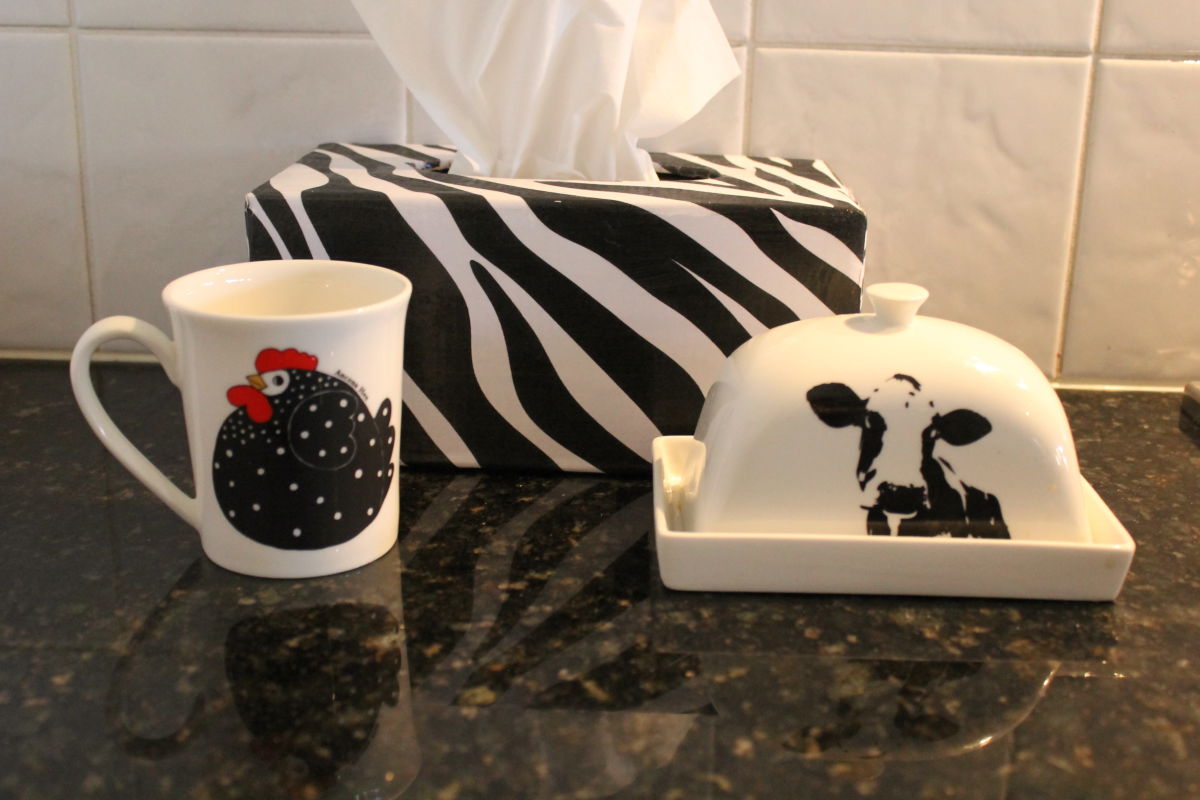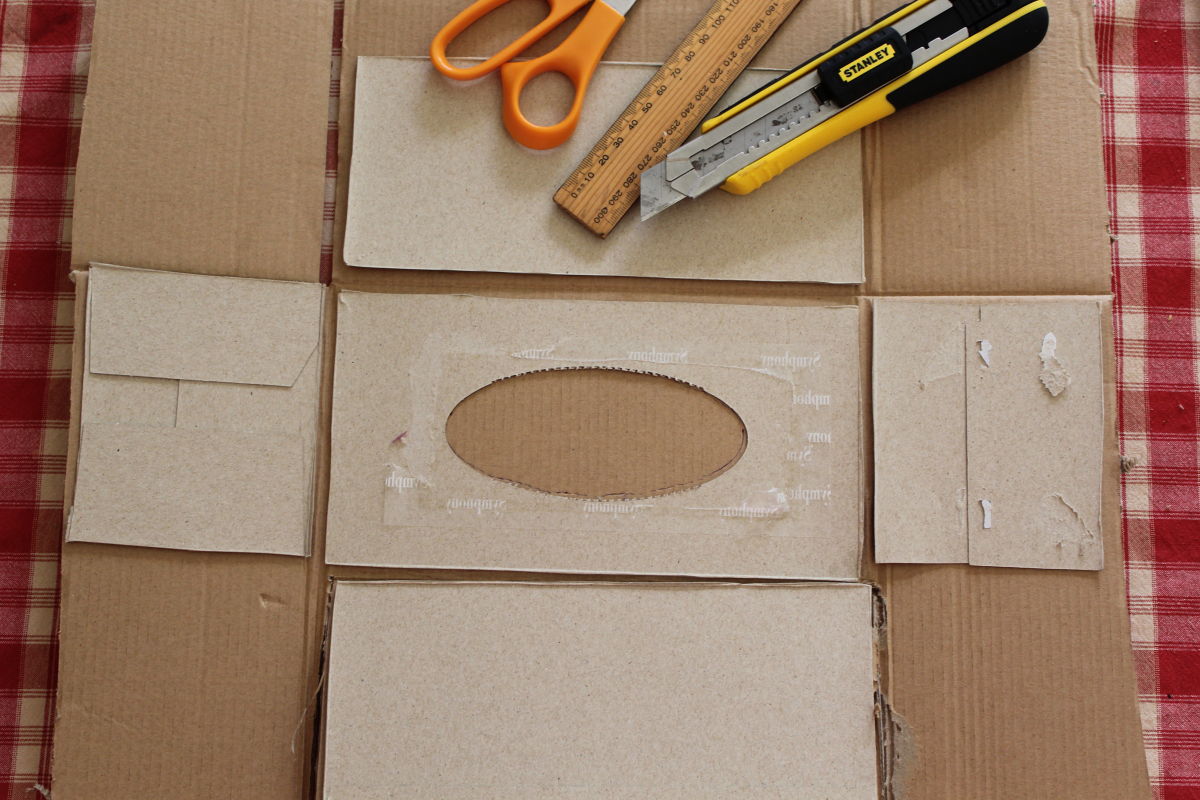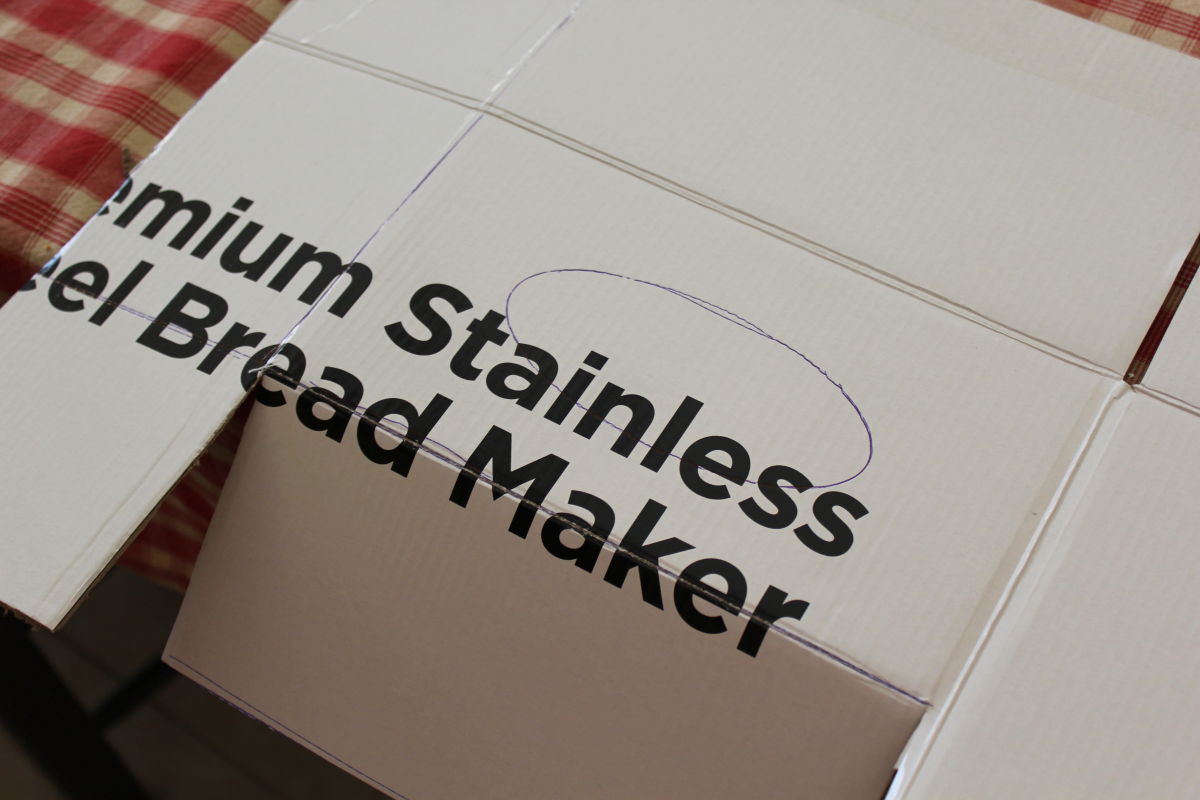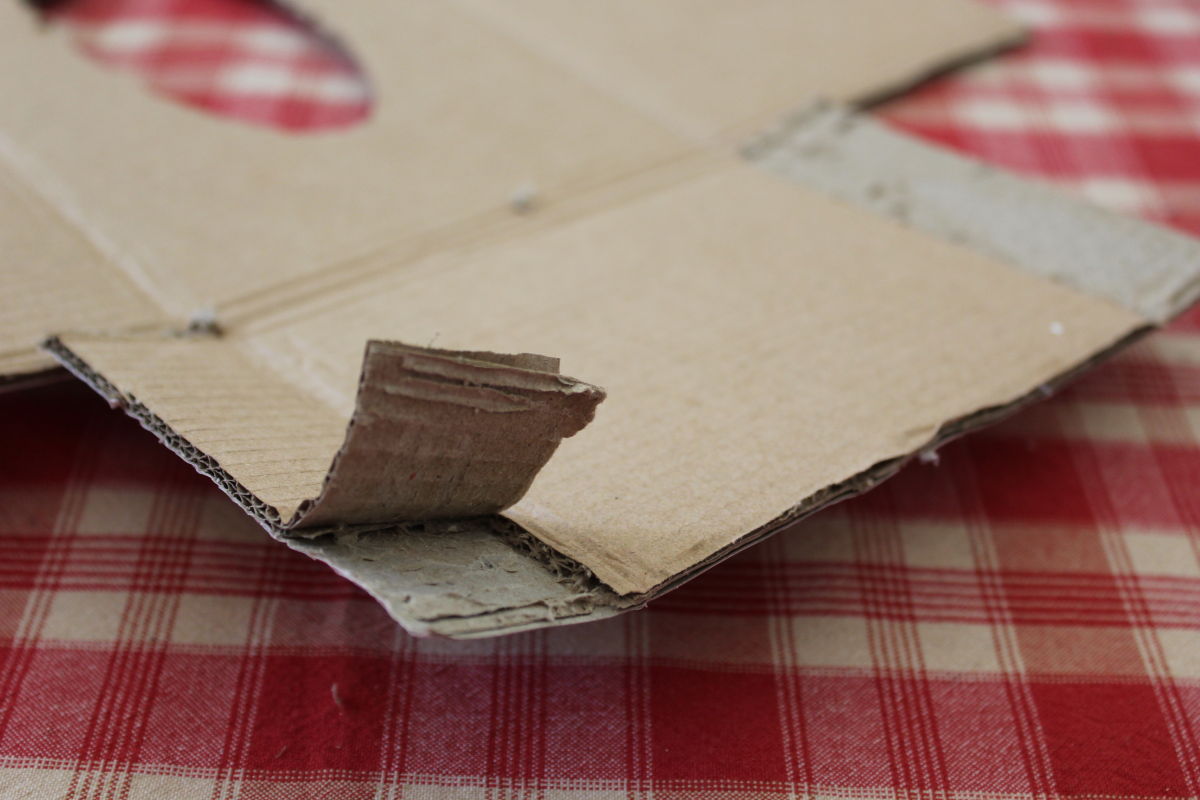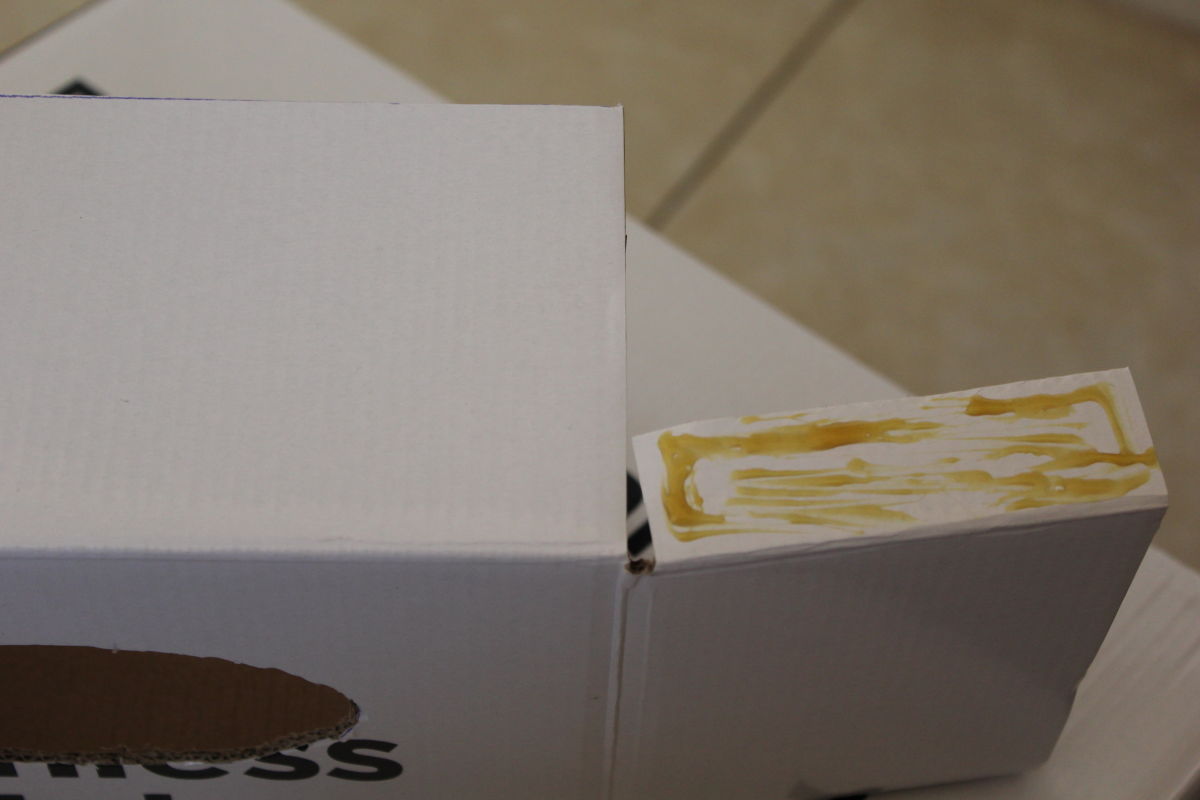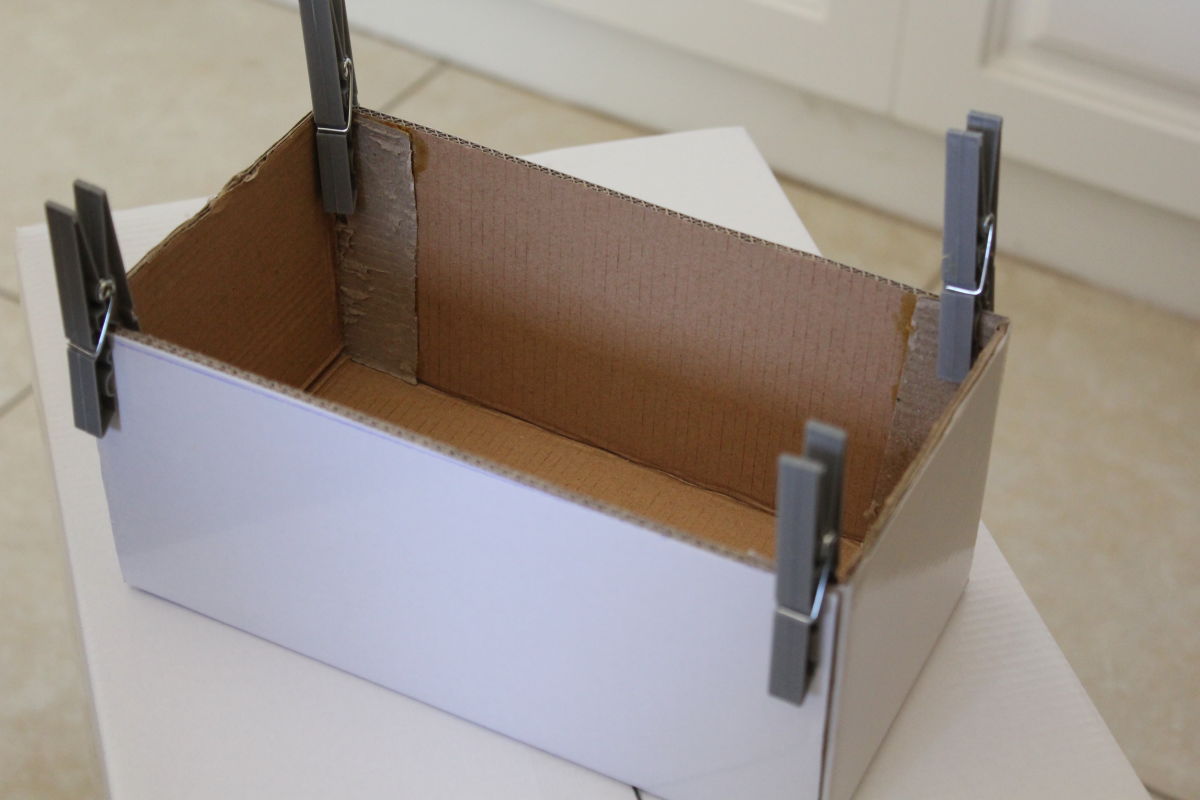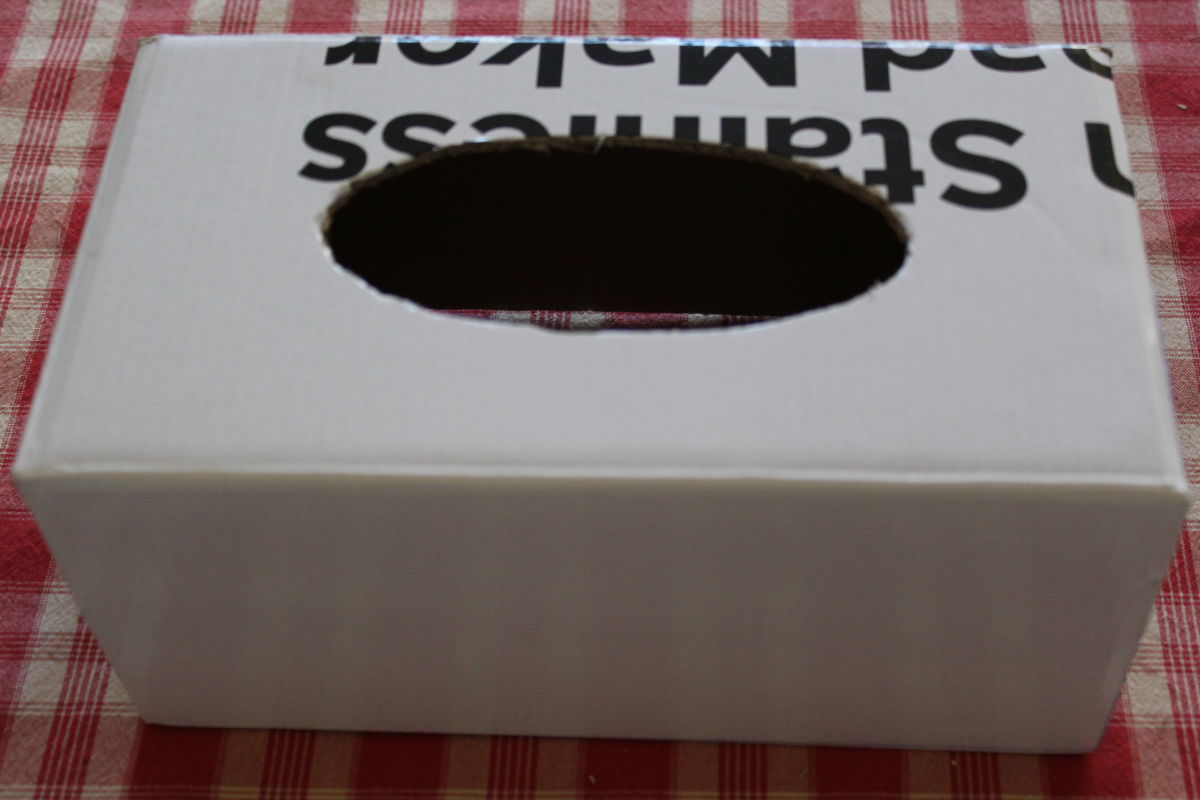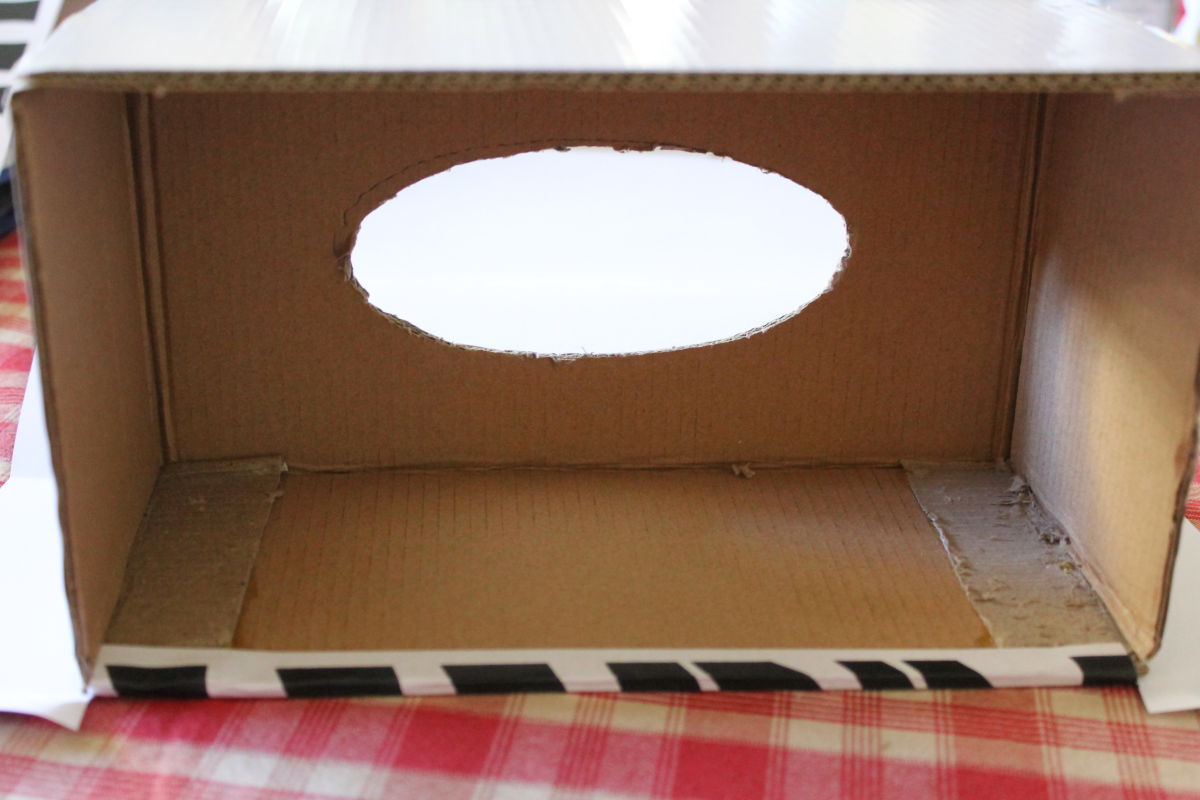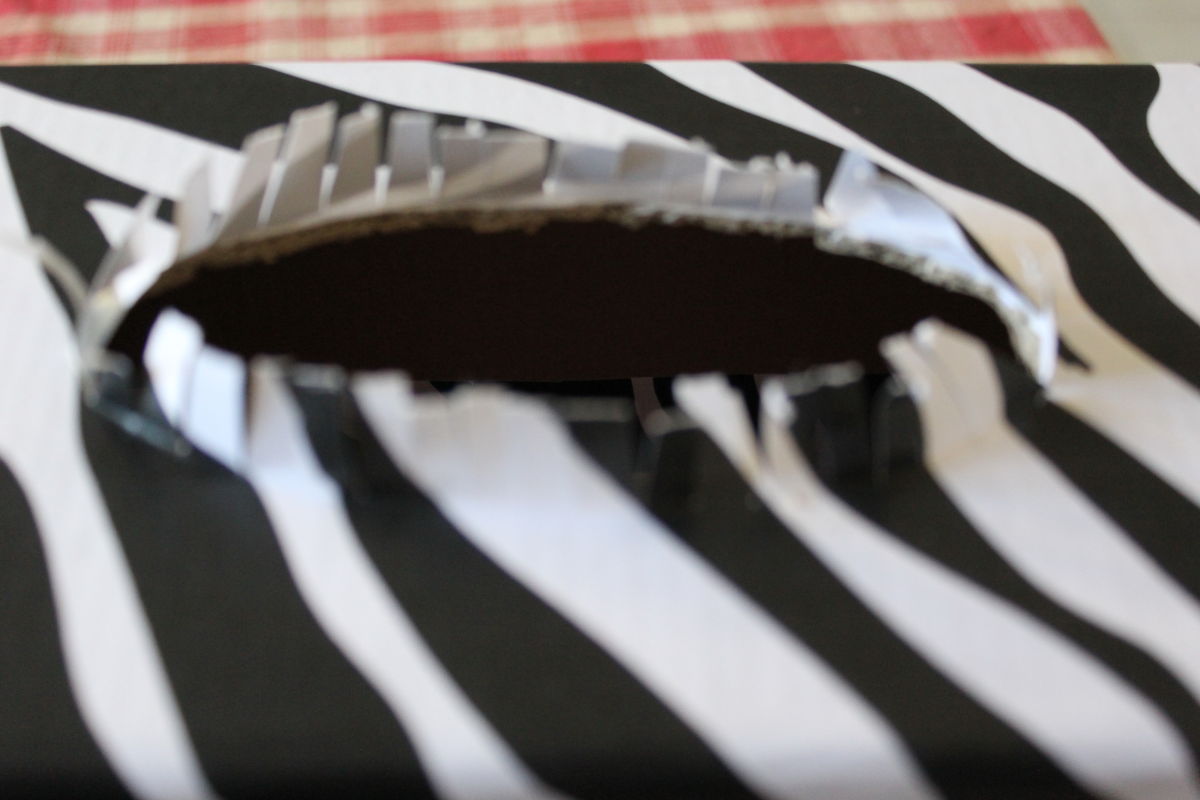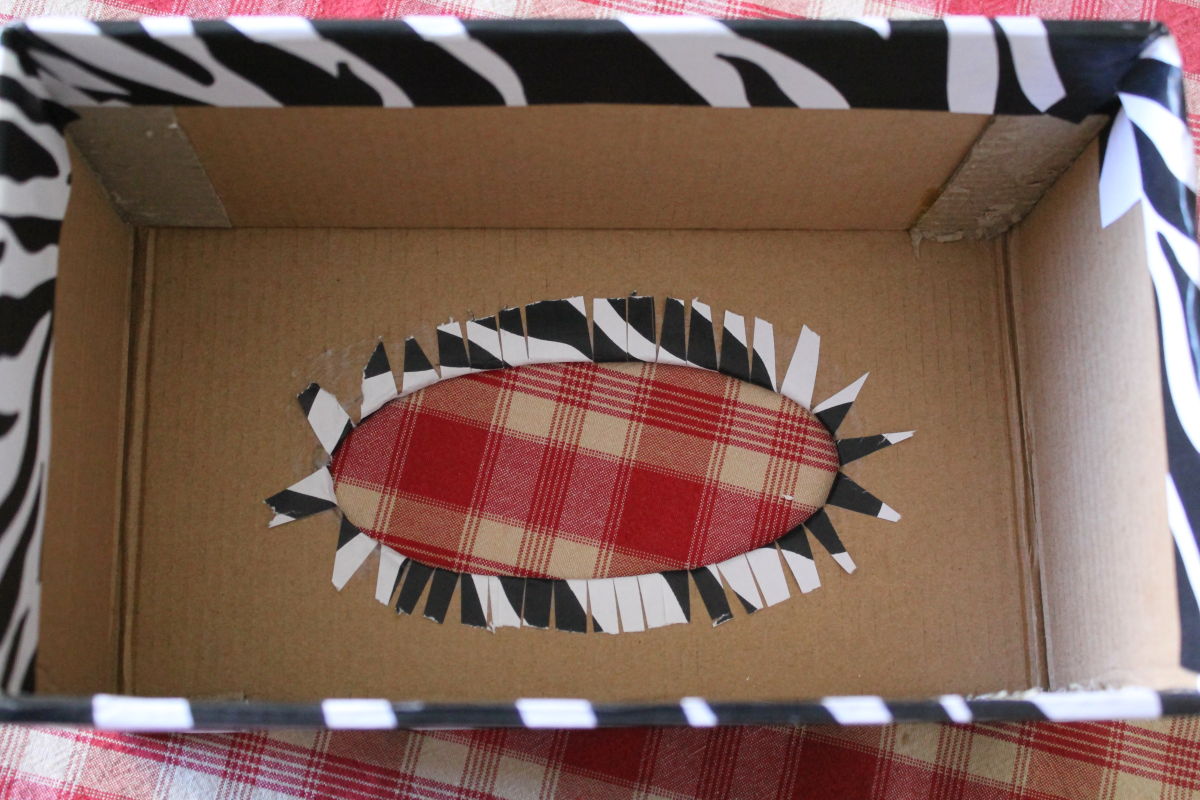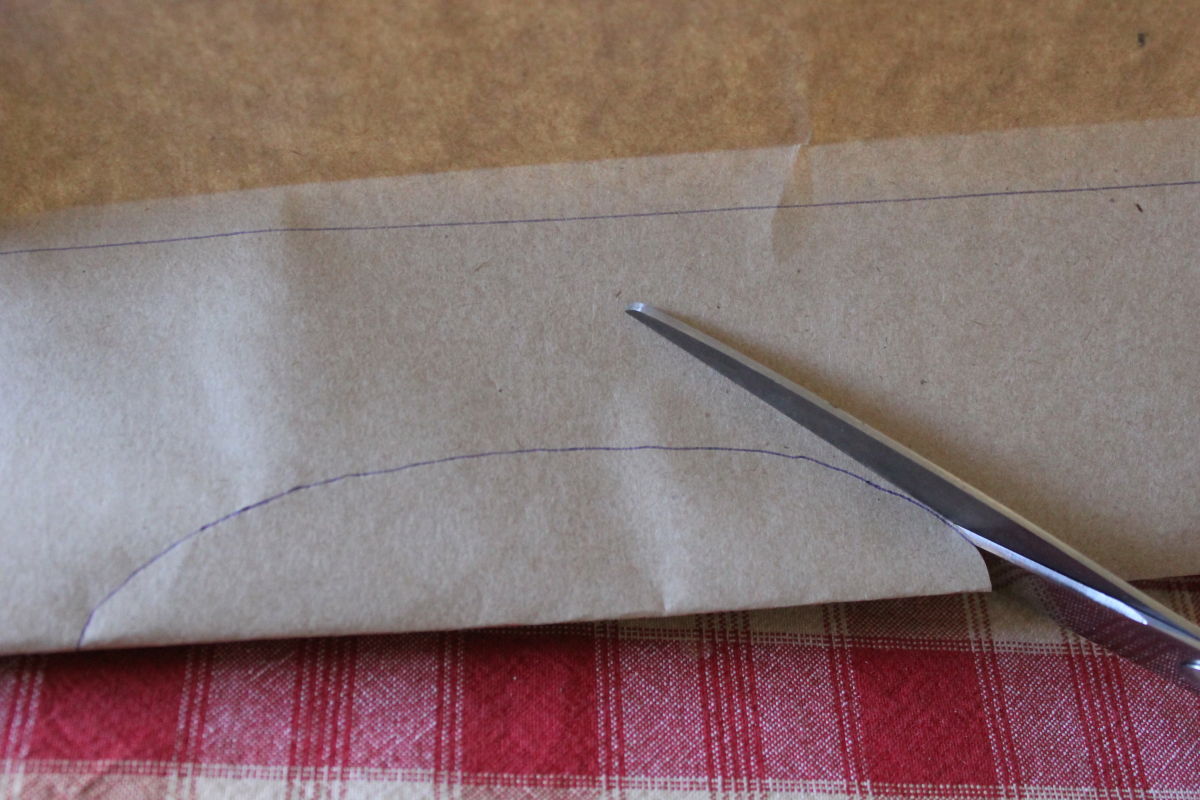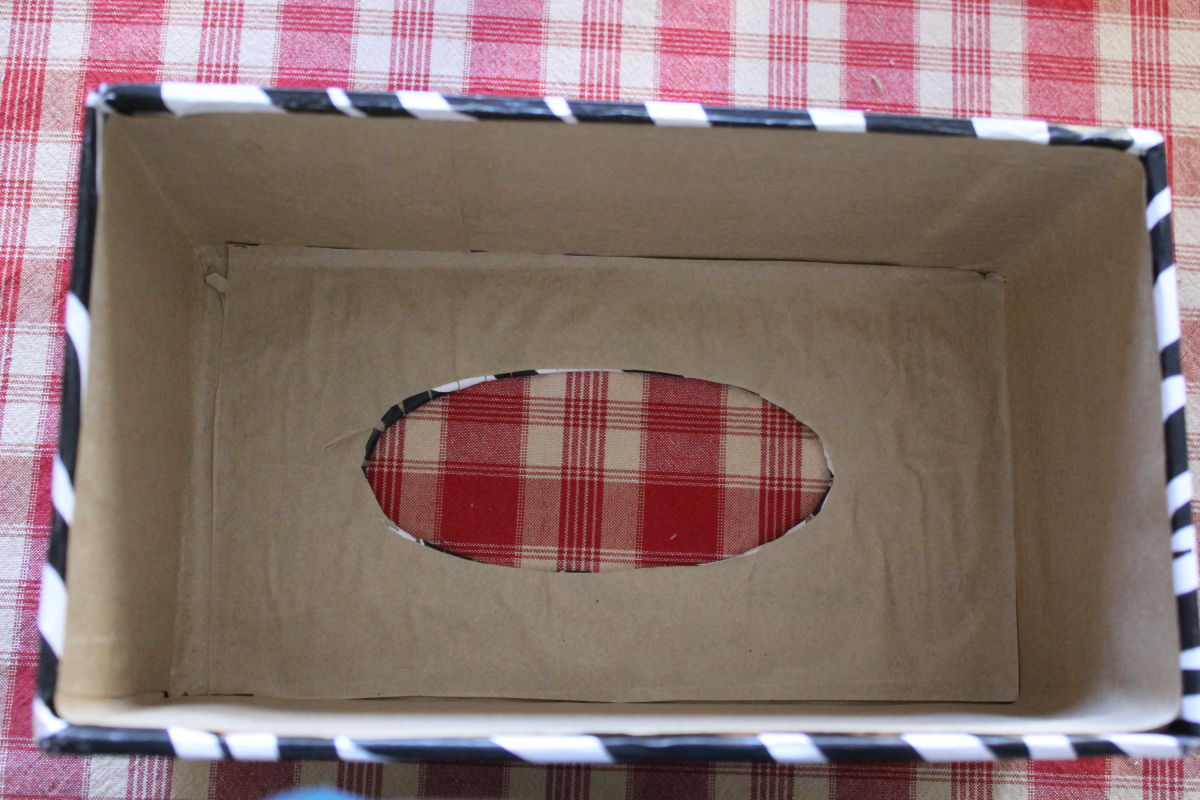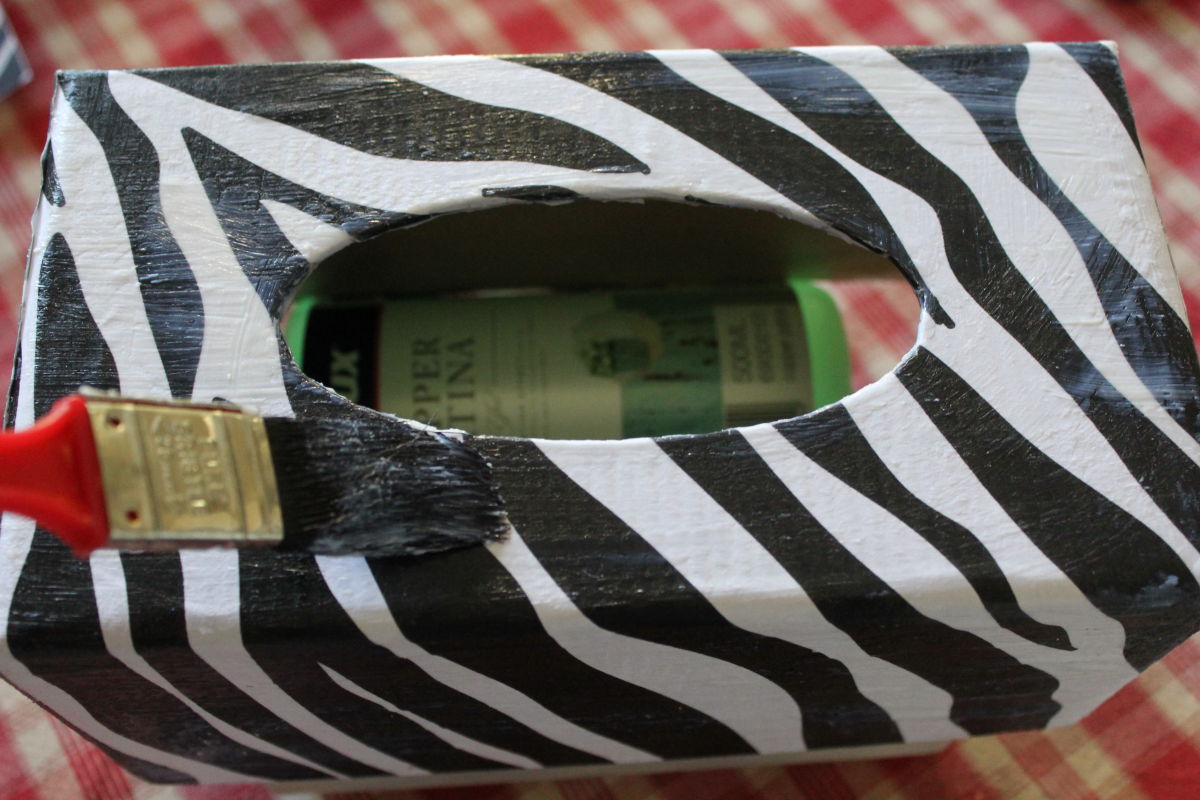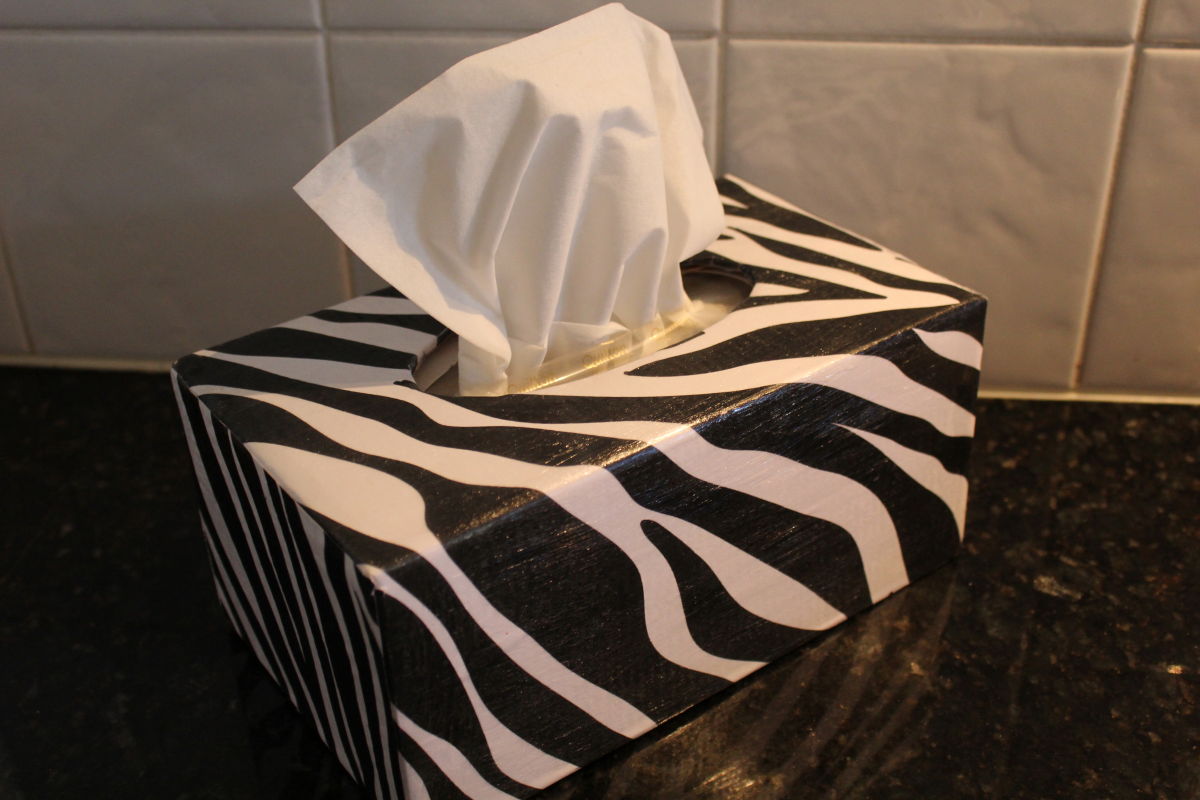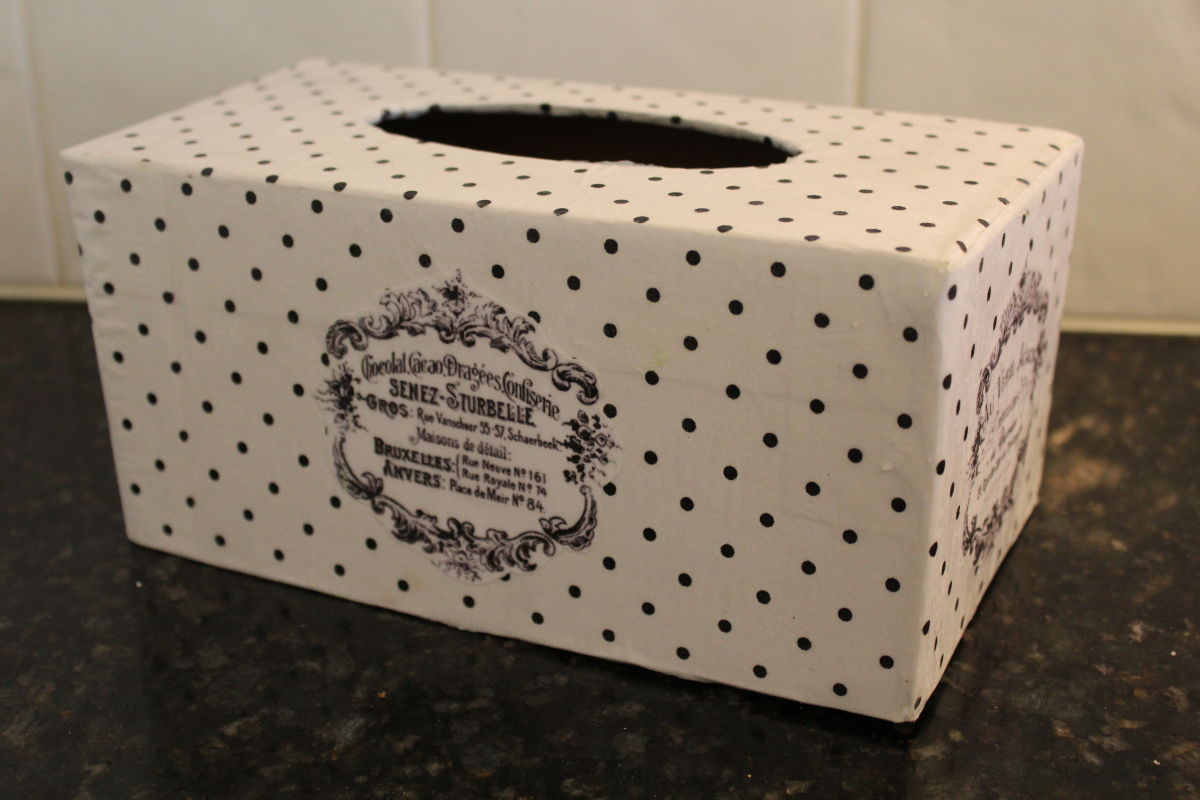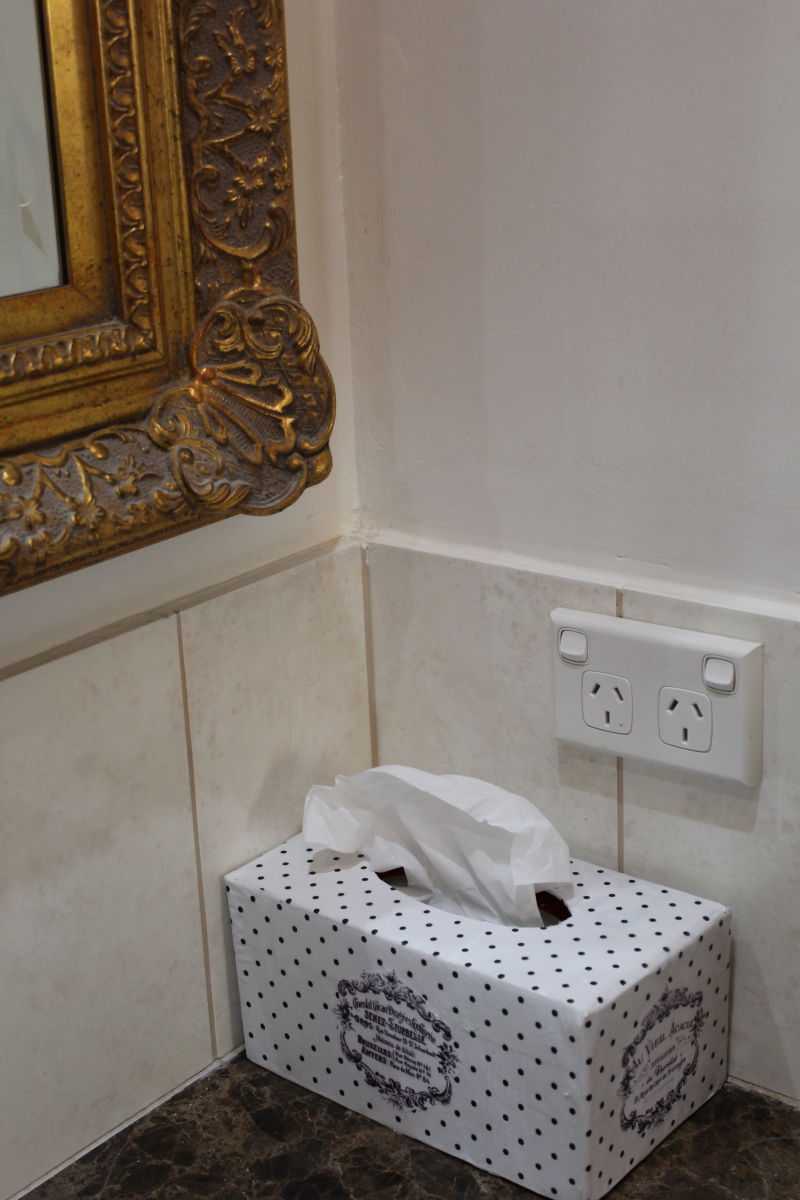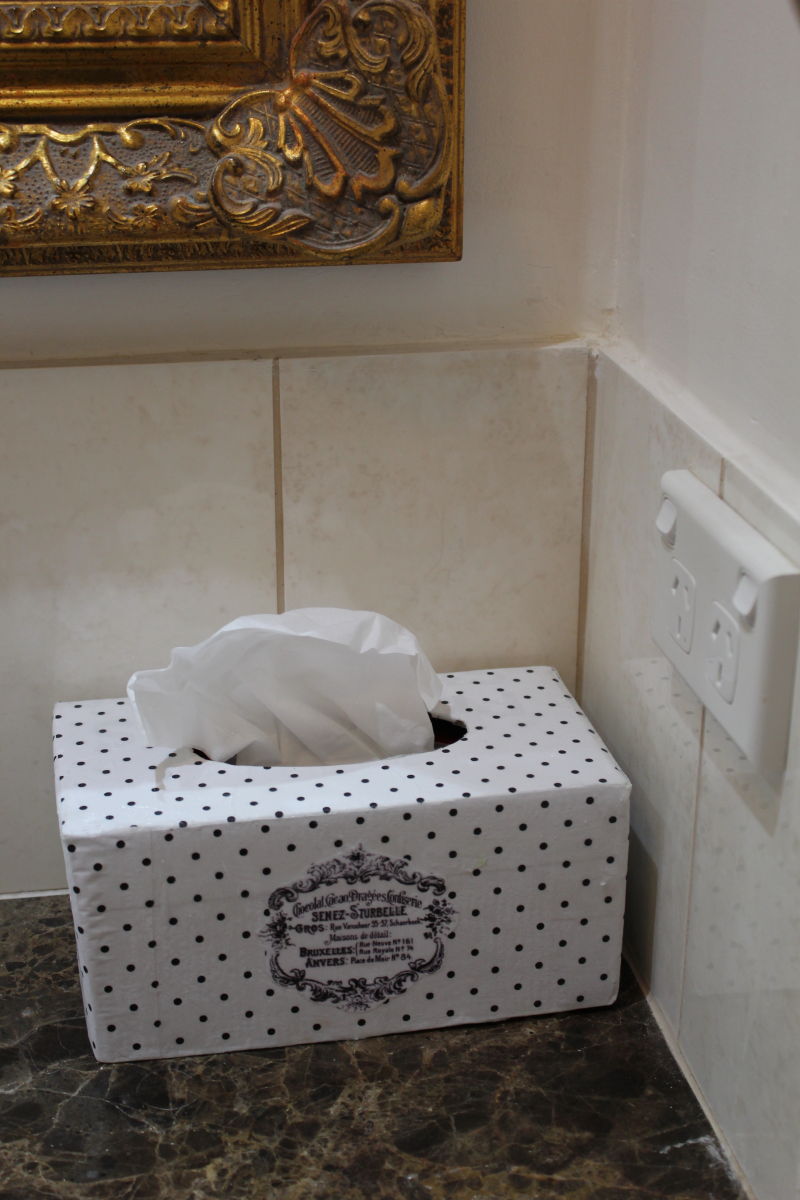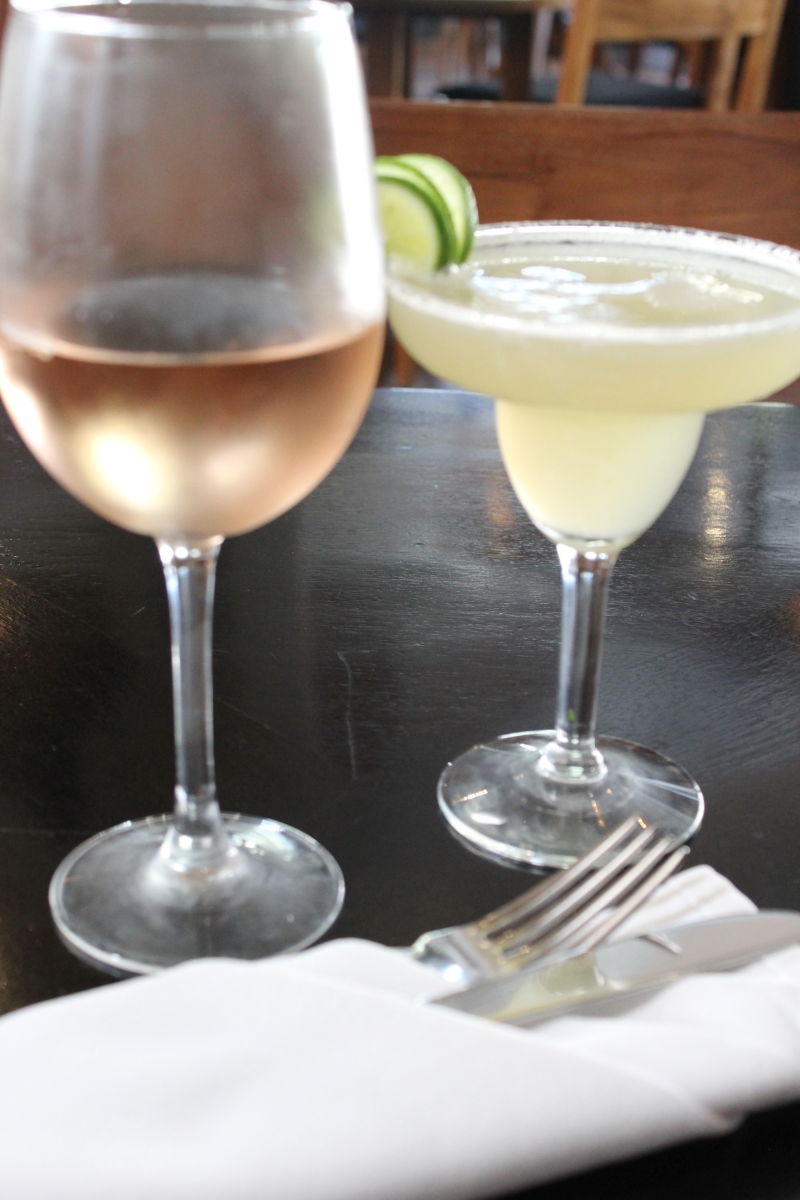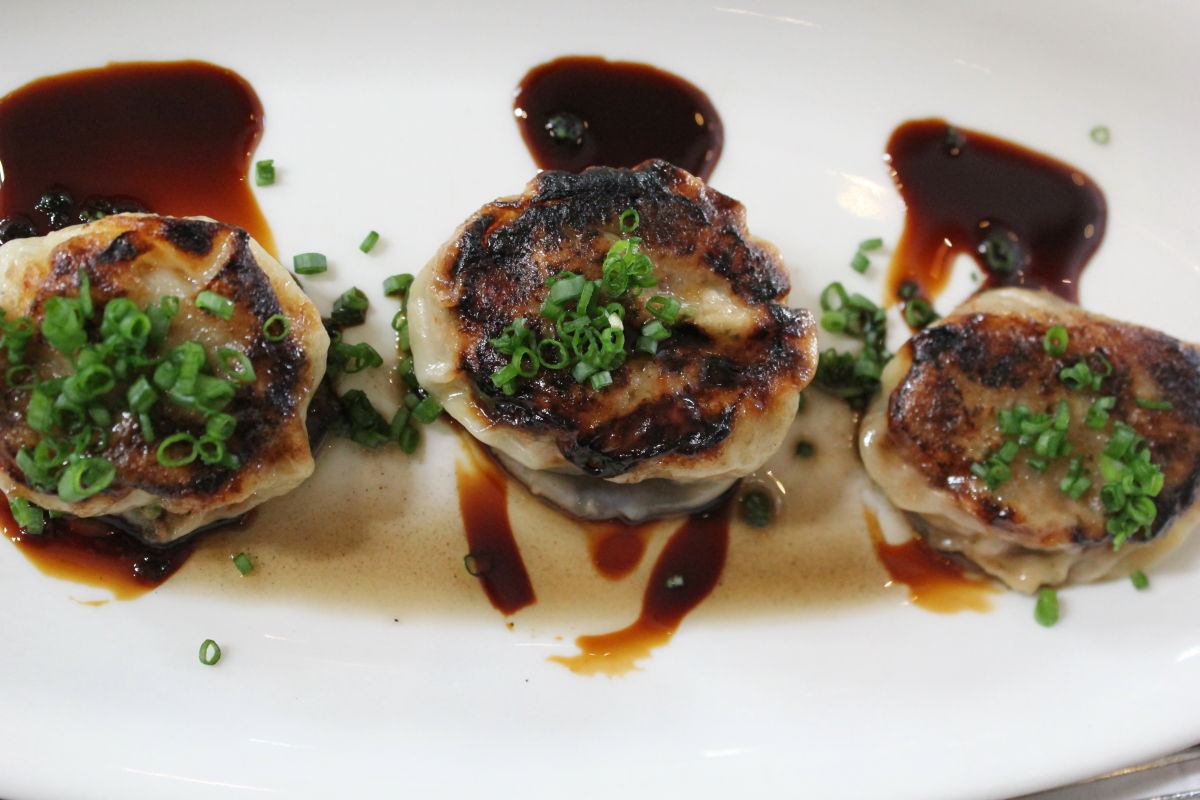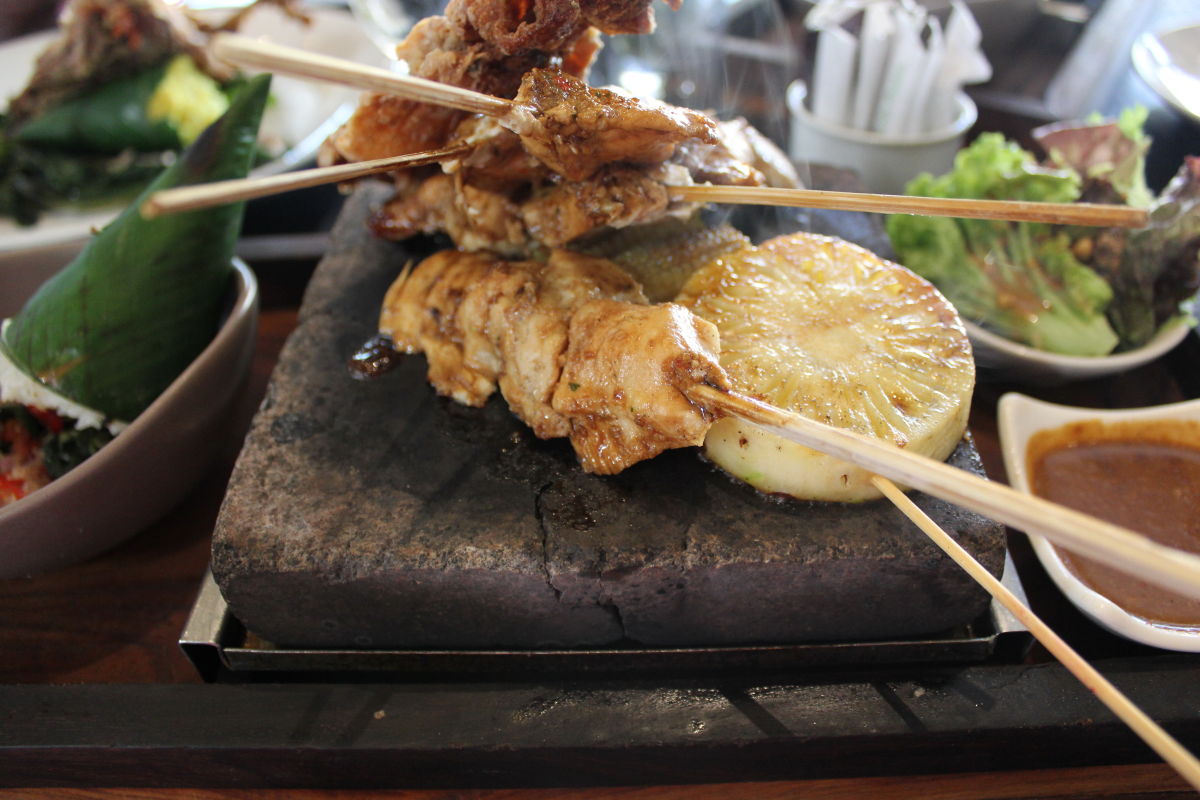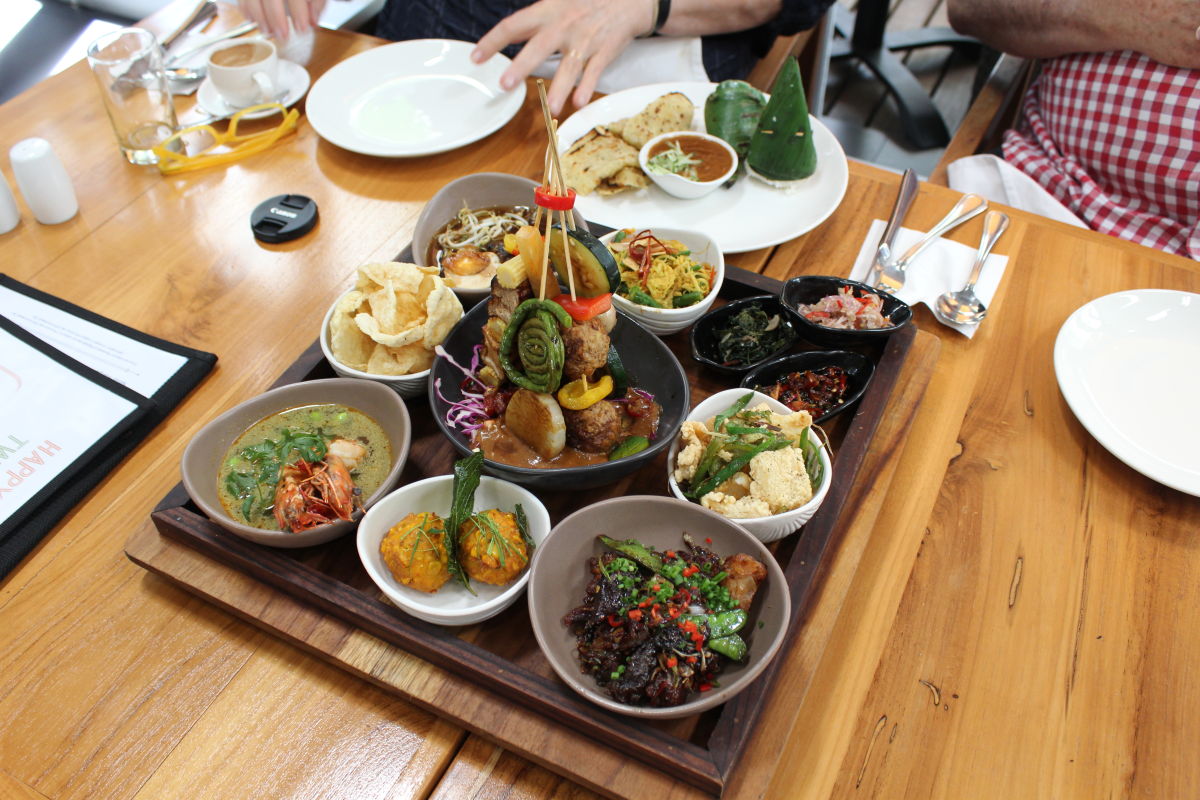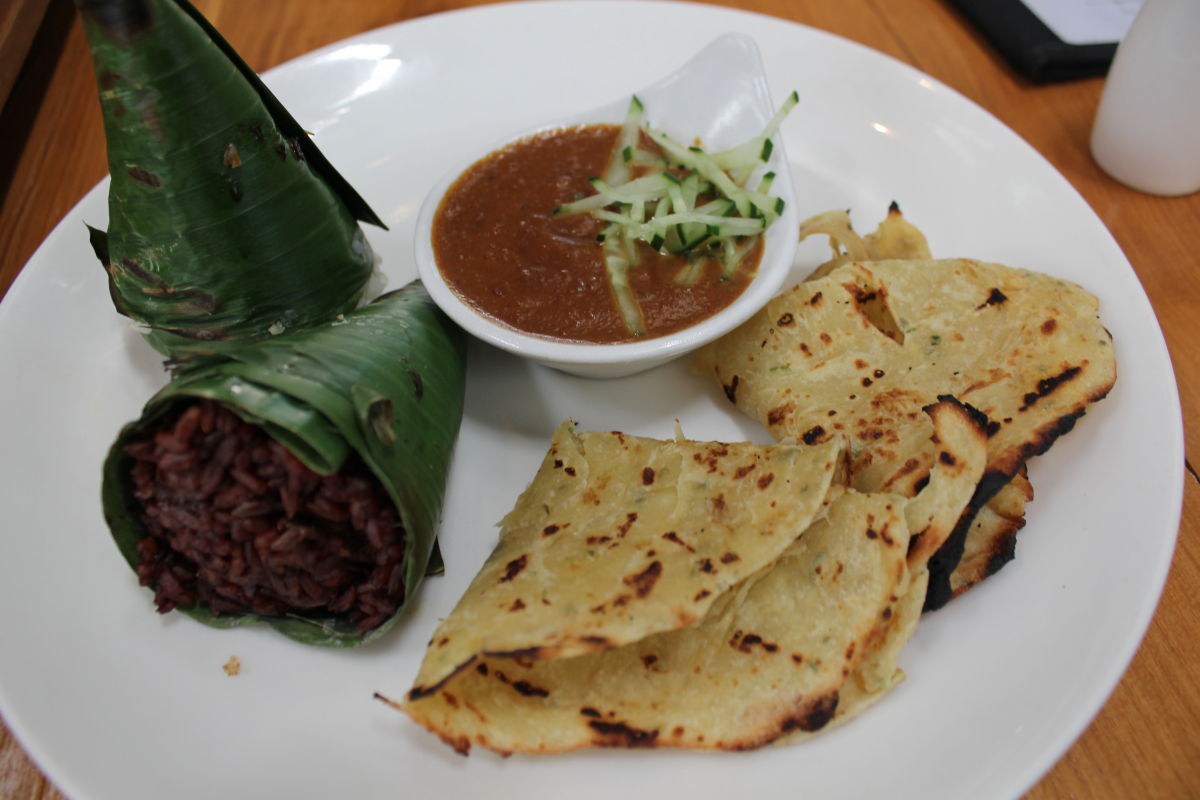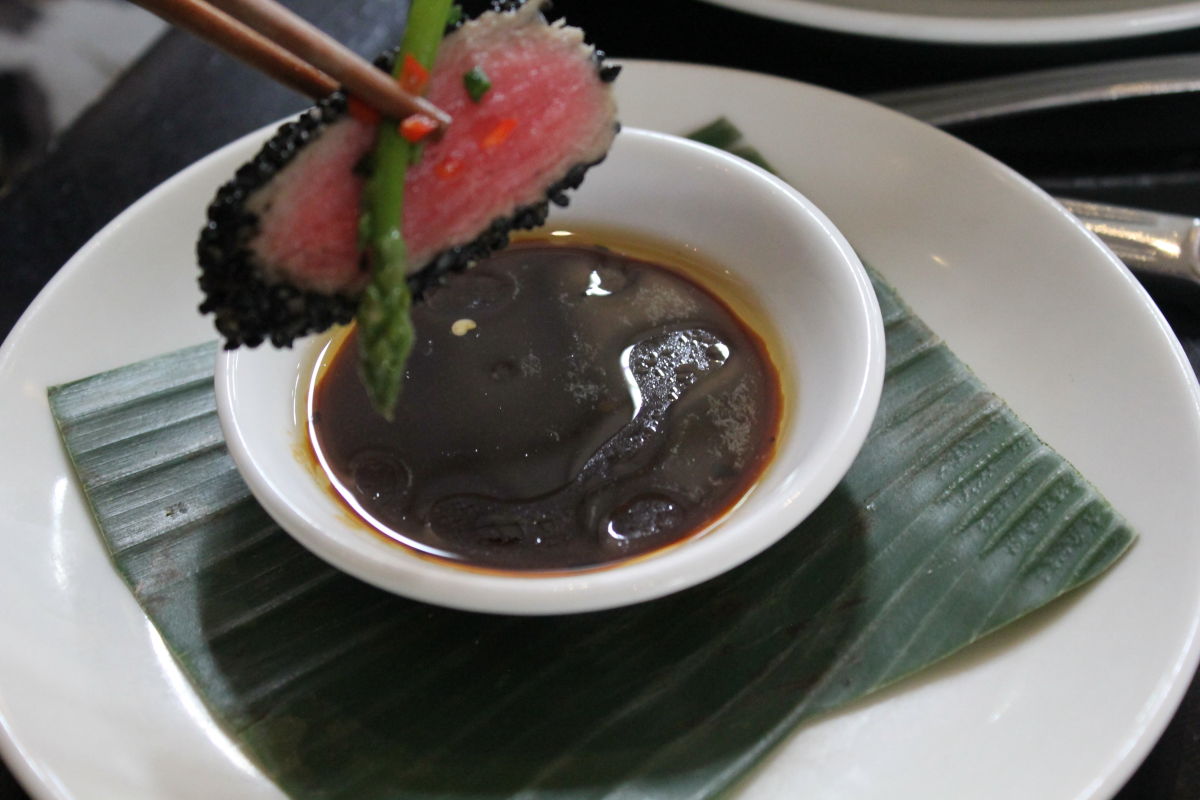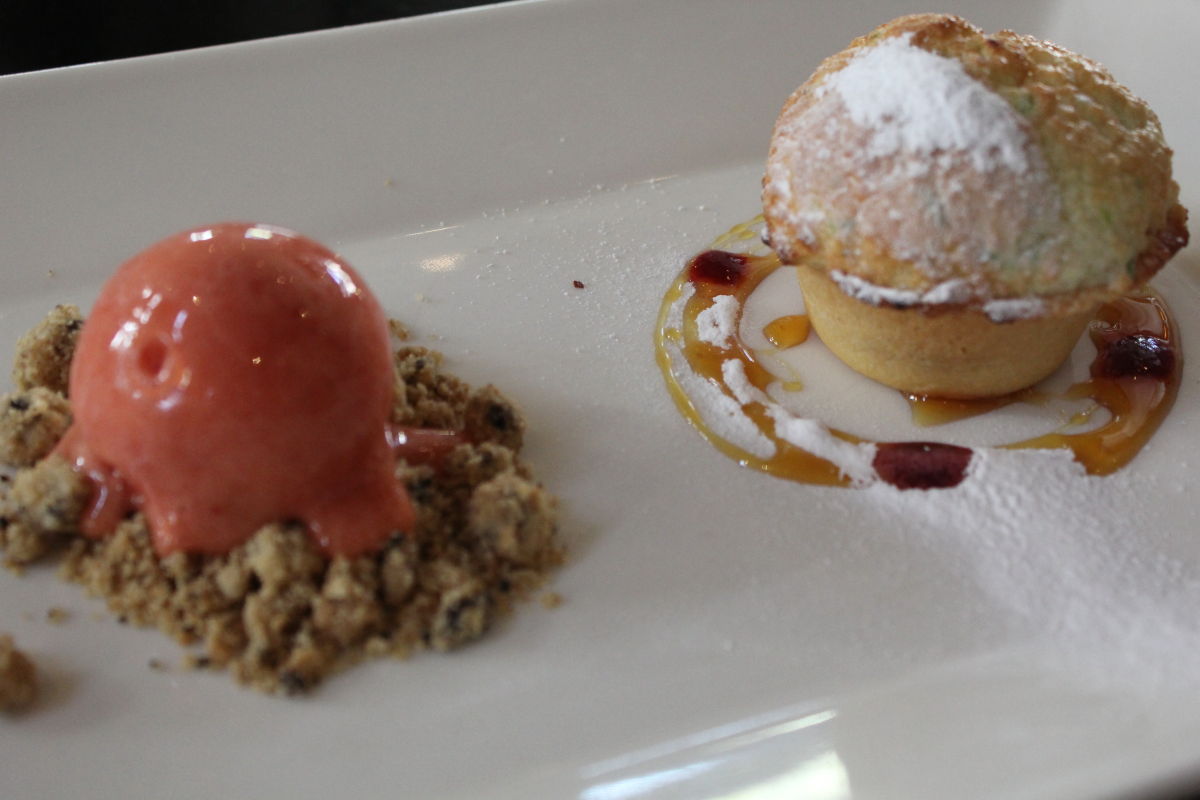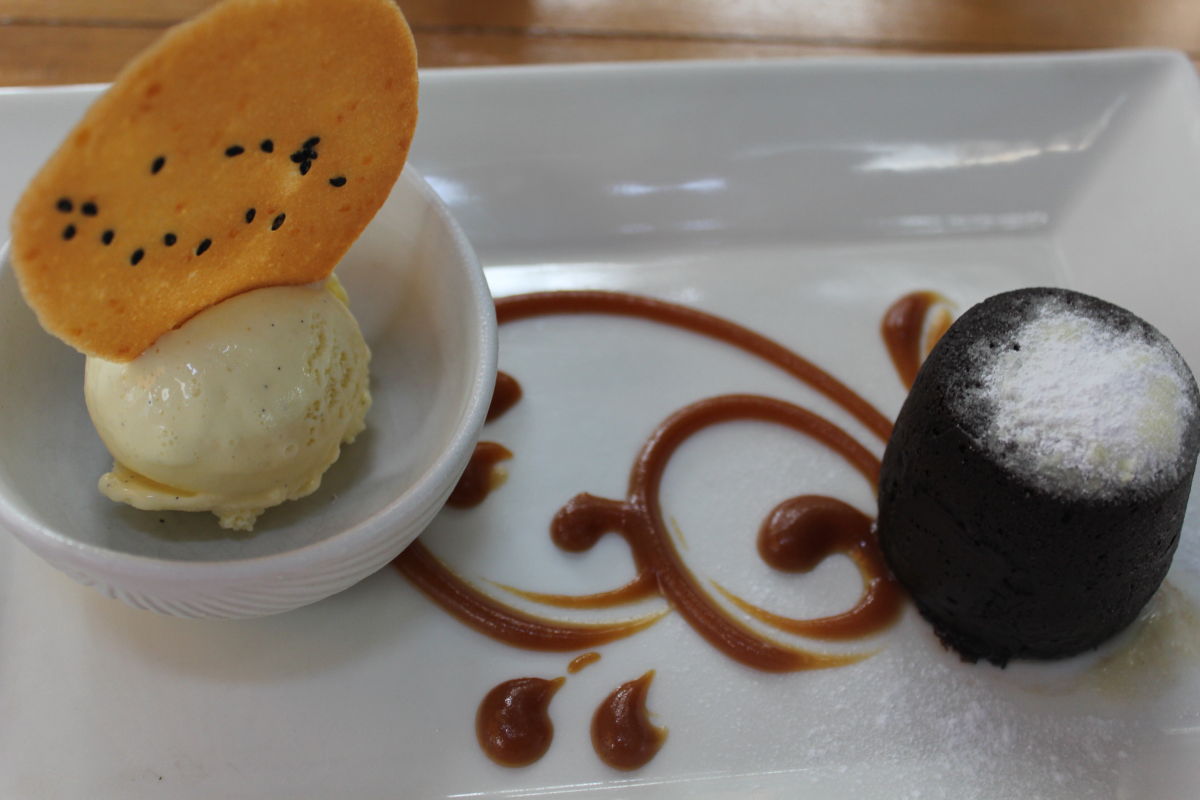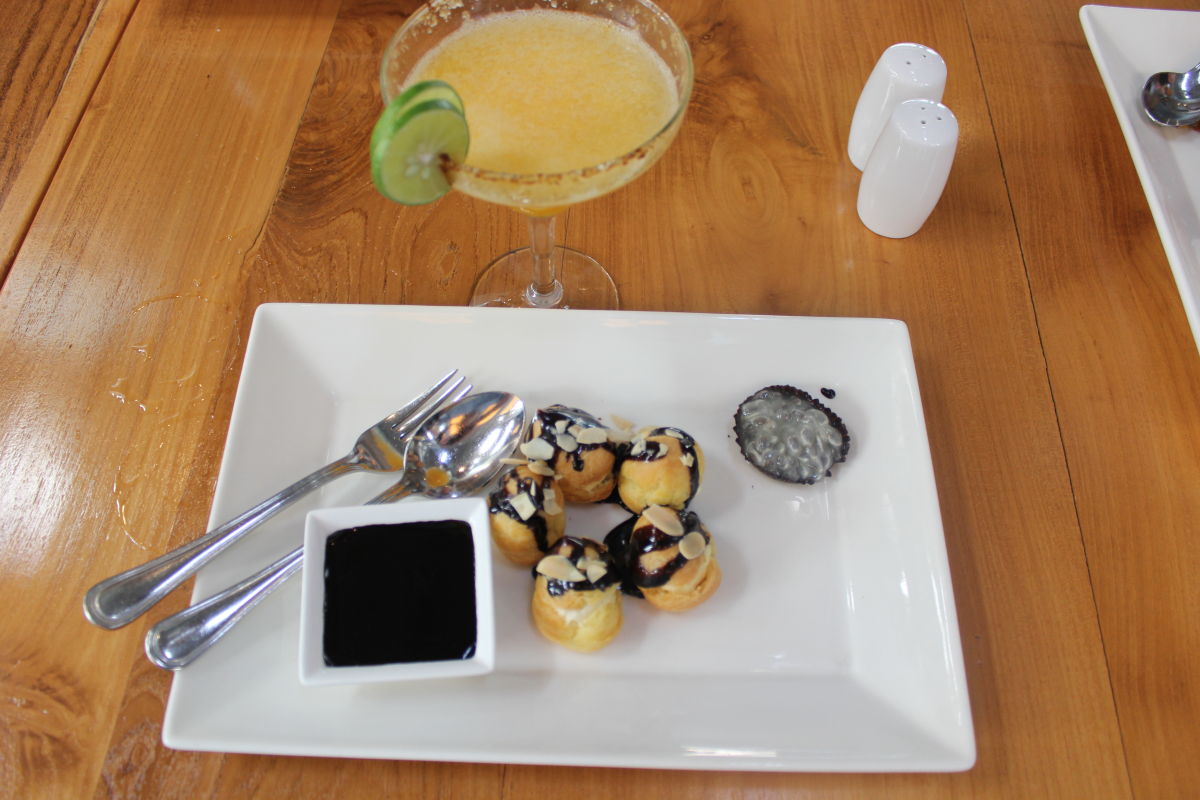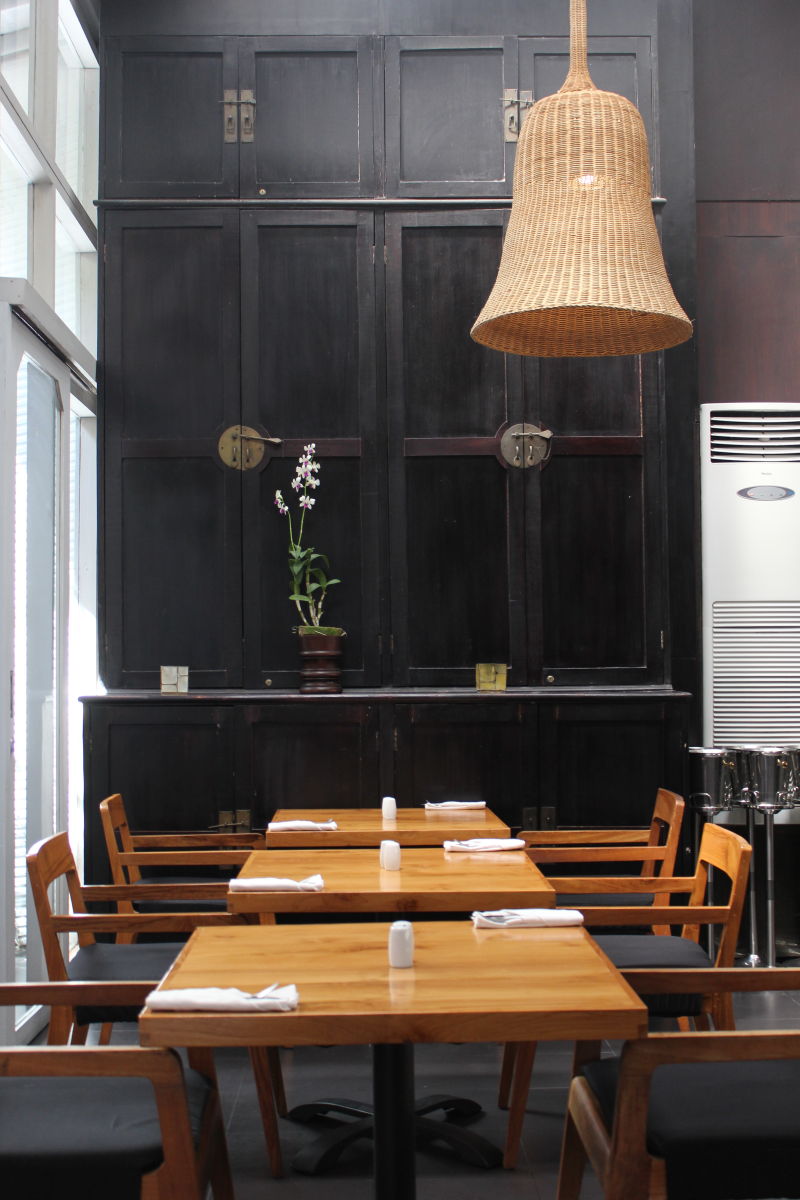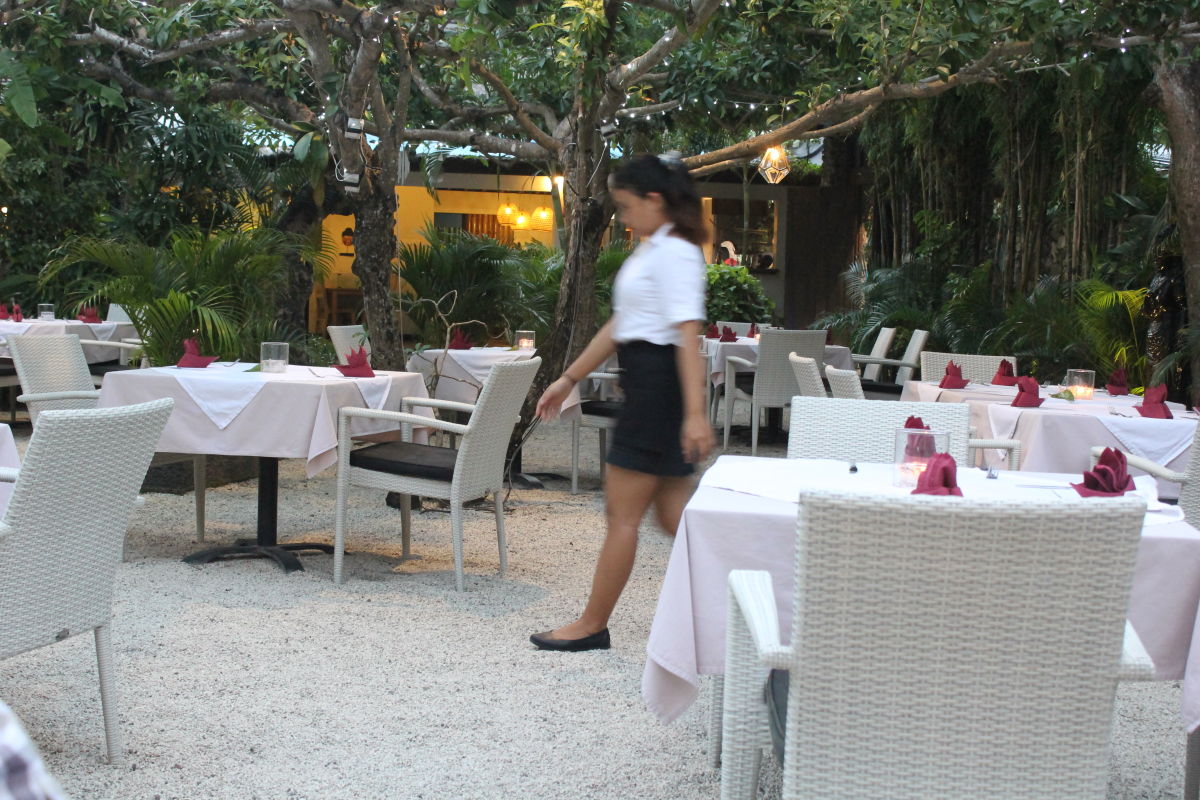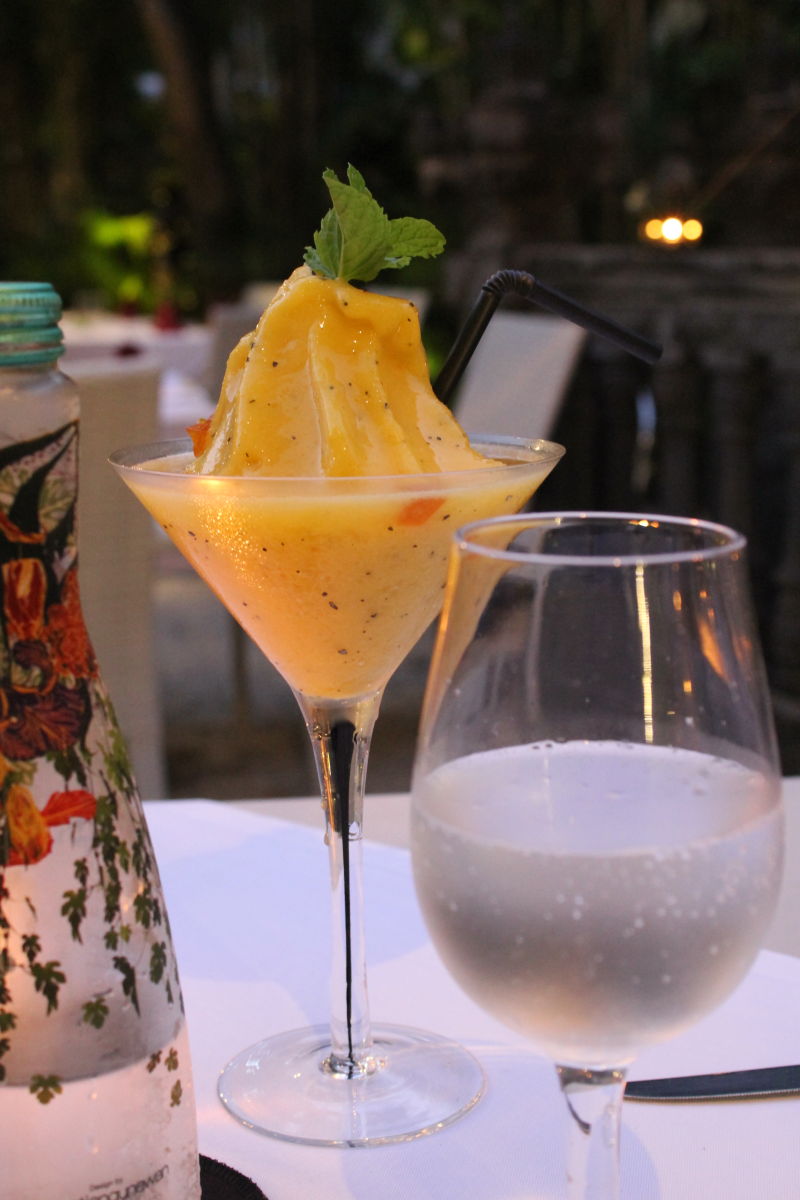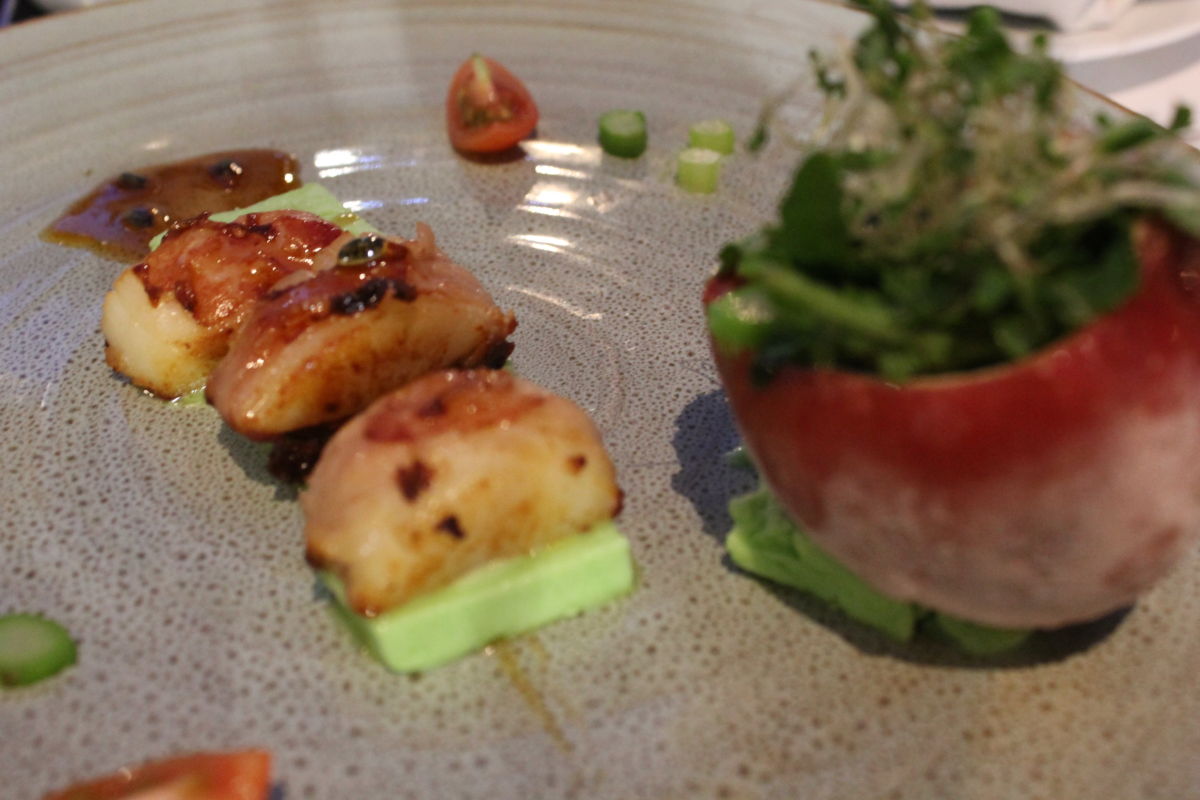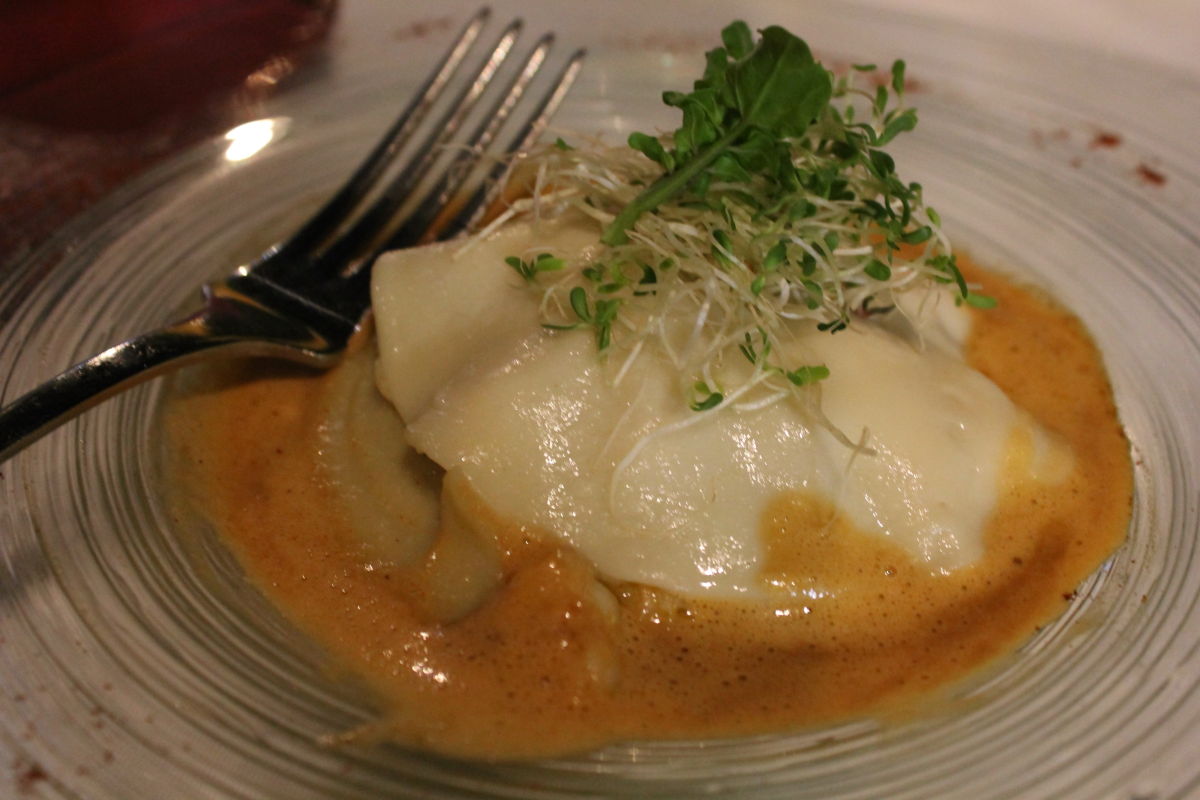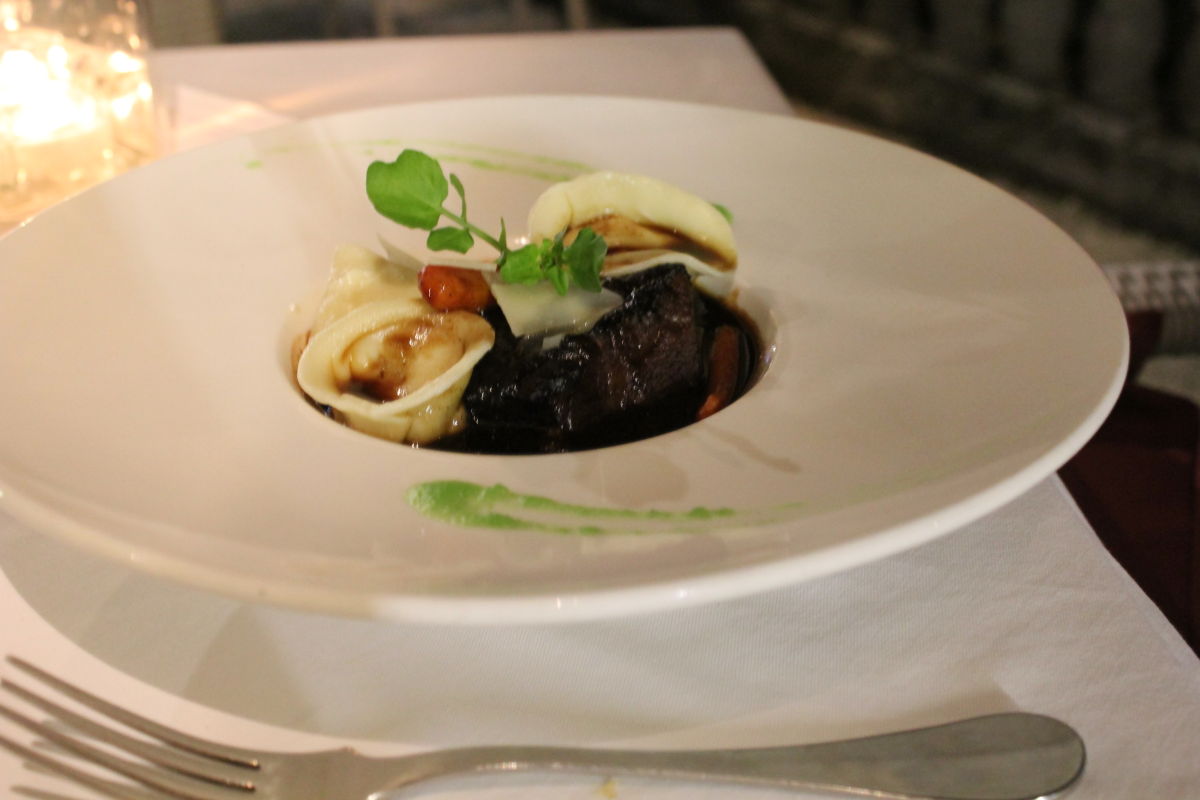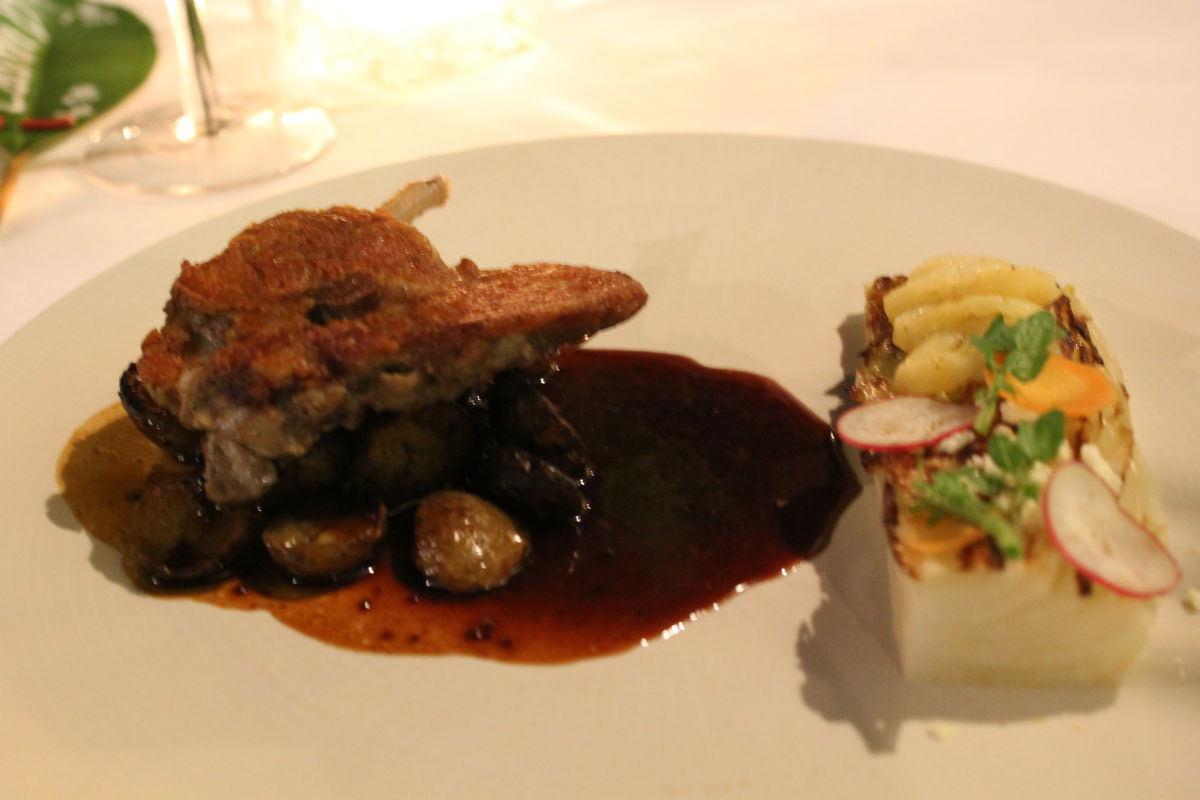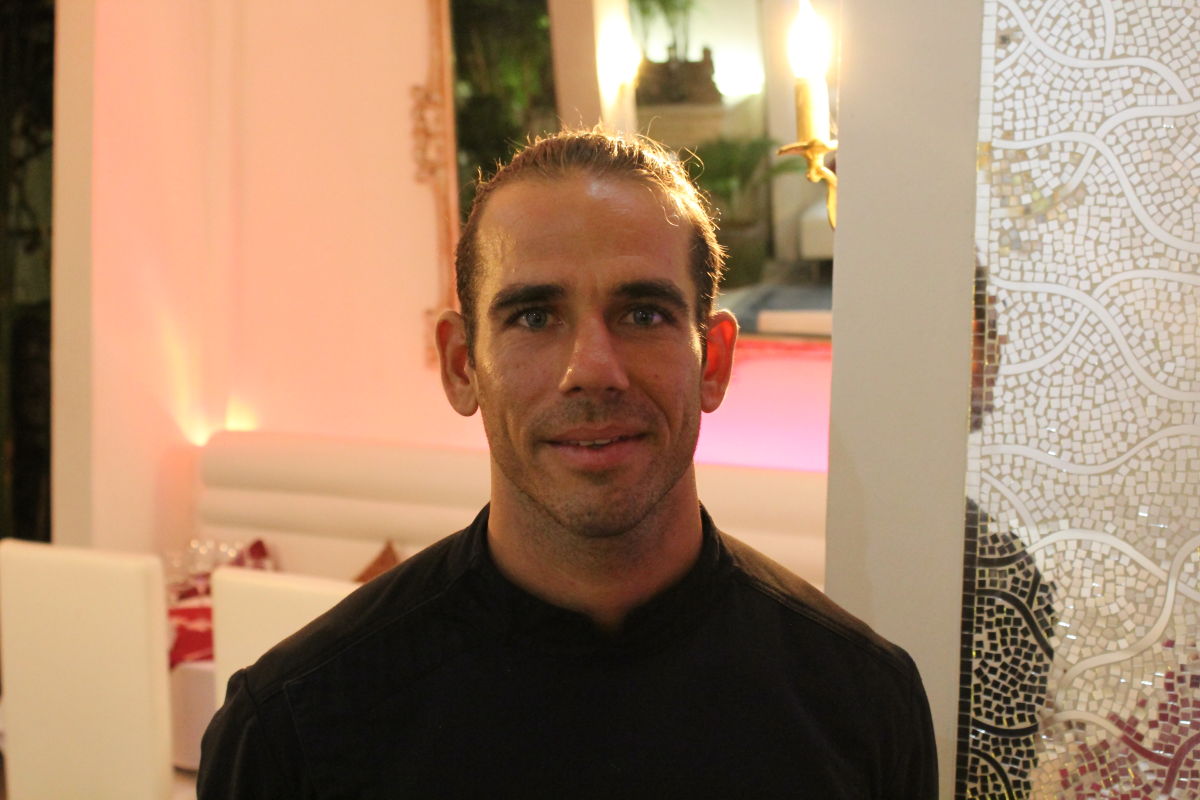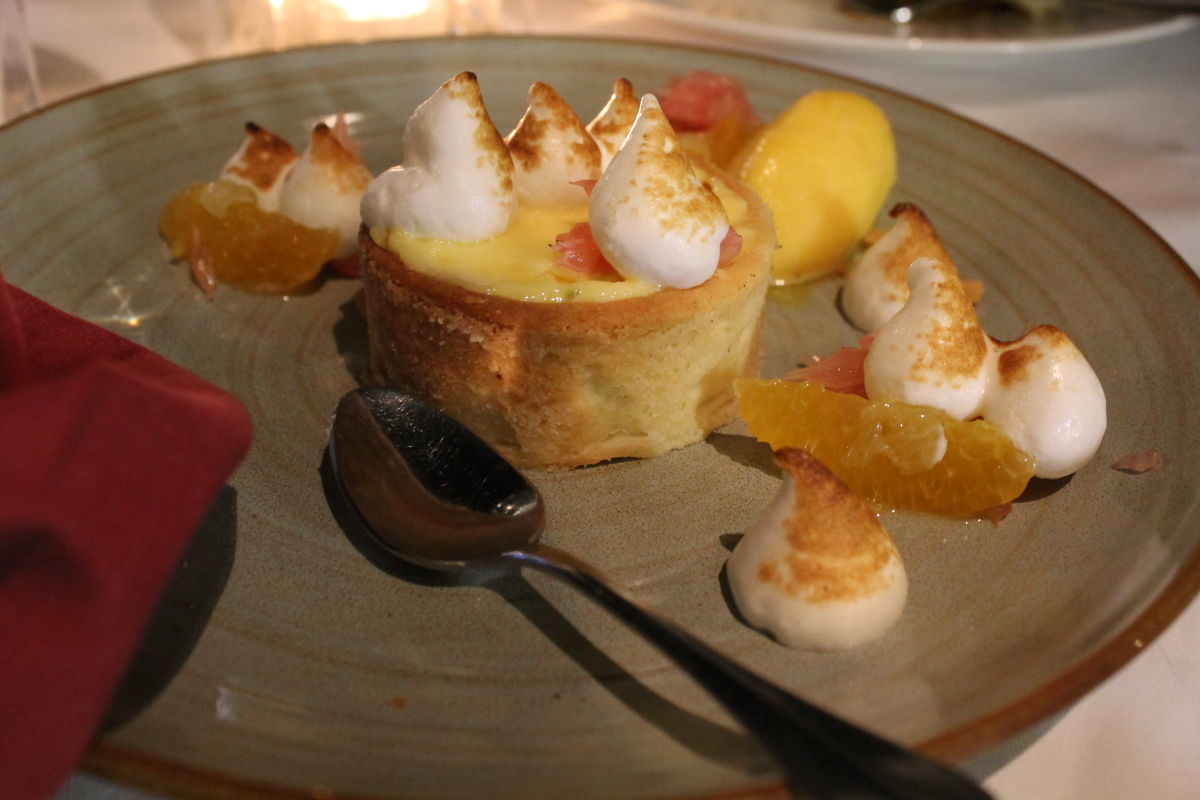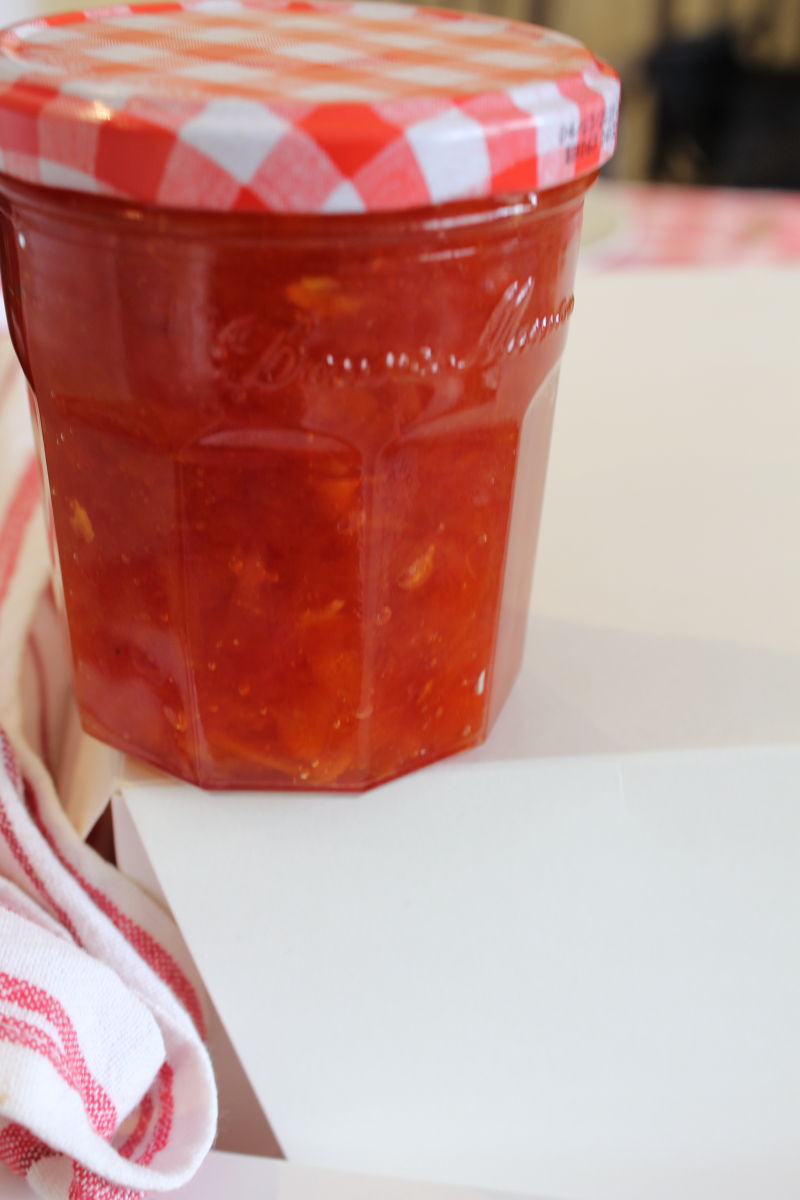


I was very interested when a friend mentioned she’d made marmalade in the microwave and decided to experiment. This seemed a quick and easy way to replenish our marmalade supply and use up some of the winter citrus crops.
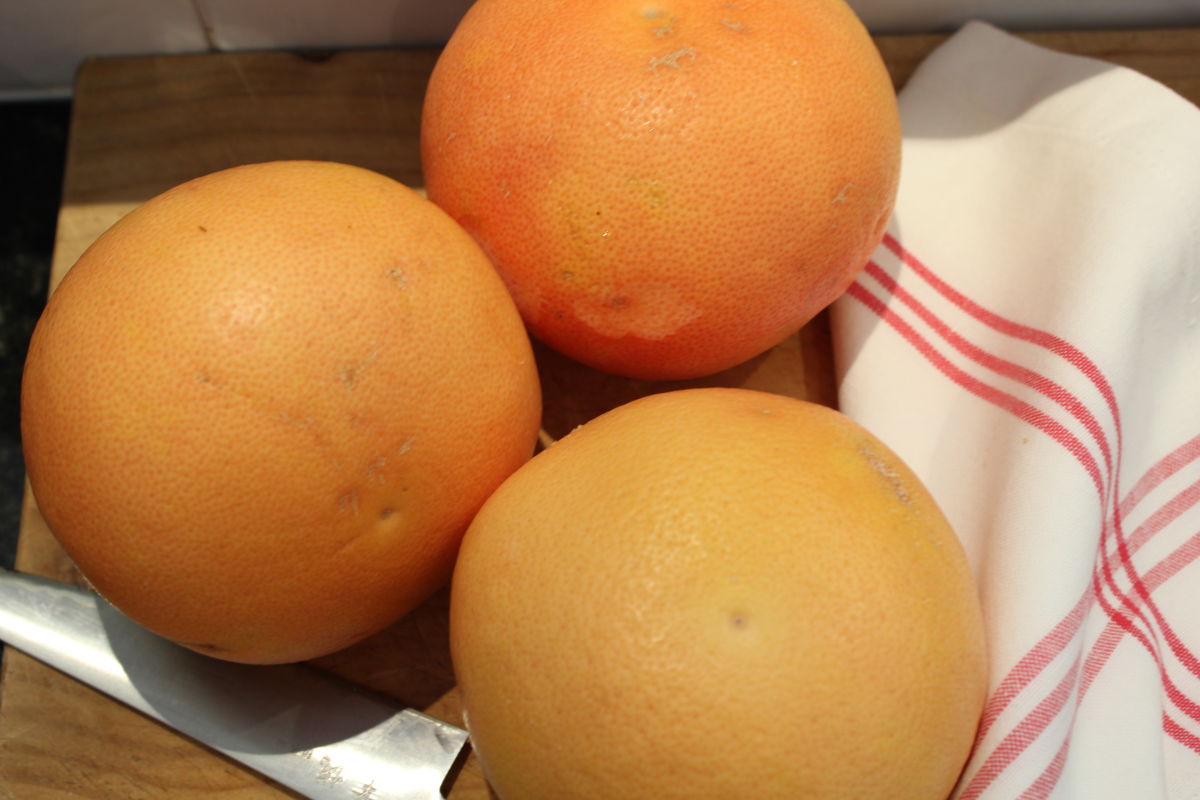

The same friend gave me large, luscious pink grapefruit so I decided to use them to make marmalade. This was so successful I will try the same method to make lime and kumquat marmalade, too, as I have access to both at the moment.
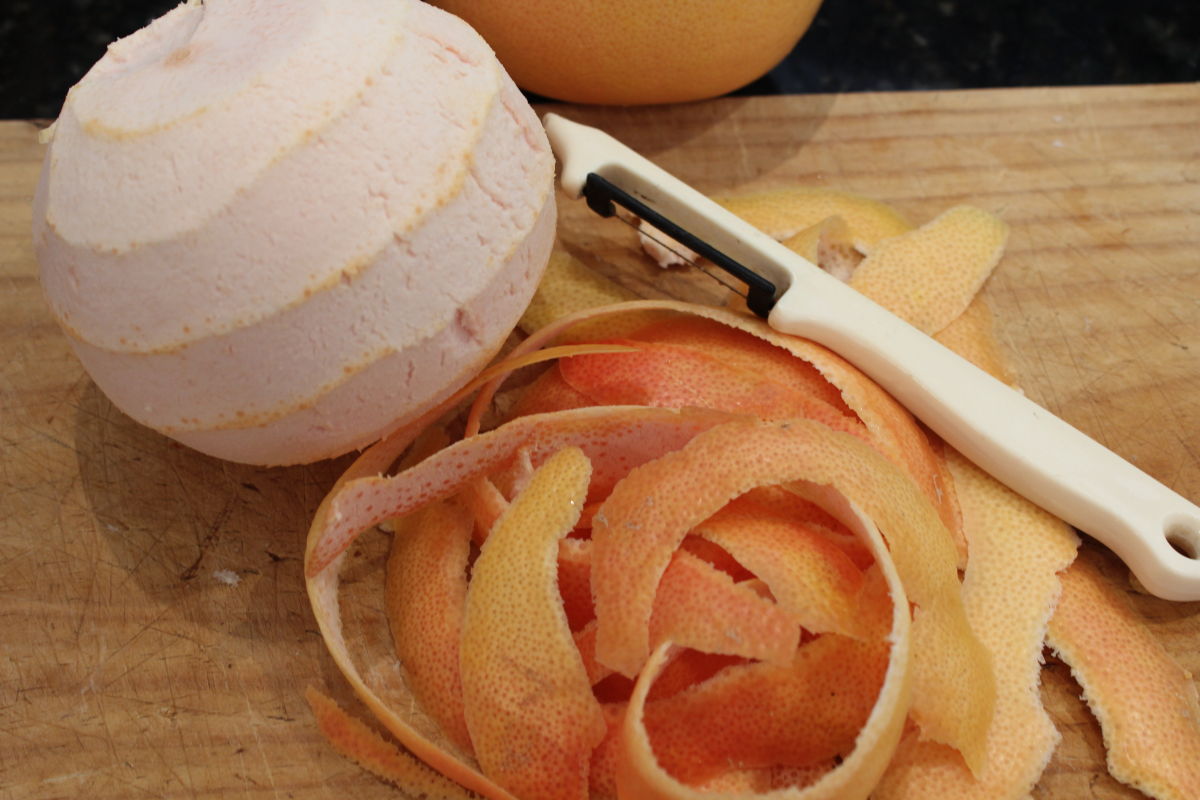

To begin, I scrubbed two grapefruit, weighing one kilo, then peeled them using a potato peeler.
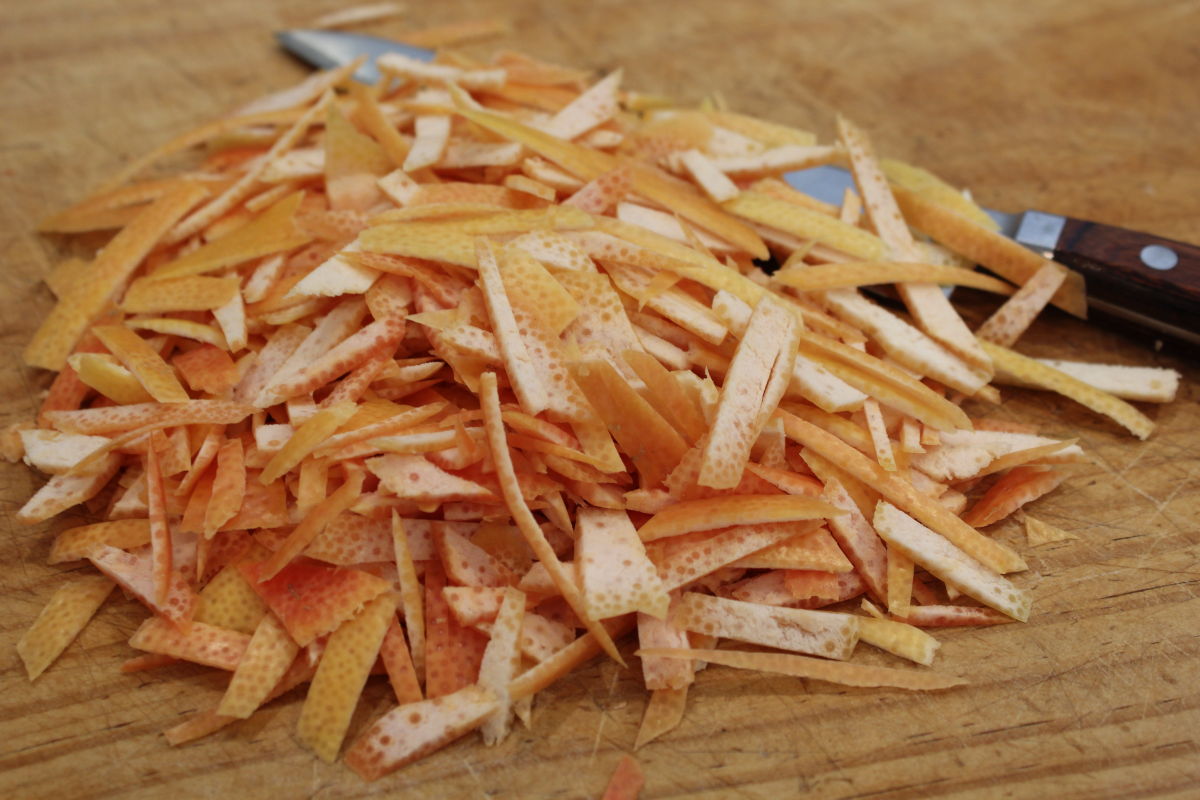

Using a sharp vegetable knife I cut the peel into thin strips, which released the wonderful aroma of the oil in the peel.
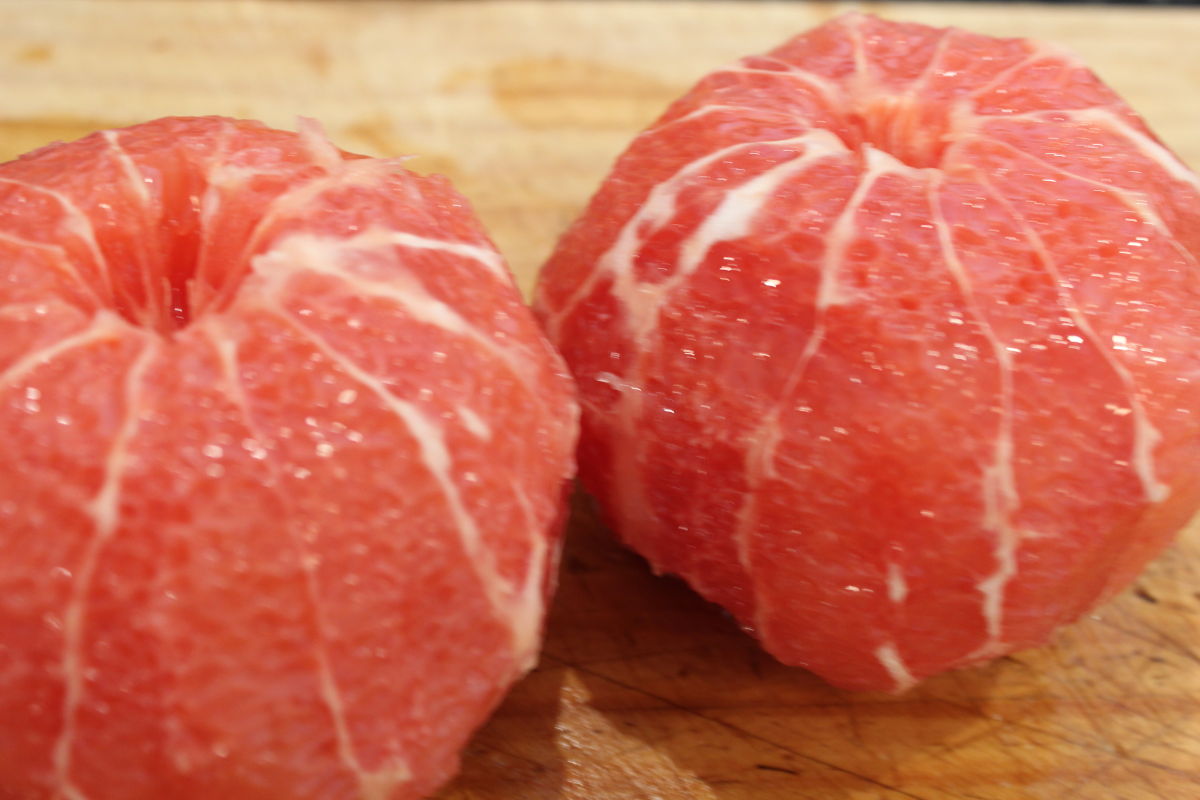

I carefully removed as much pith as I could, then cut the grapefruit into segments making it easier to remove any remaining pith and seeds.
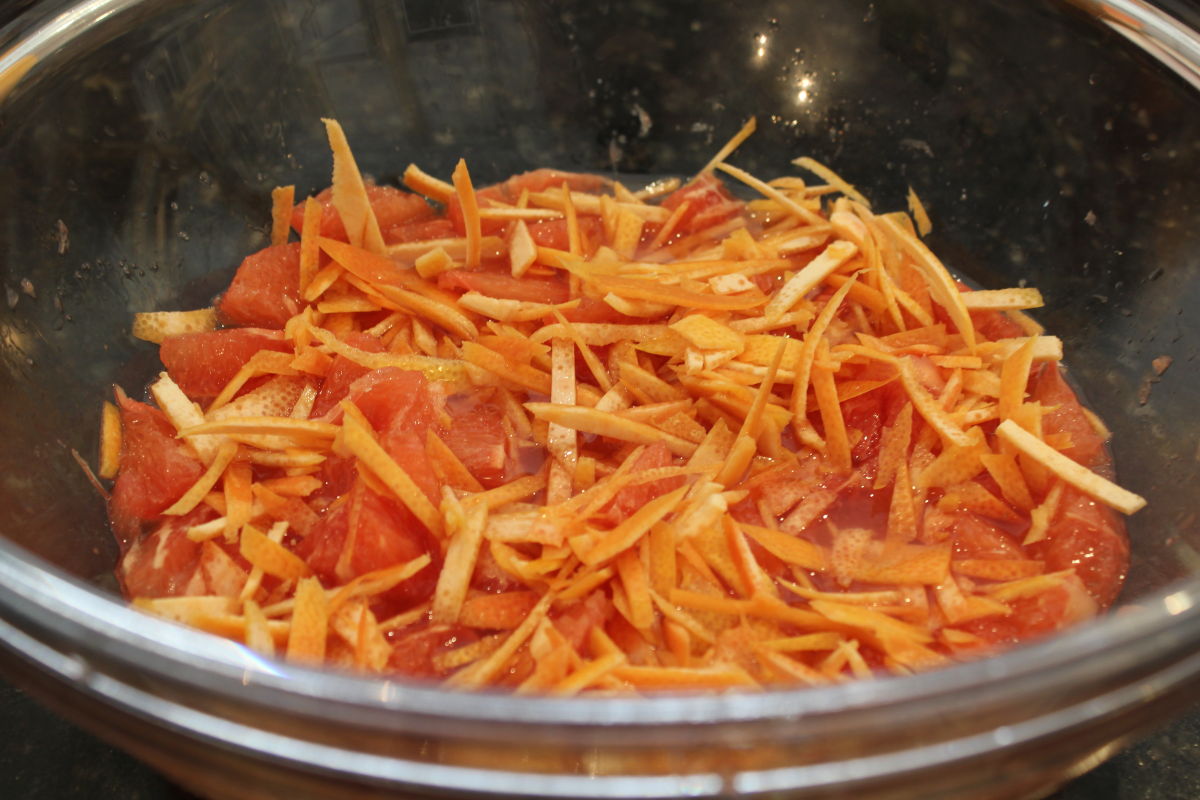

Put the fruit ( about two cups) with their juice and peel into a large microwave safe bowl with two cups of sugar. Cooked it on HIGH in 5, five minute bursts, stirring at the end of each five minutes. I dropped some on a saucer at the end of four five minute bursts (20 minutes) and thought it was not ready and repeated this after the fifth session and thought it was just right and it was thick and ready.
I had washed the jars in the dishwasher earlier but put them in the sink and poured boiling water over them and the lids before emptying them and leaving them to air dry on the sink.
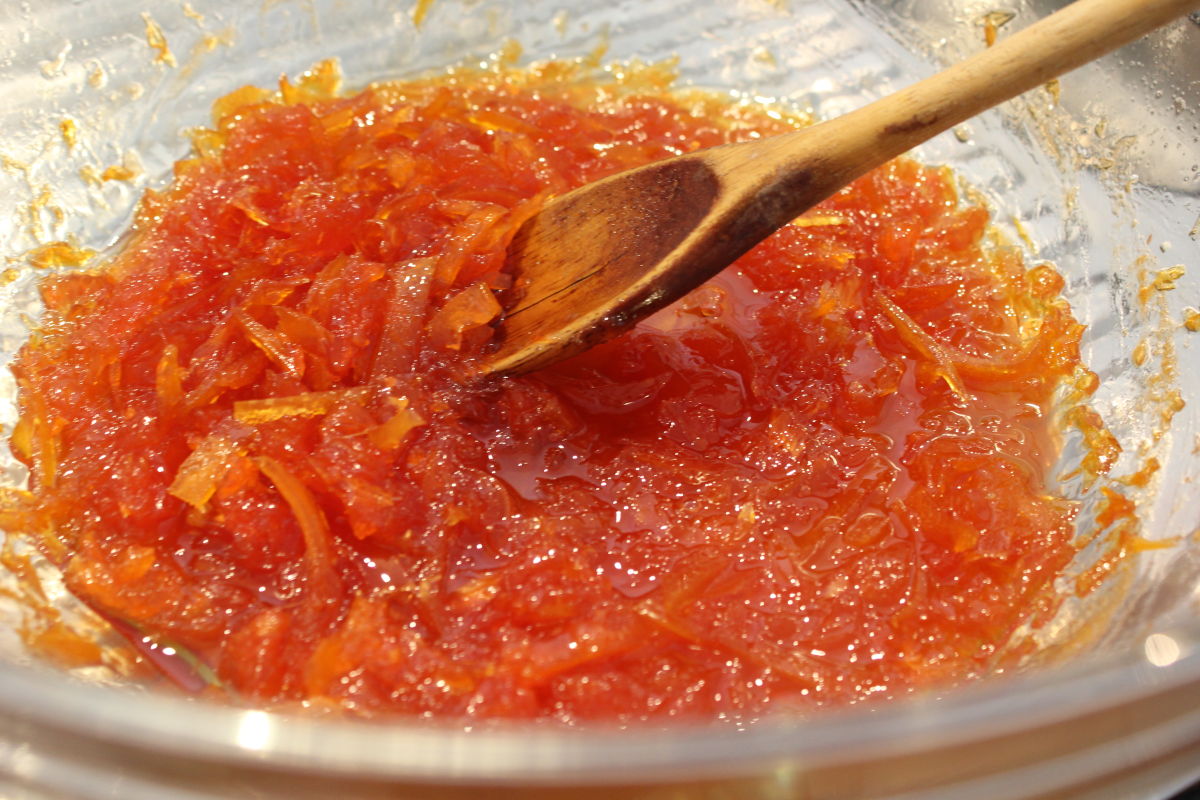

The marmalade was thick, rich and not too sweet, so just as my husband likes it. Chunky with peel and fruit pulp, it smells and tastes wonderful. I’ll be making marmalade this way in the future.



This is the first time I have made marmalade in the microwave. This way is much quicker than making it in a pot on the stovetop and seems less sticky, too, but I don’t know why! Two very big pink grapefruit made two jars of marmalade so next time I will double the proportions.
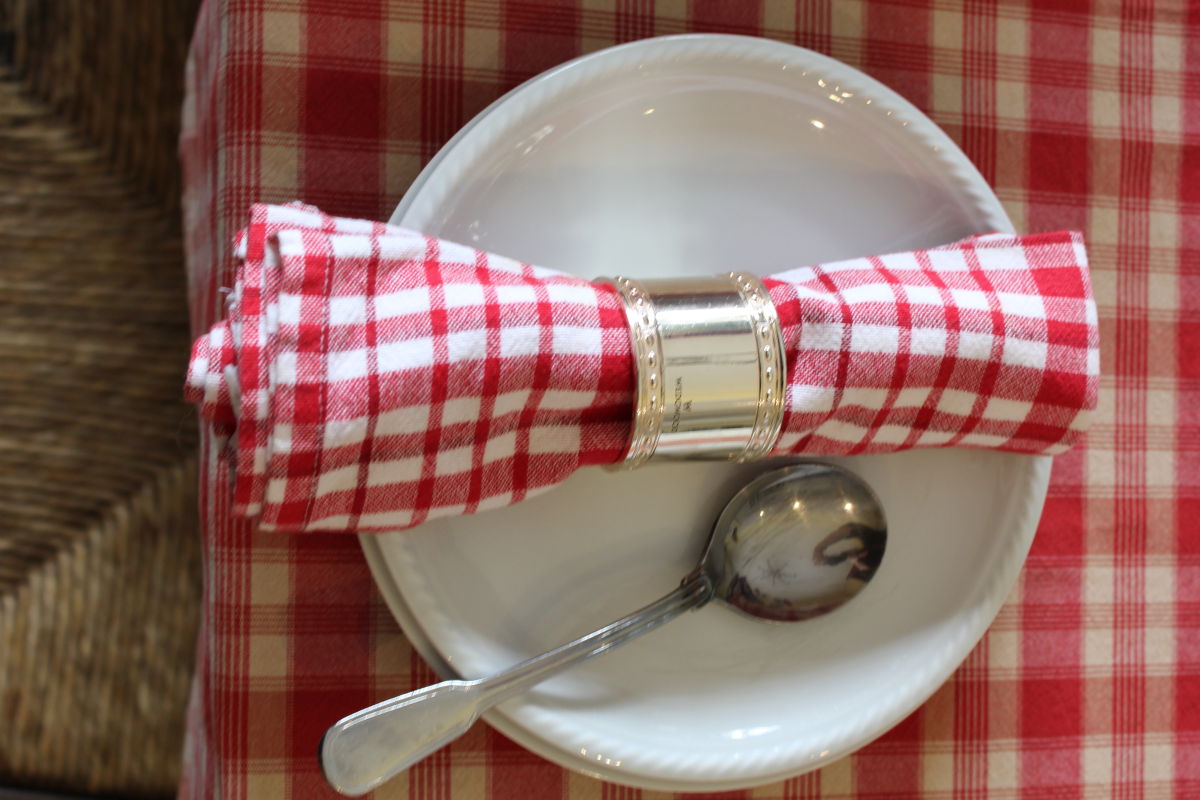

Set the table for lunch. We’re a family who like serviettes/napkins but I don’t like washing and ironing small, elegant ones, so years ago I bought a set 0f three similar tea towels and we use them instead. They are a generous size and are 100% cotton so wash well. I no longer iron them. They come off the line and straight back into use on the table.
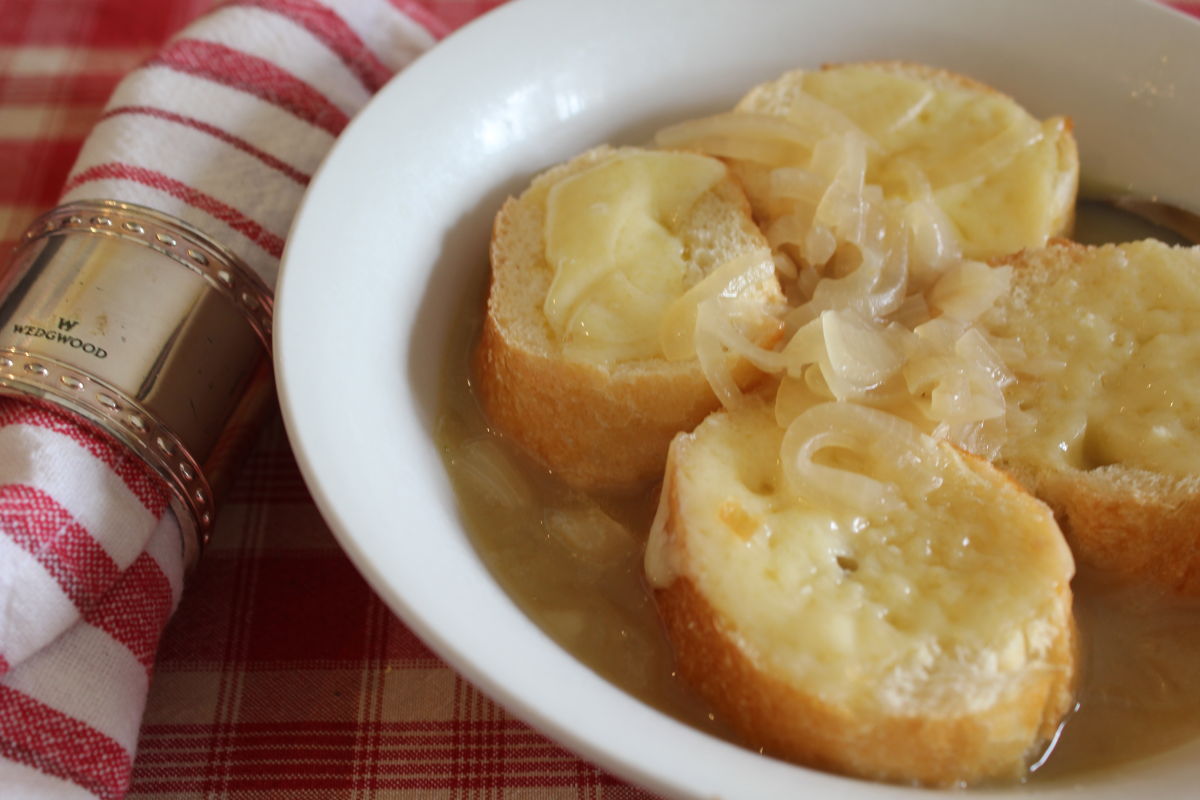

First thing I made this morning was French Onion Soup for our lunch. I peeled and thinly sliced four onions and cooked them in a little butter until they were translucent, then stirred through a dessertspoon of plain flour. Next I added 1 lt of water and 110 ml of white wine and let it cook for about half an hour, stirring every now and then. Seasoned to taste. Served four.
I didn’t have any ovenproof bowls so toasted the sliced baguette topped with gruyere cheese under the grill and put slices on top of the soup. Delicious.
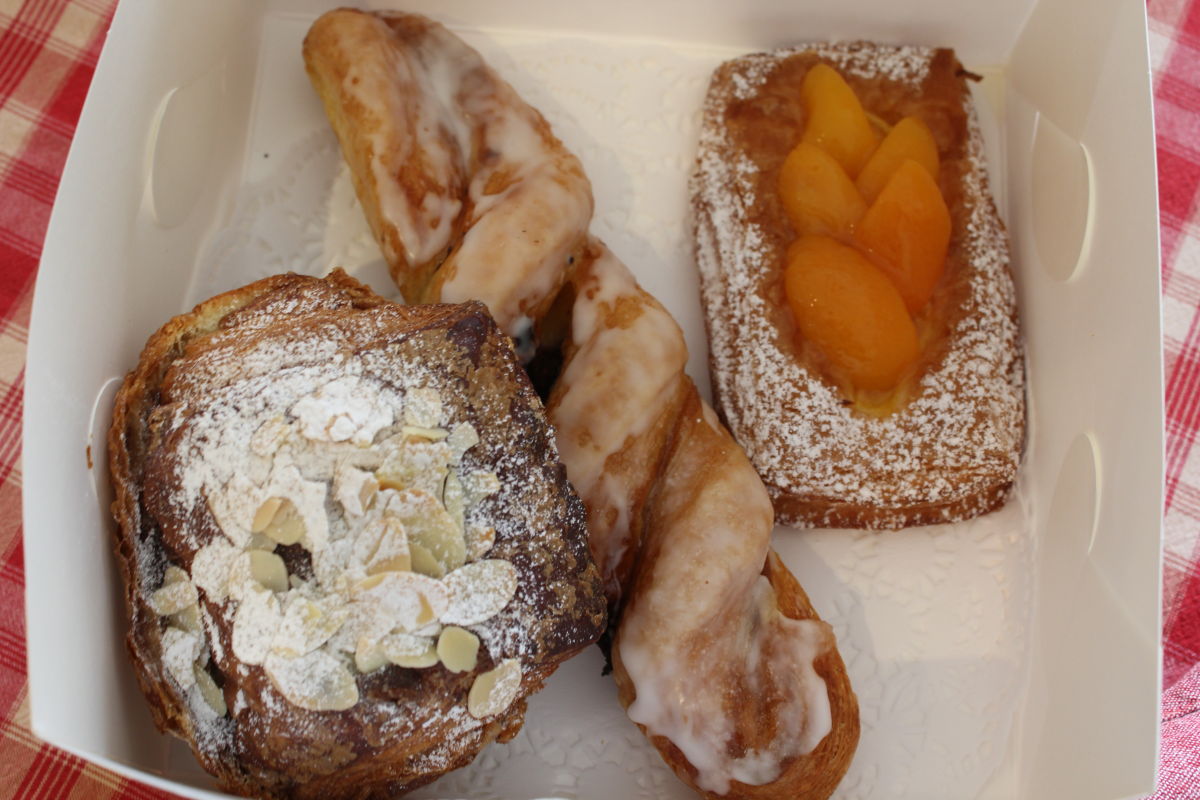

My husband and son went out to get the cheese for the soup and returned with some surprises, too. We had one box of the bakery treats with coffee after the soup and then settled to the weekend papers. I also have the sourdough “mother” out in the weak winter sun, hoping it will bubble and froth enough to start a loaf this evening so I’m going in and out, checking on it, but think I will have to slightly heat the oven and put it on the door for a while.
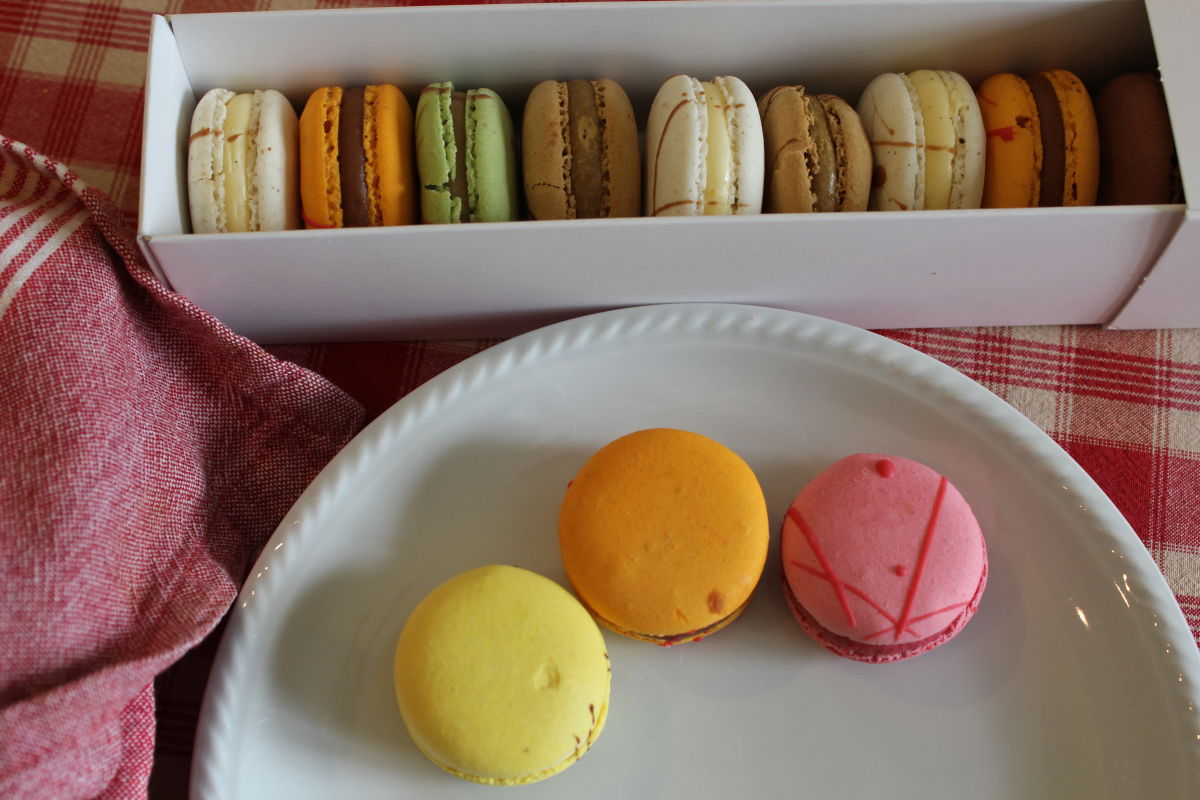

The other box of treats was enjoyed at dinner time. Pretty colours, delicate flavours and very easy to eat! We always get macarons from the same place and they are always very good.
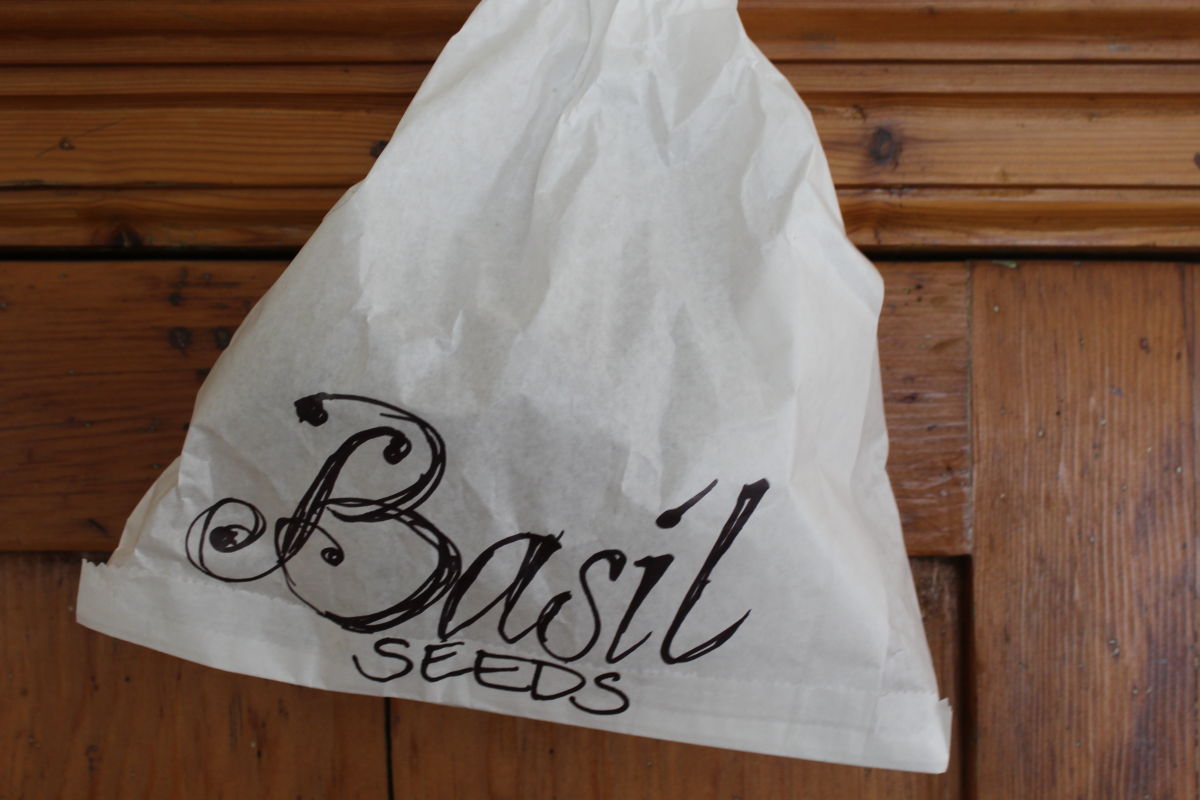

While things were boiling and bubbling away I went out and collected the seeds from the basil plant, put them in a paper bag and hung them to dry until it is time to replant.
Today is International Beer Day, recognizing breweries, brewers, bartenders and, of course, beer itself.
Beer has been enjoyed since about 6000BC. Ancient civilizations considered beer a food staple. Often, it was more pure and safer to drink than many water supplies.
So celebrate International Beer Day today with your chosen brew!

